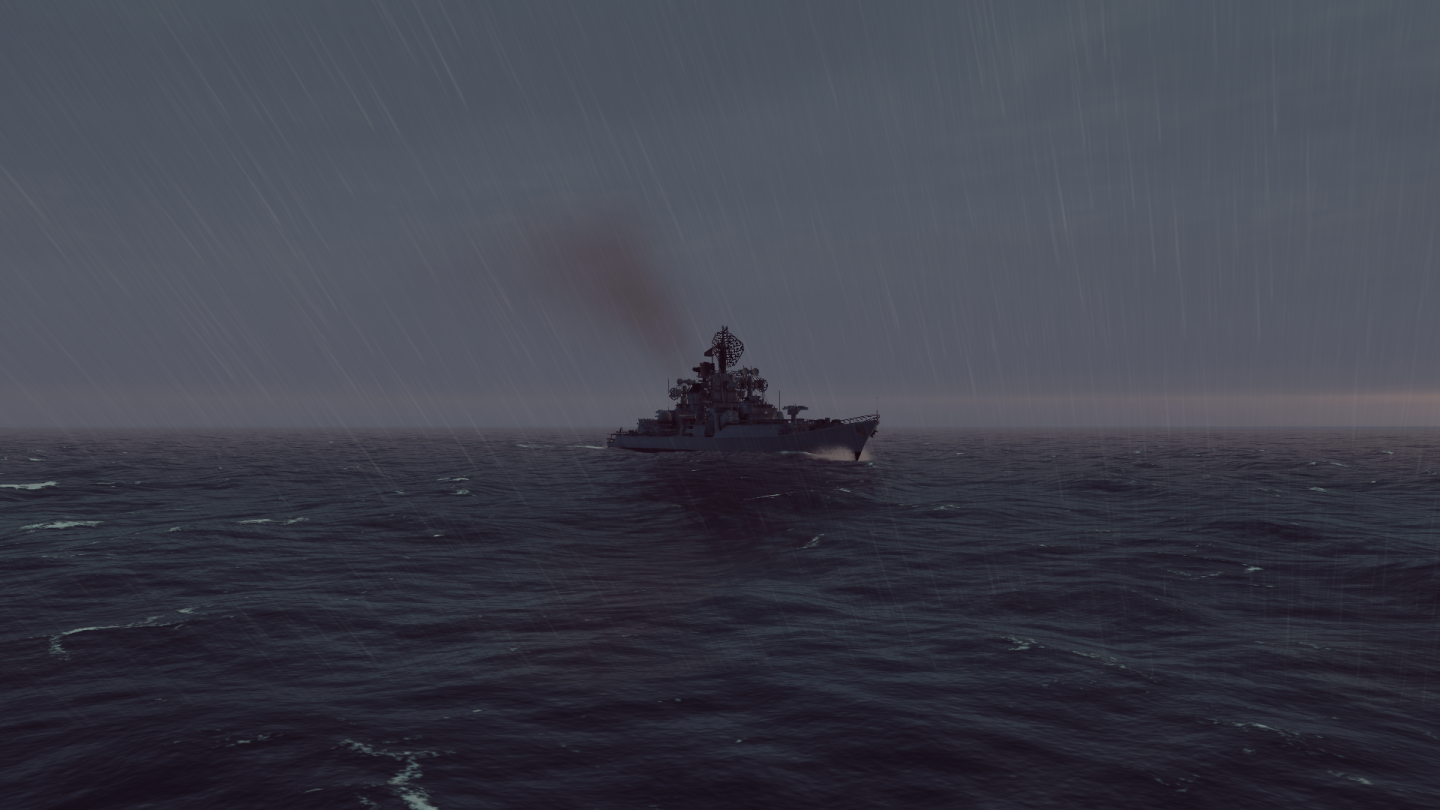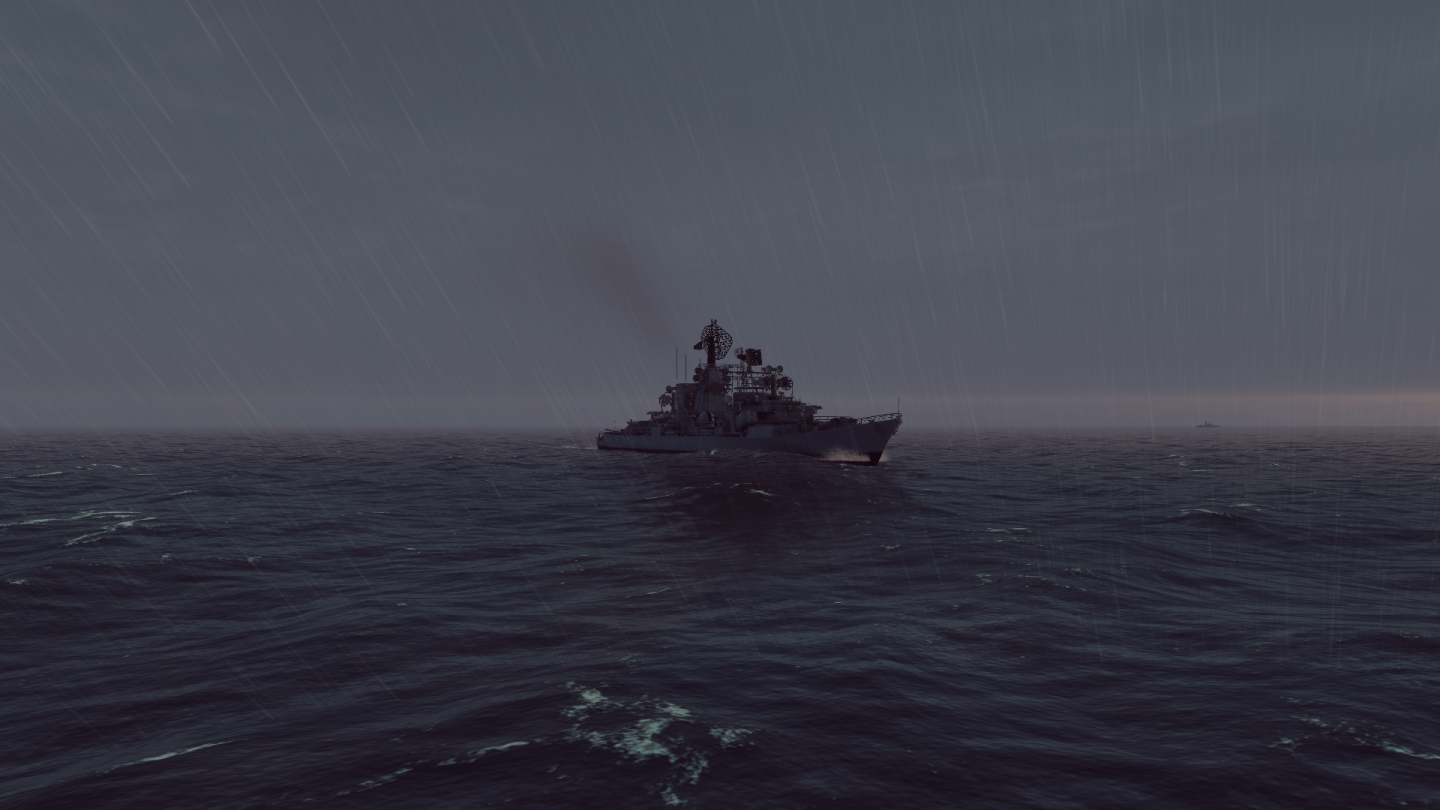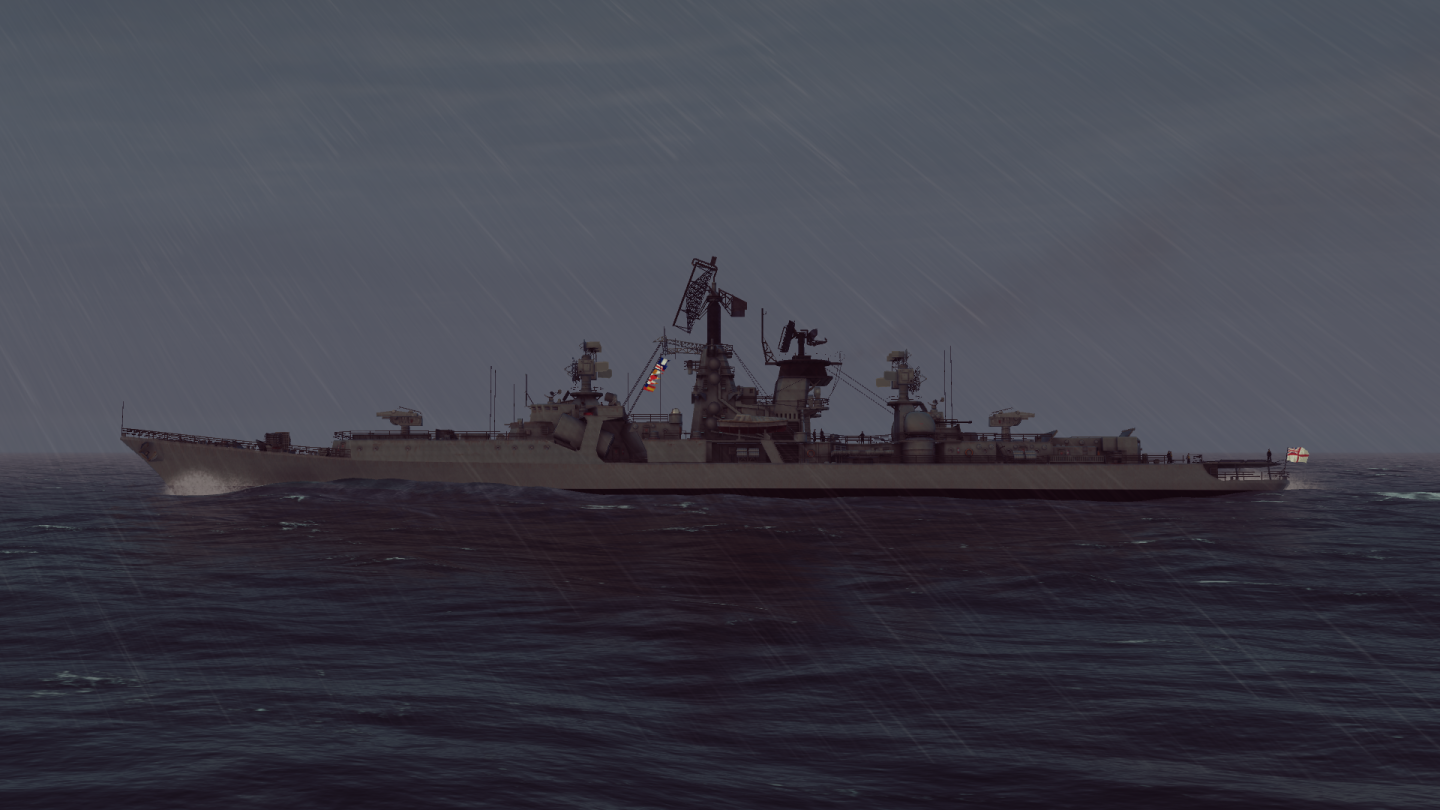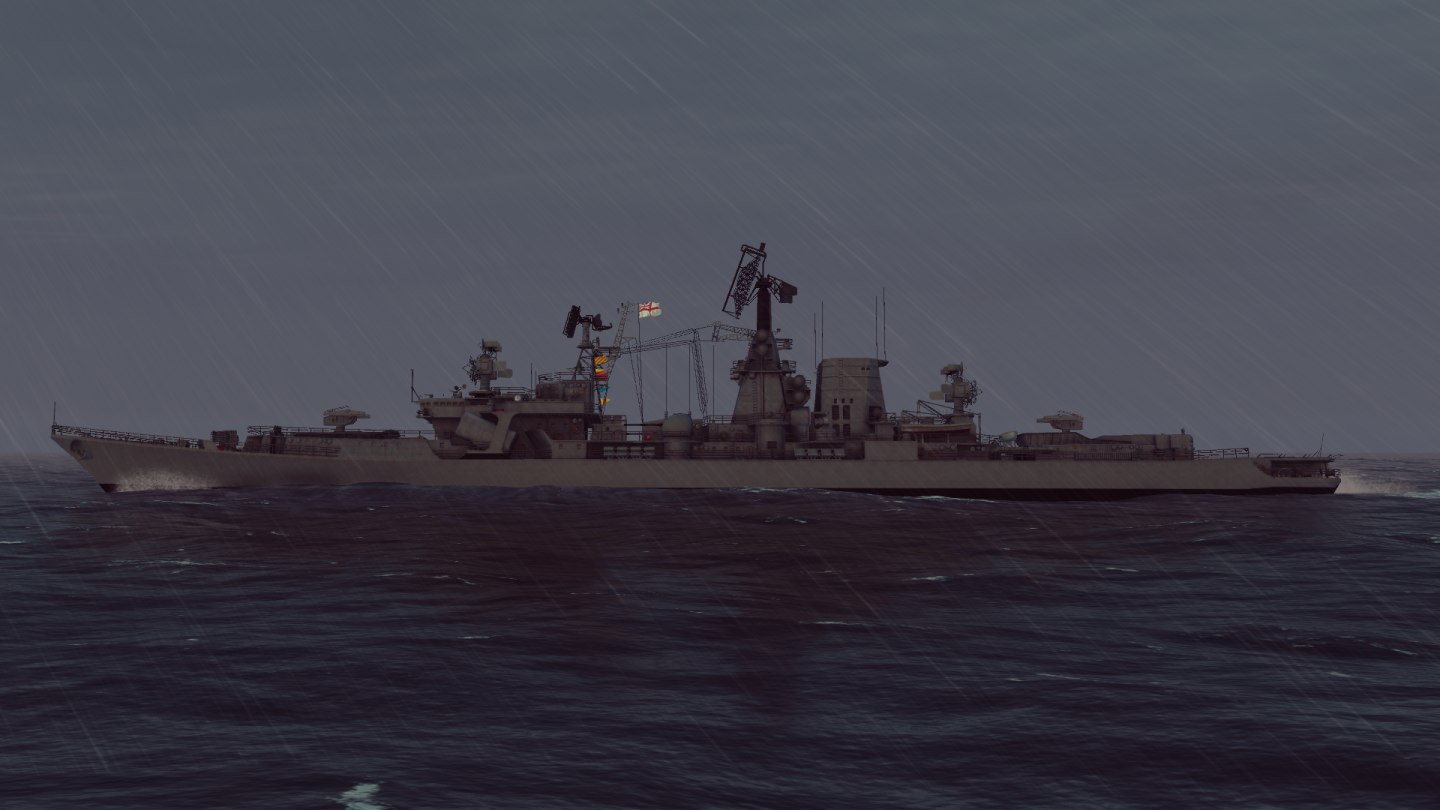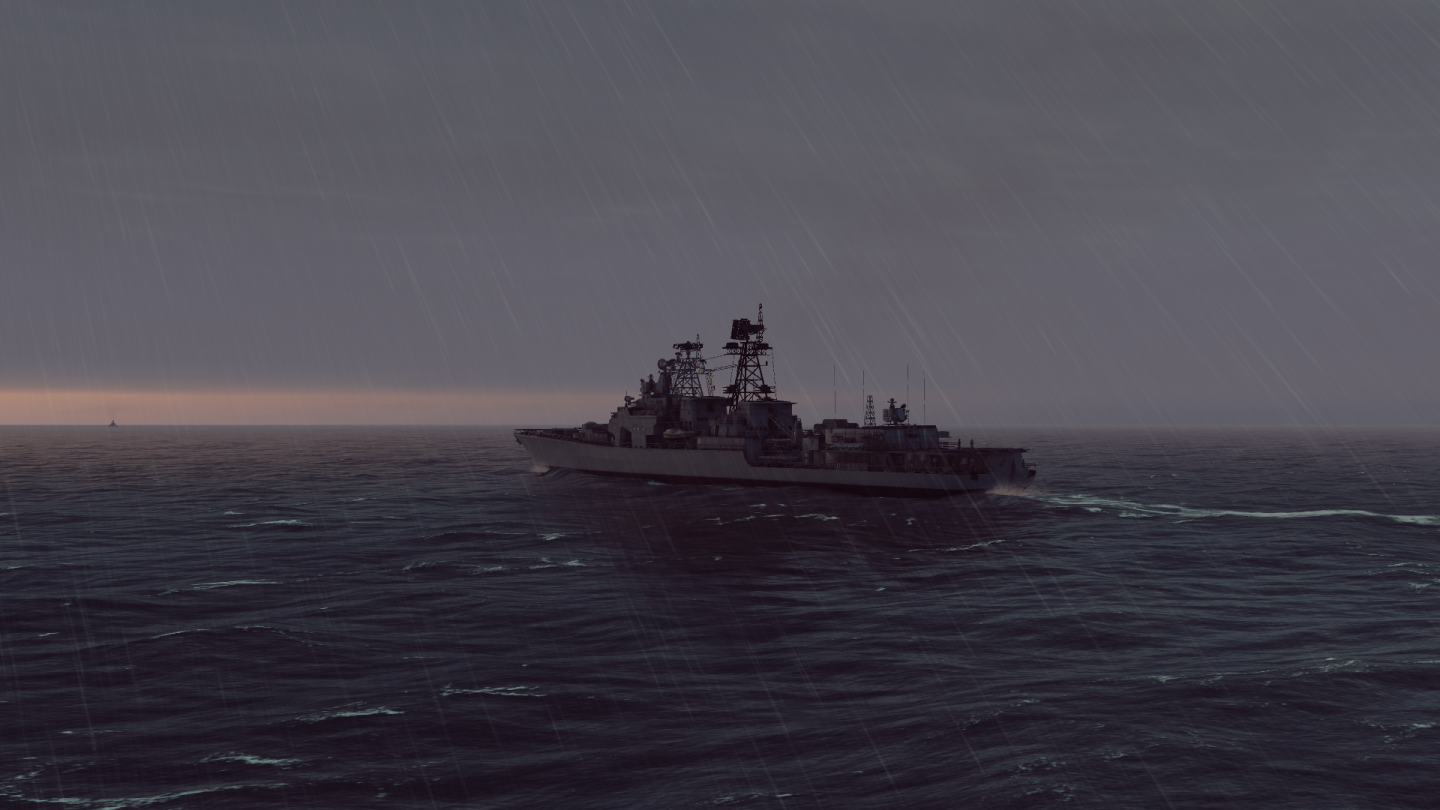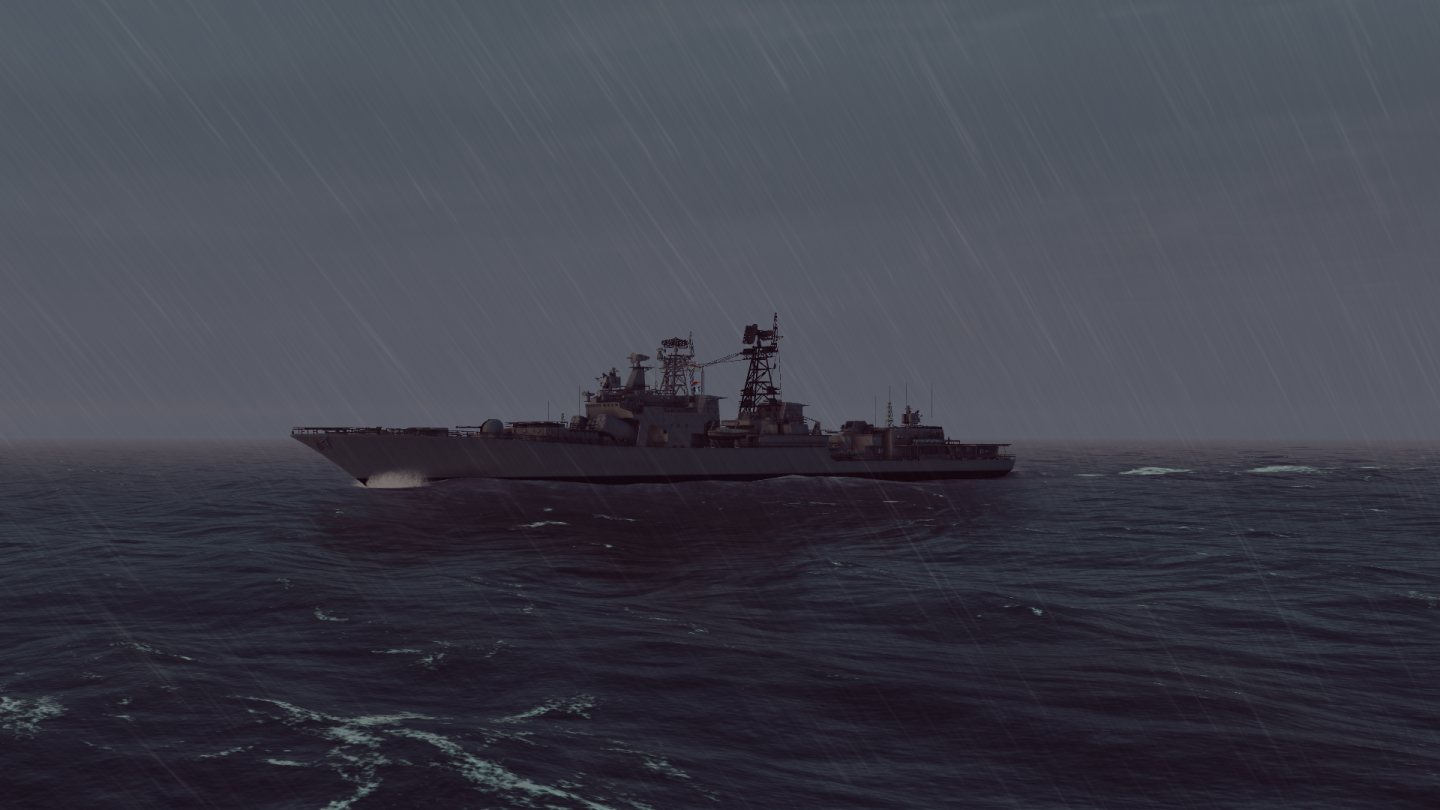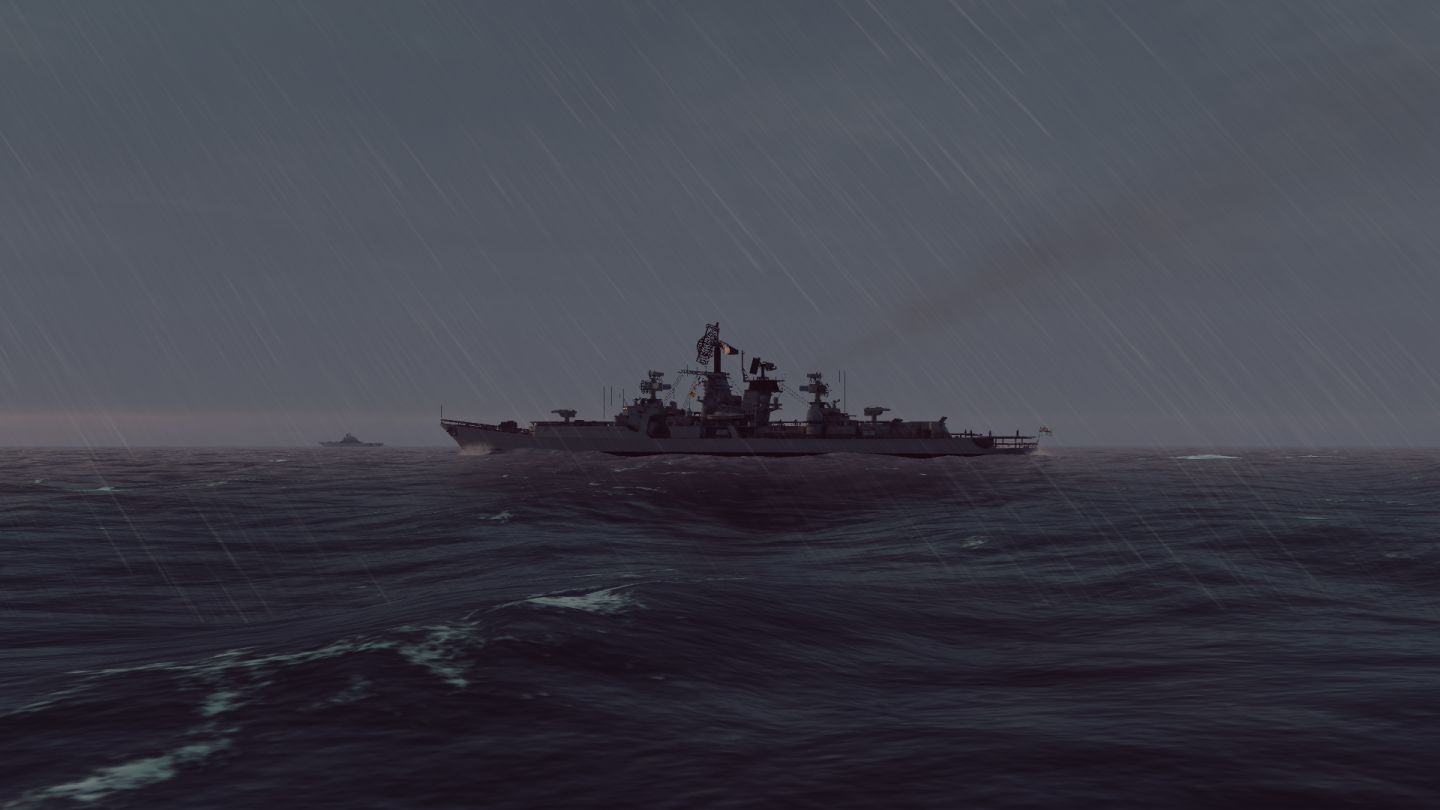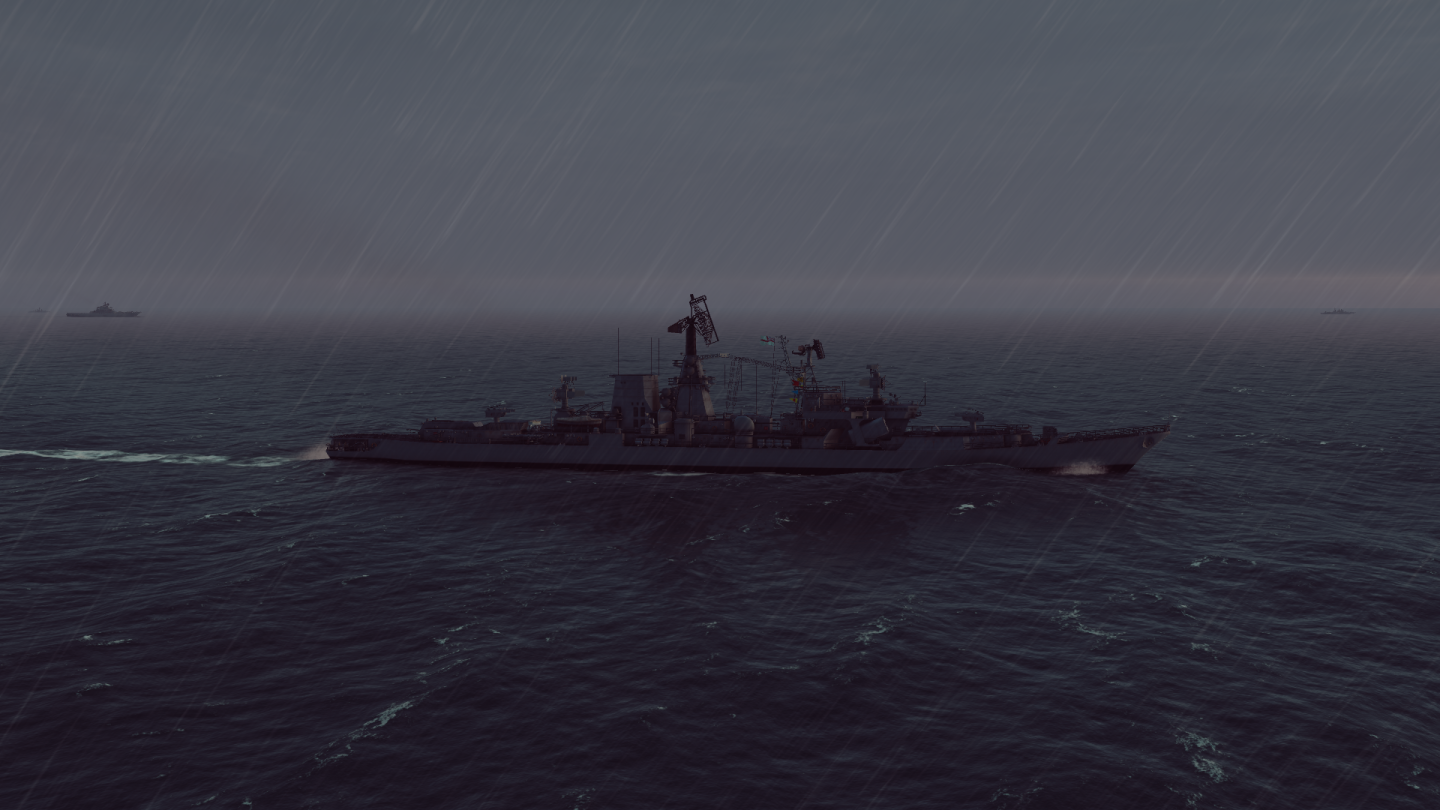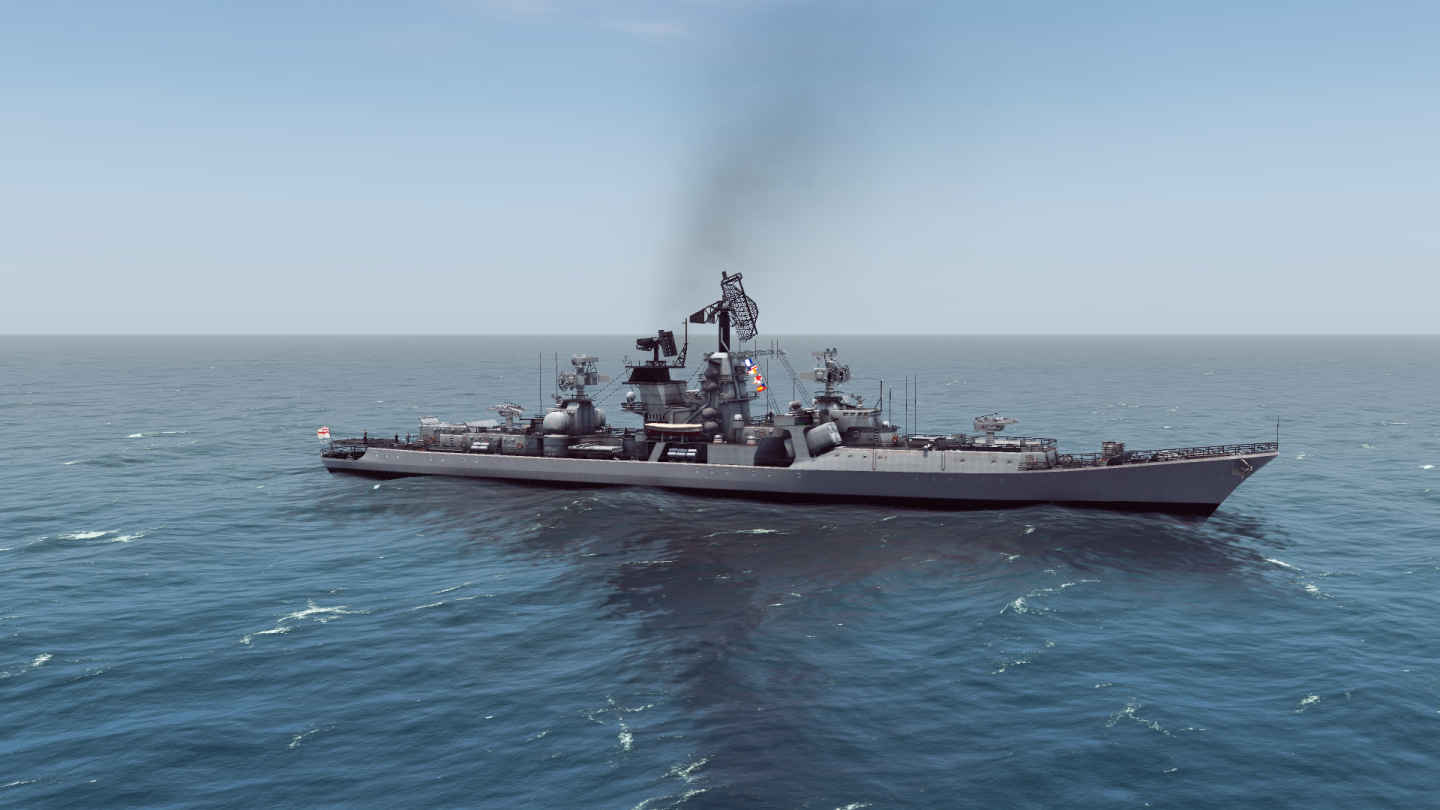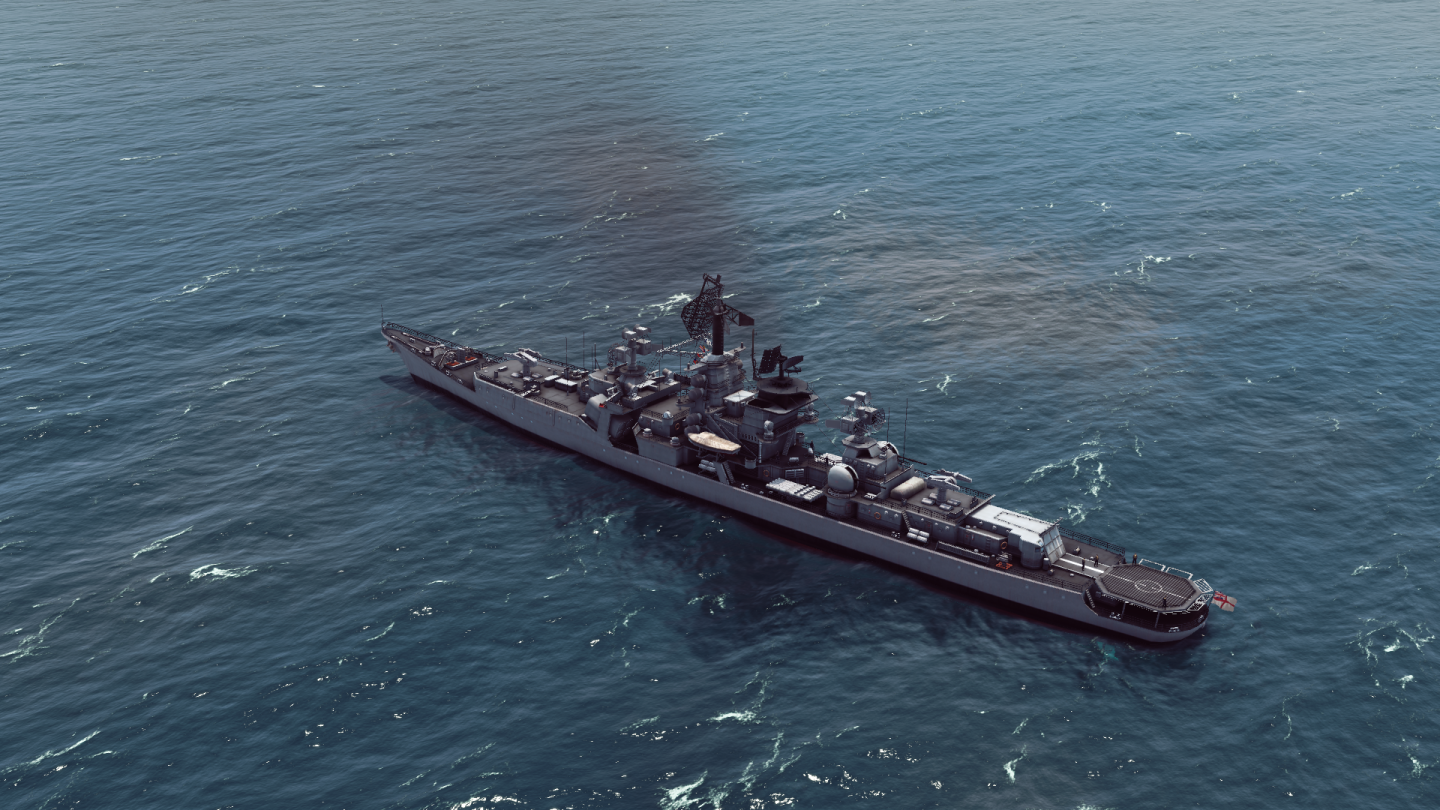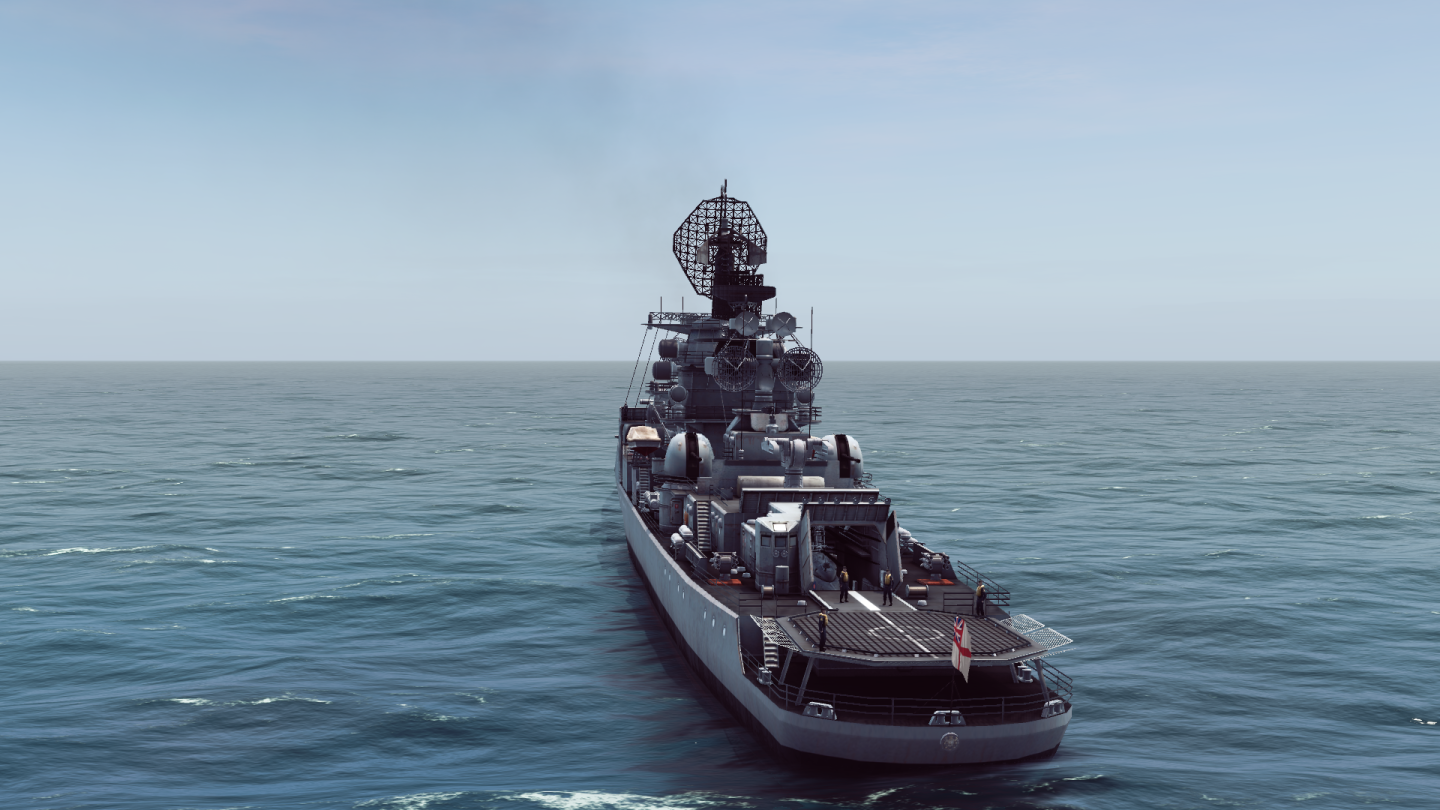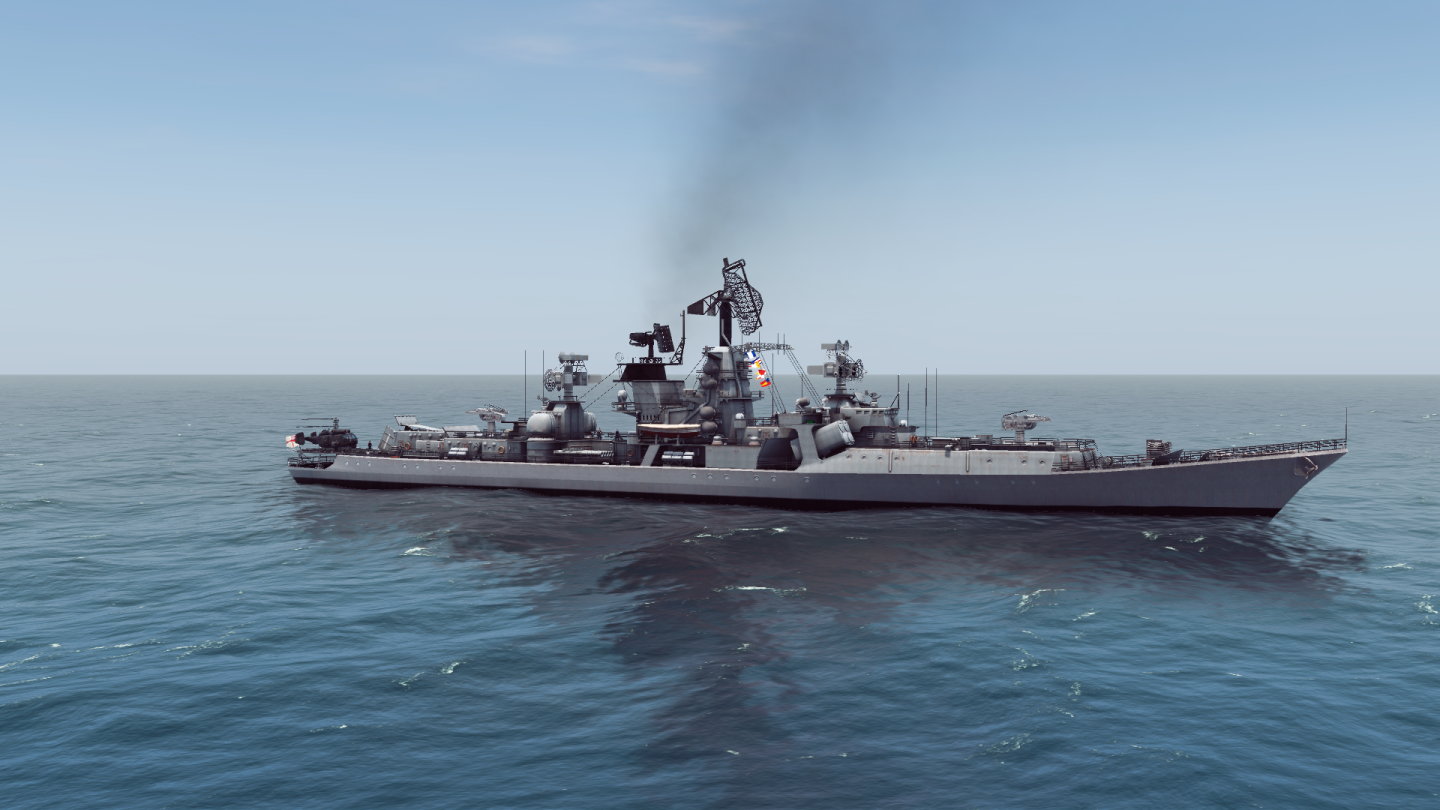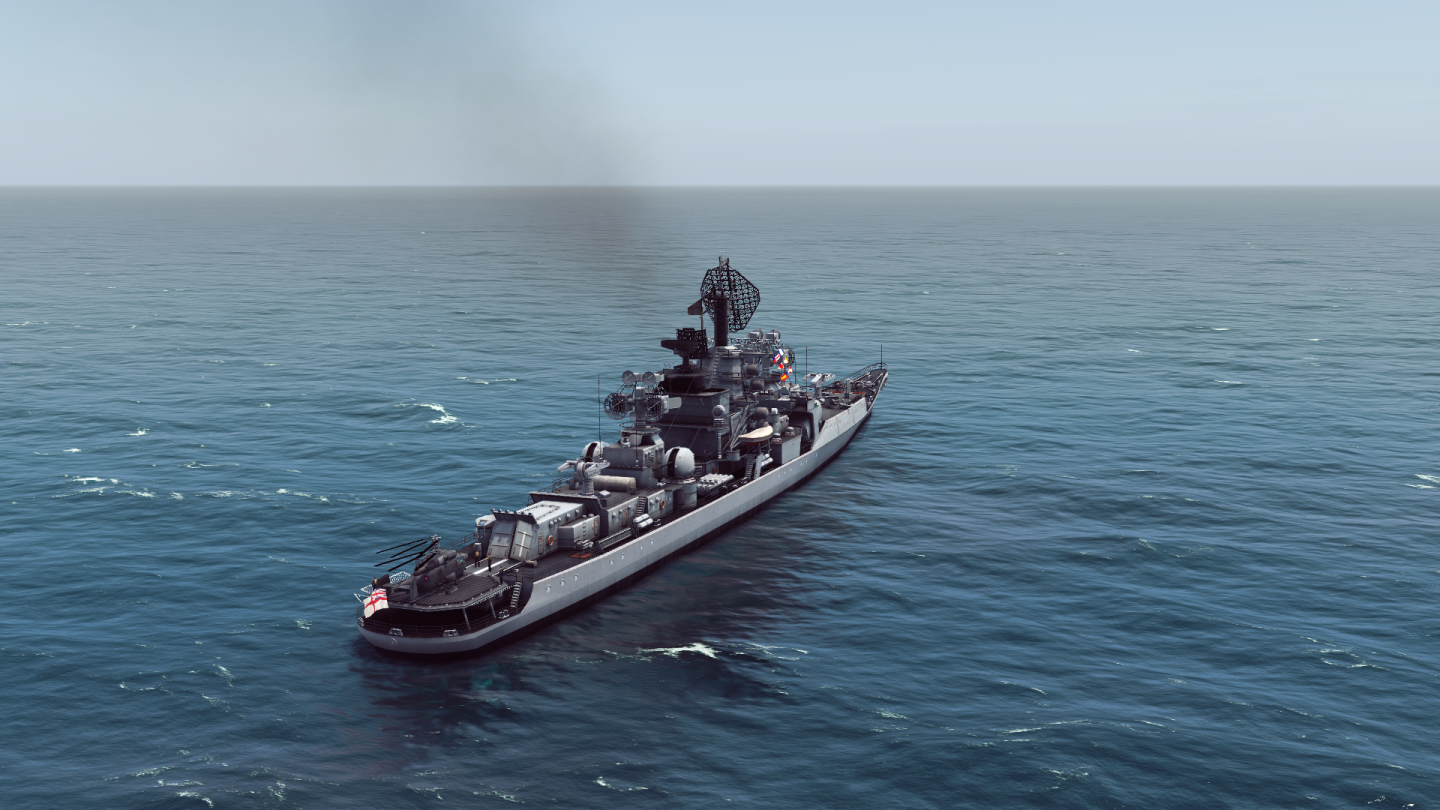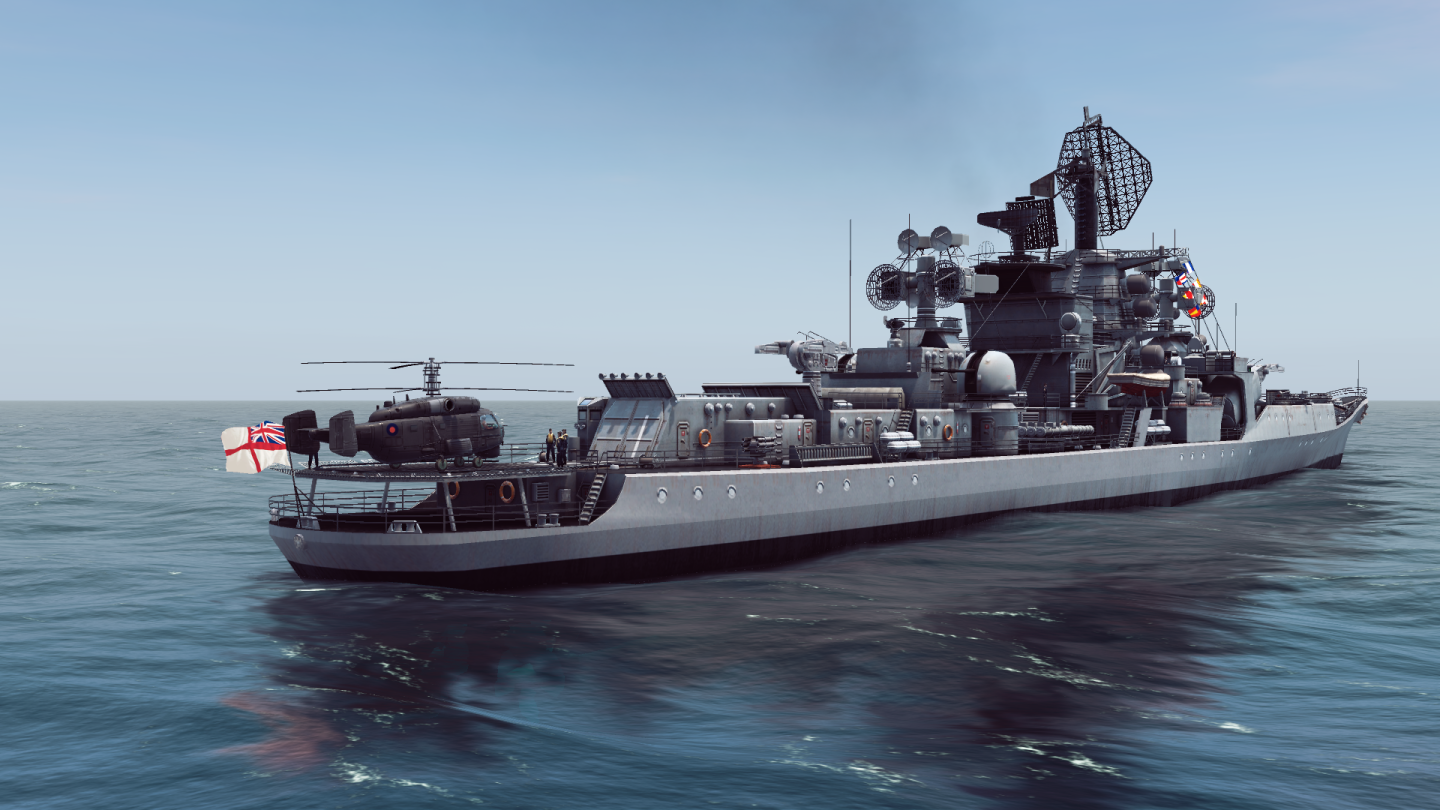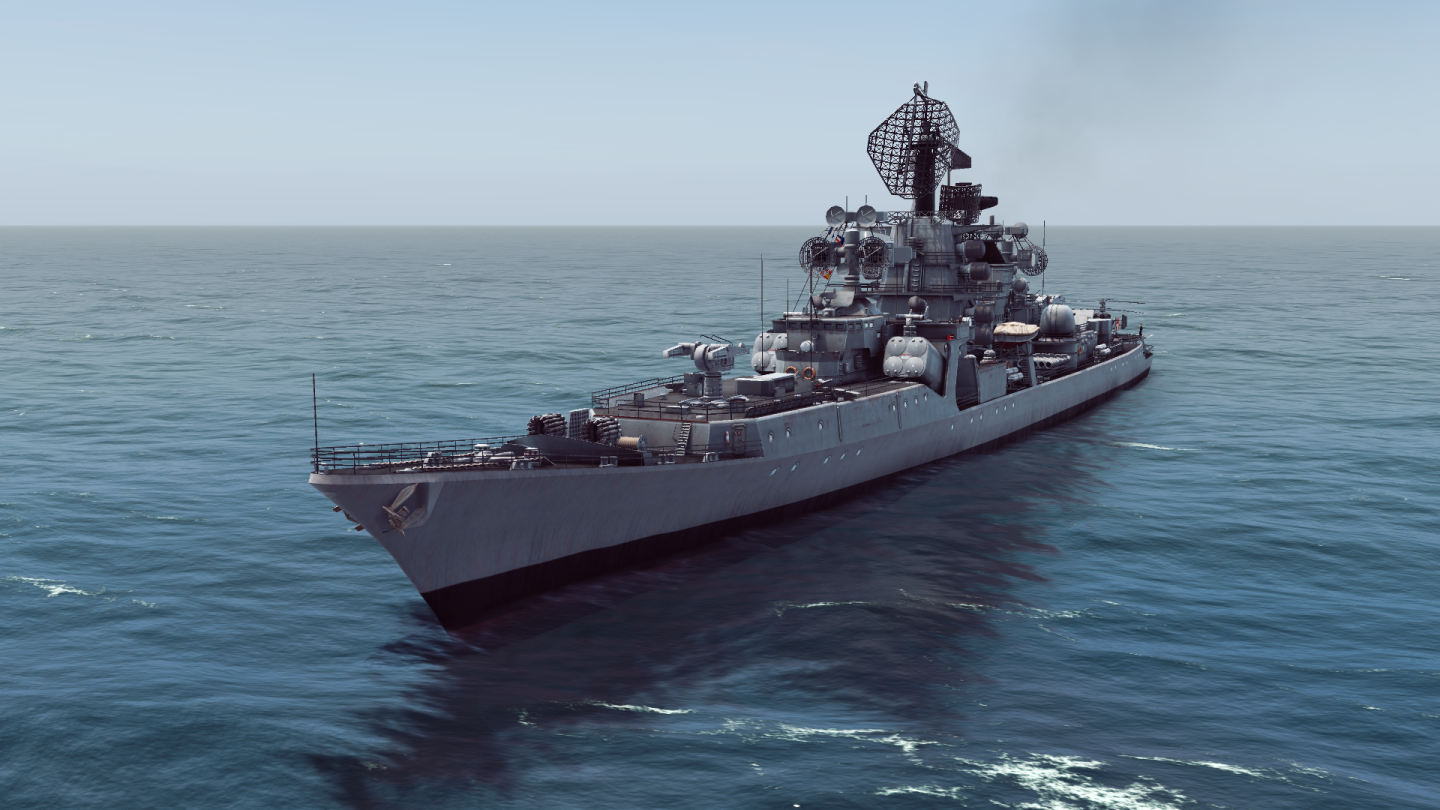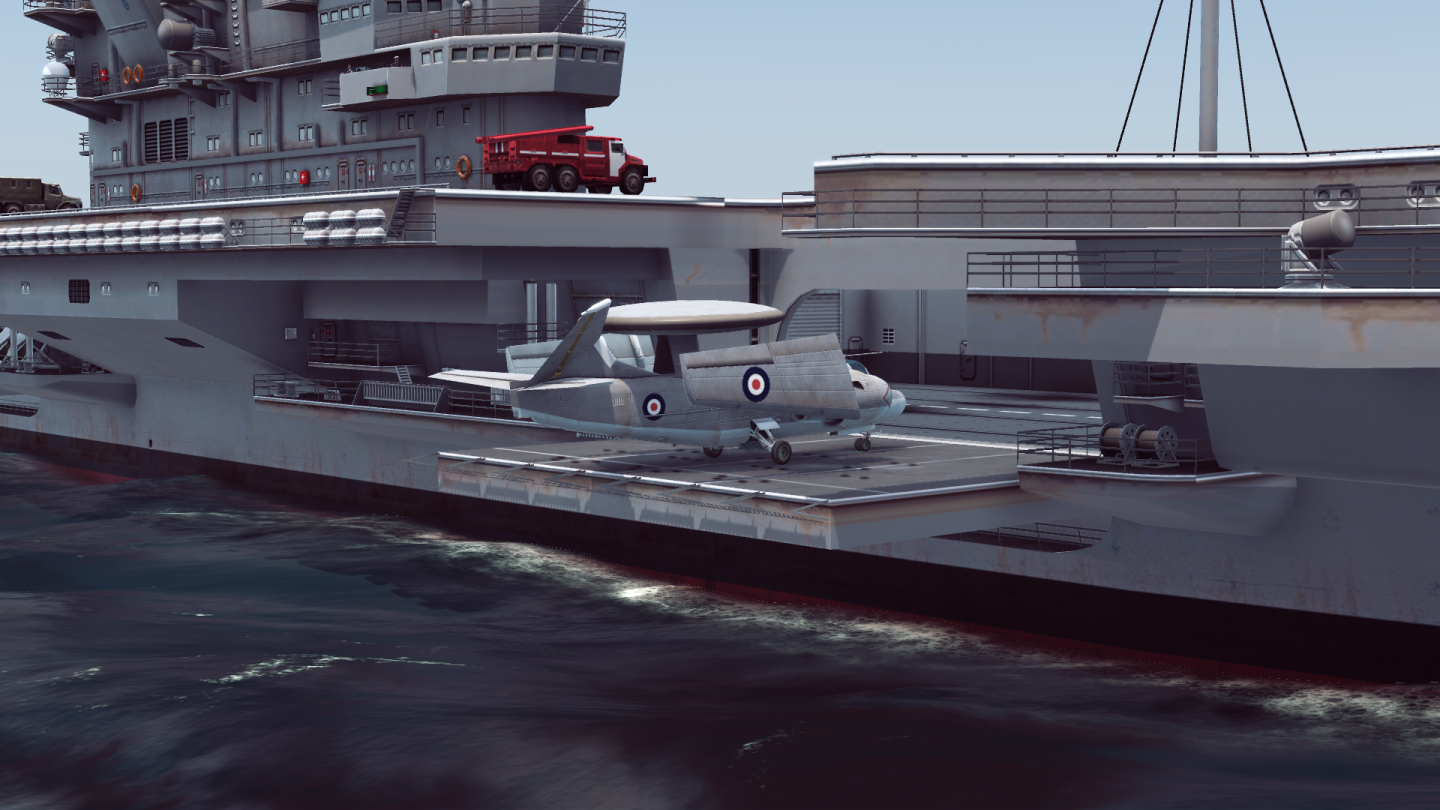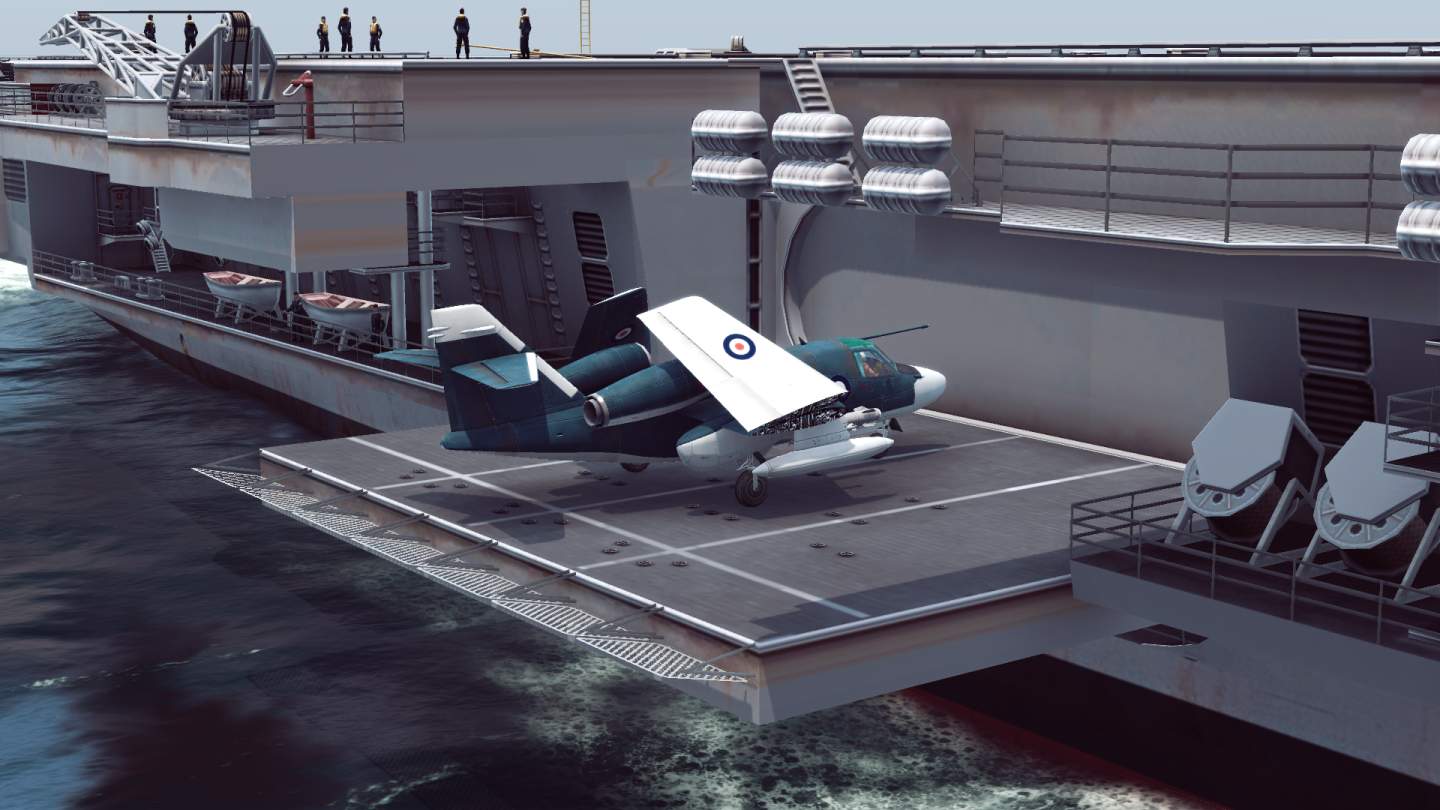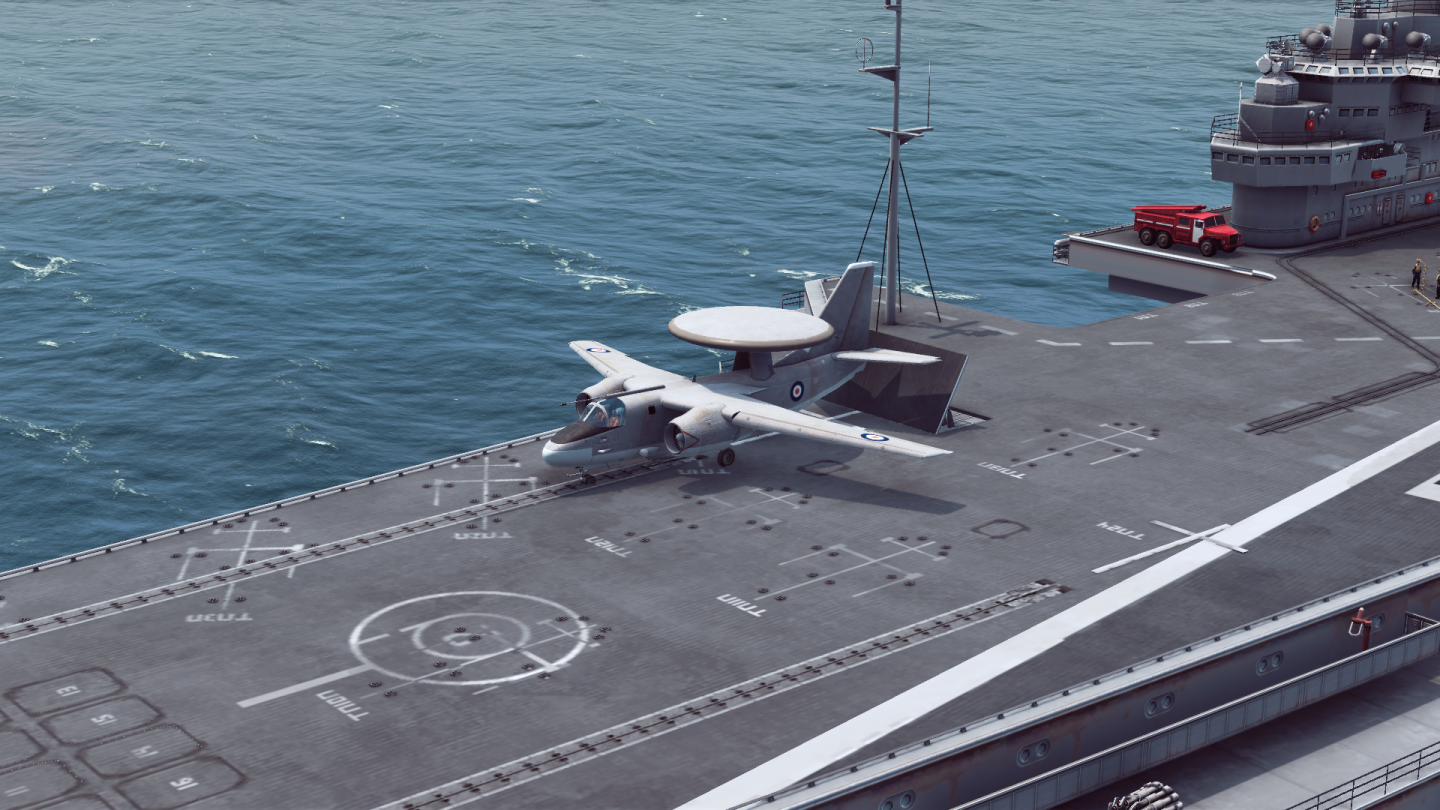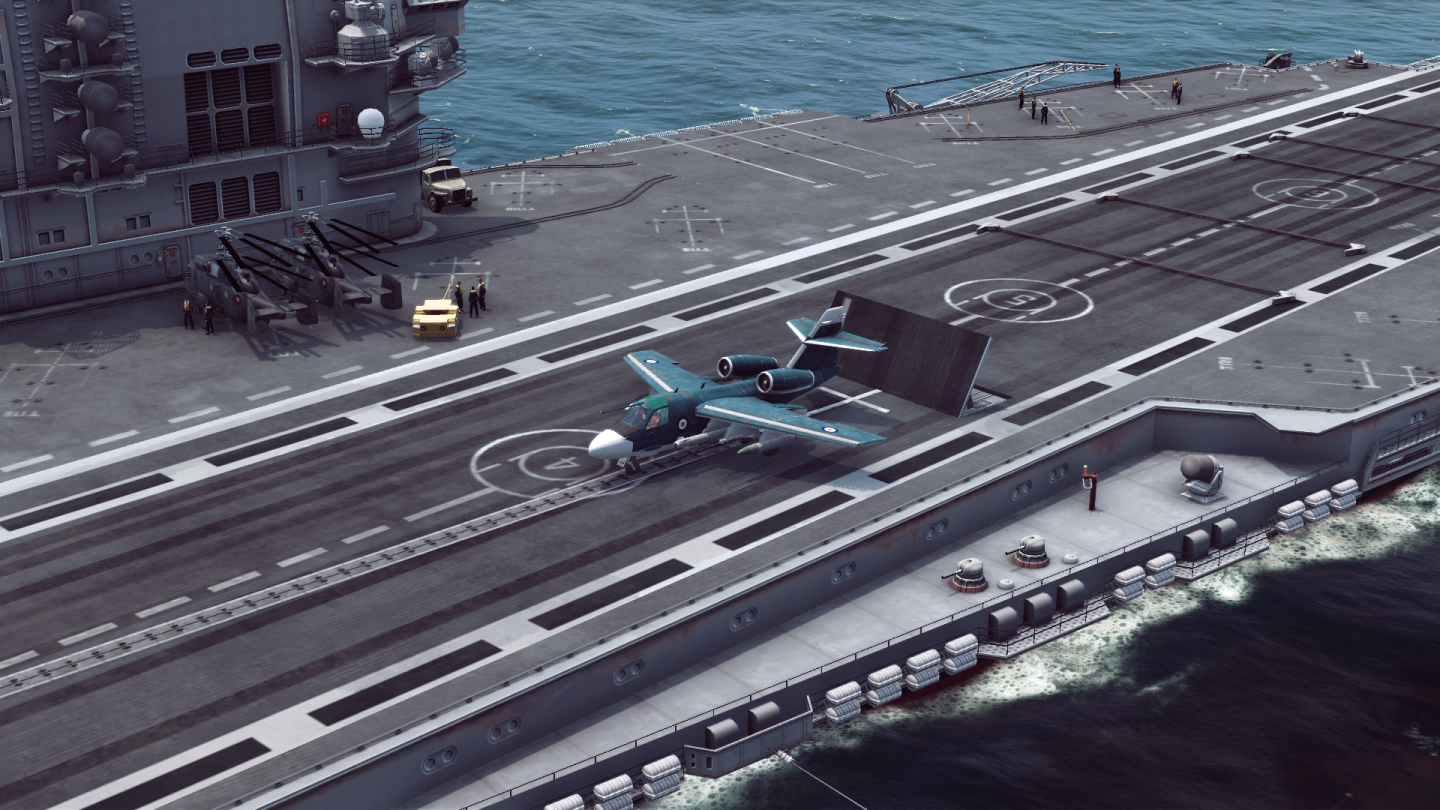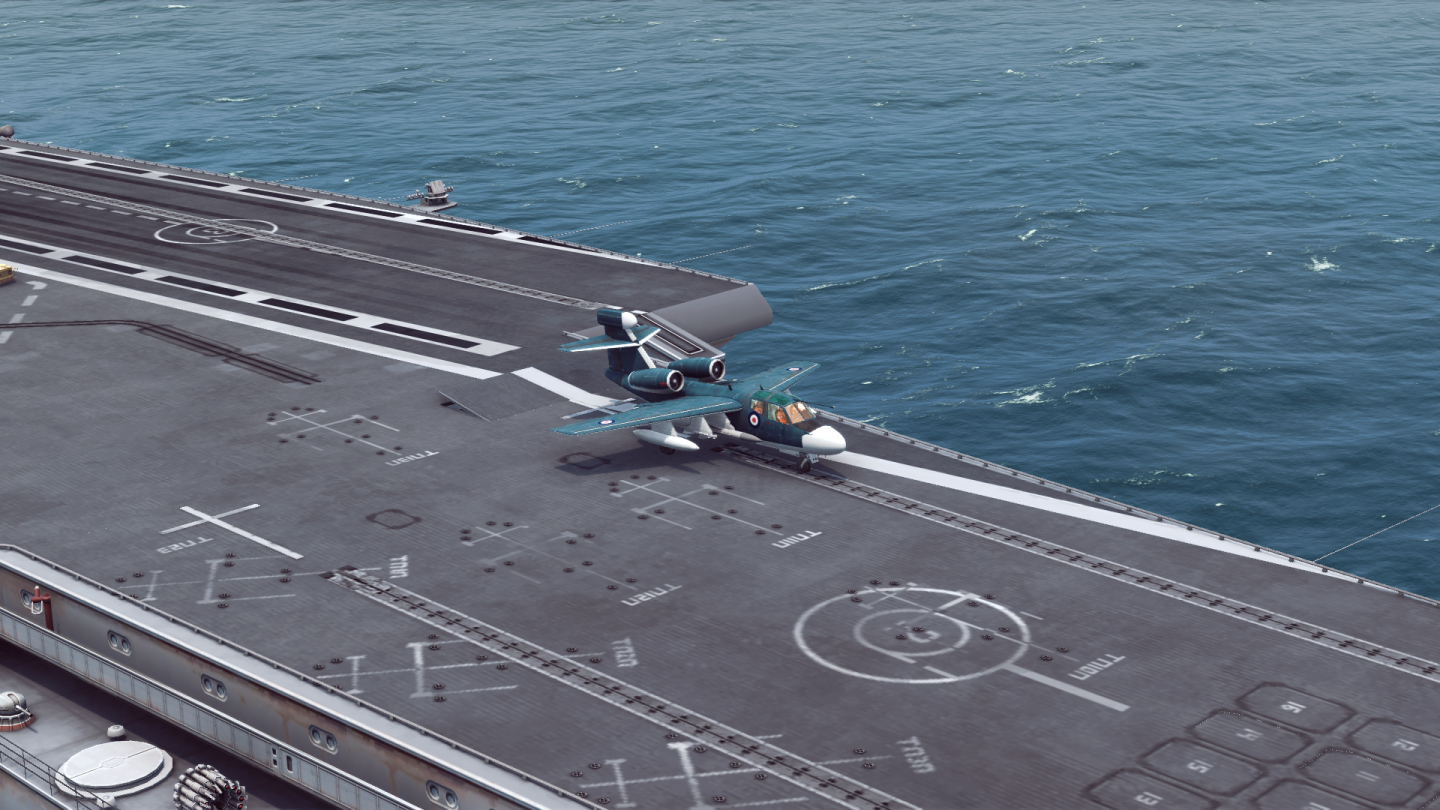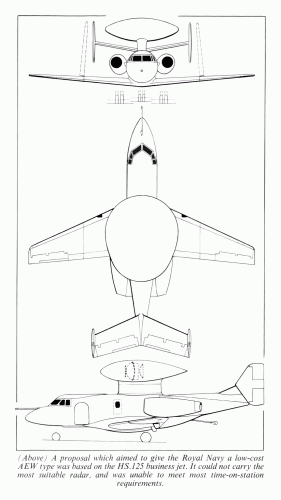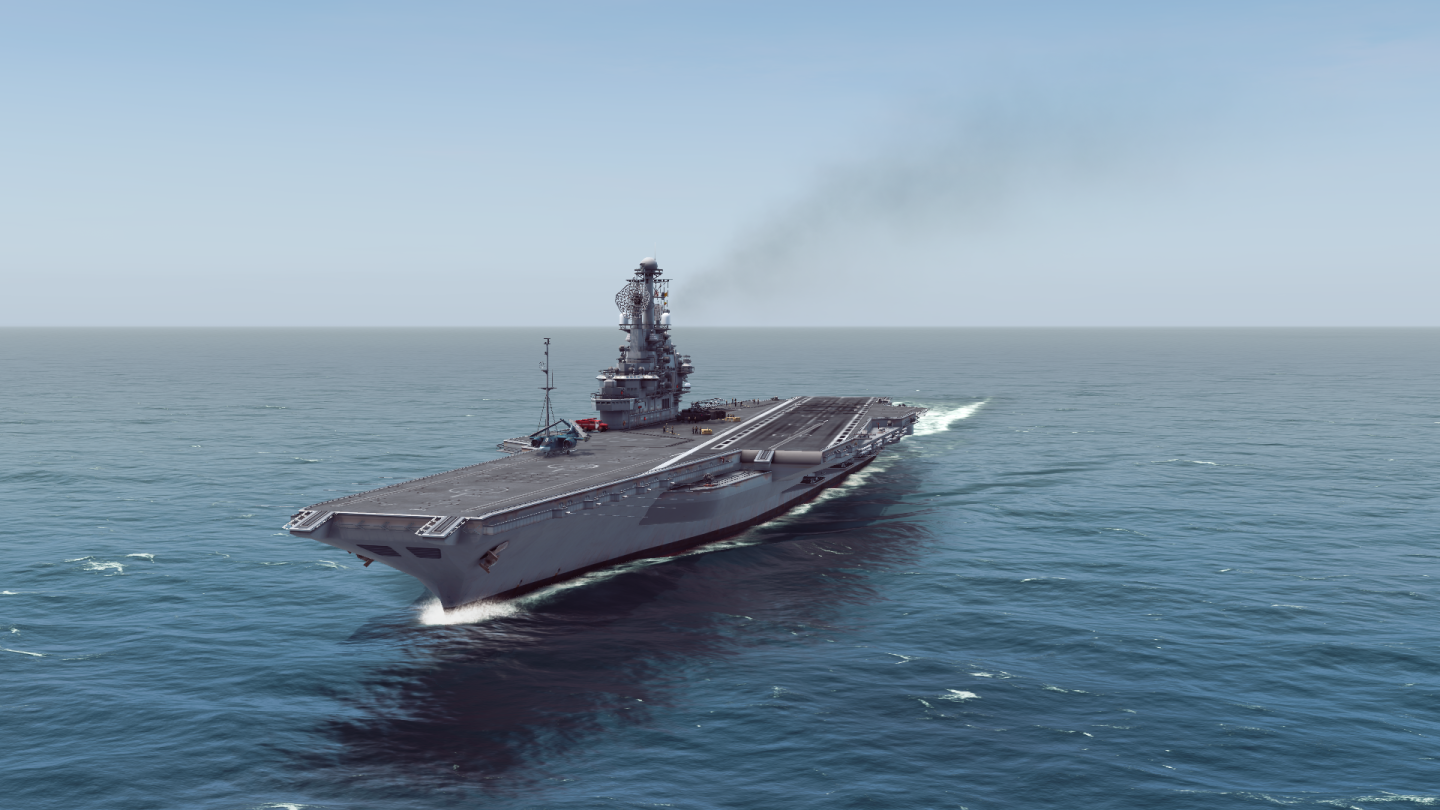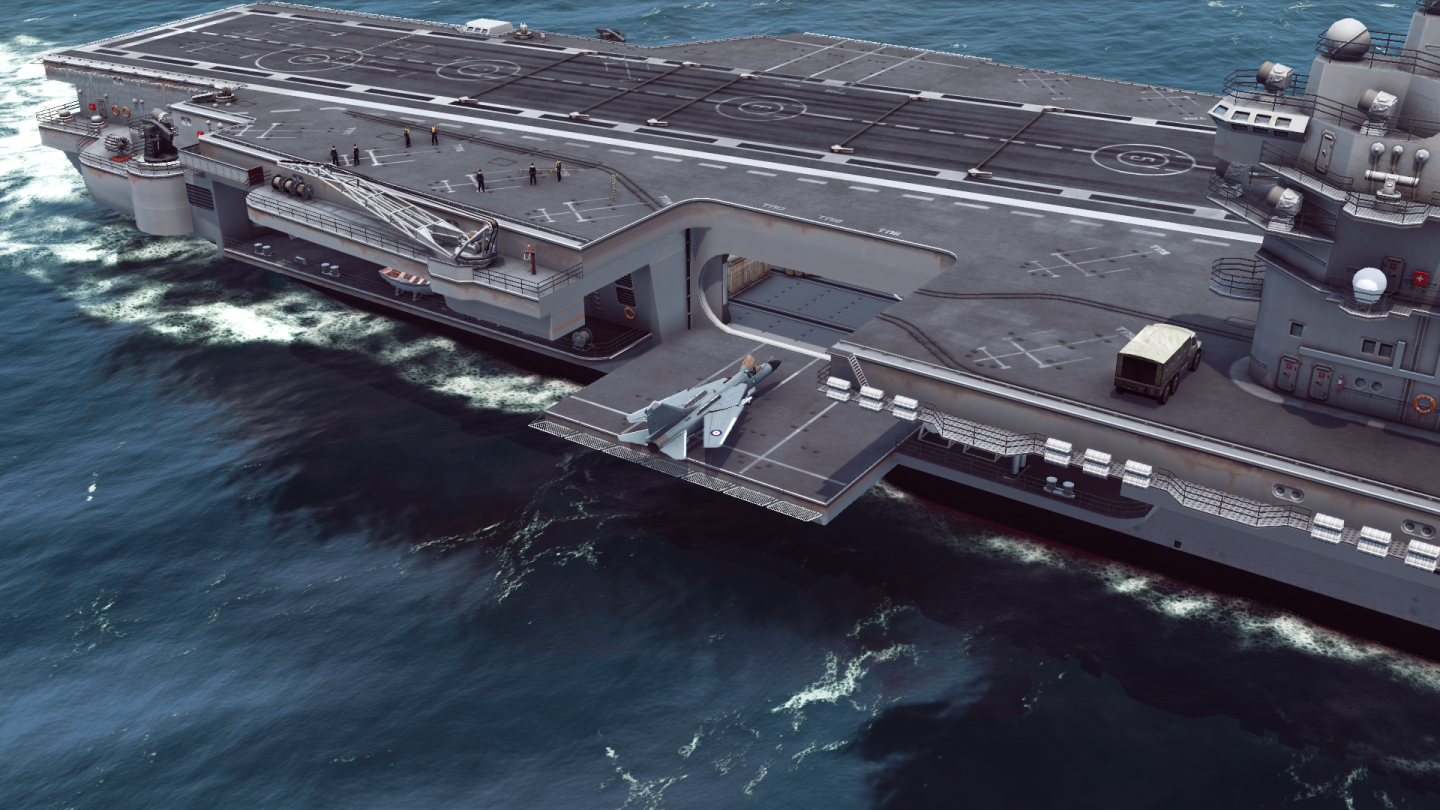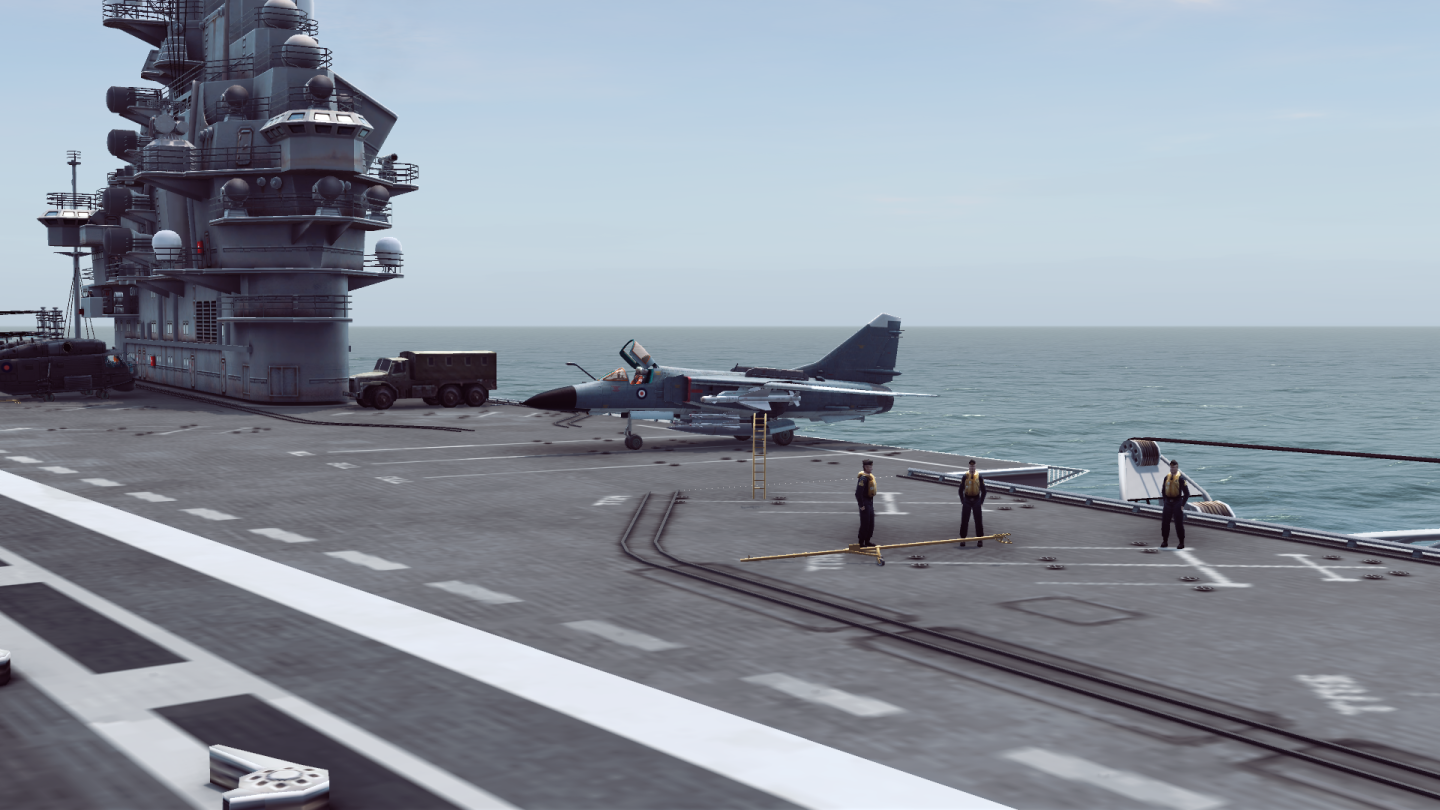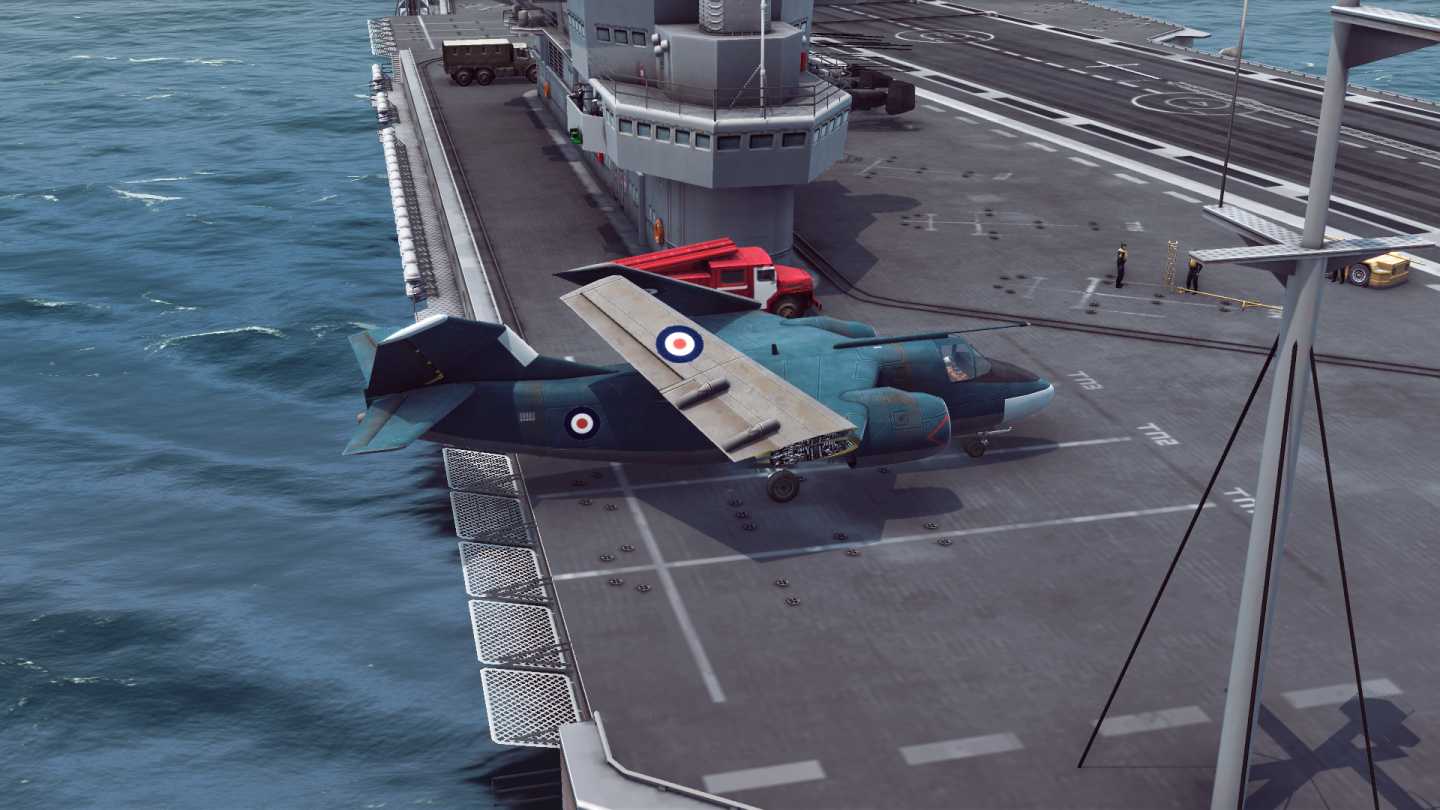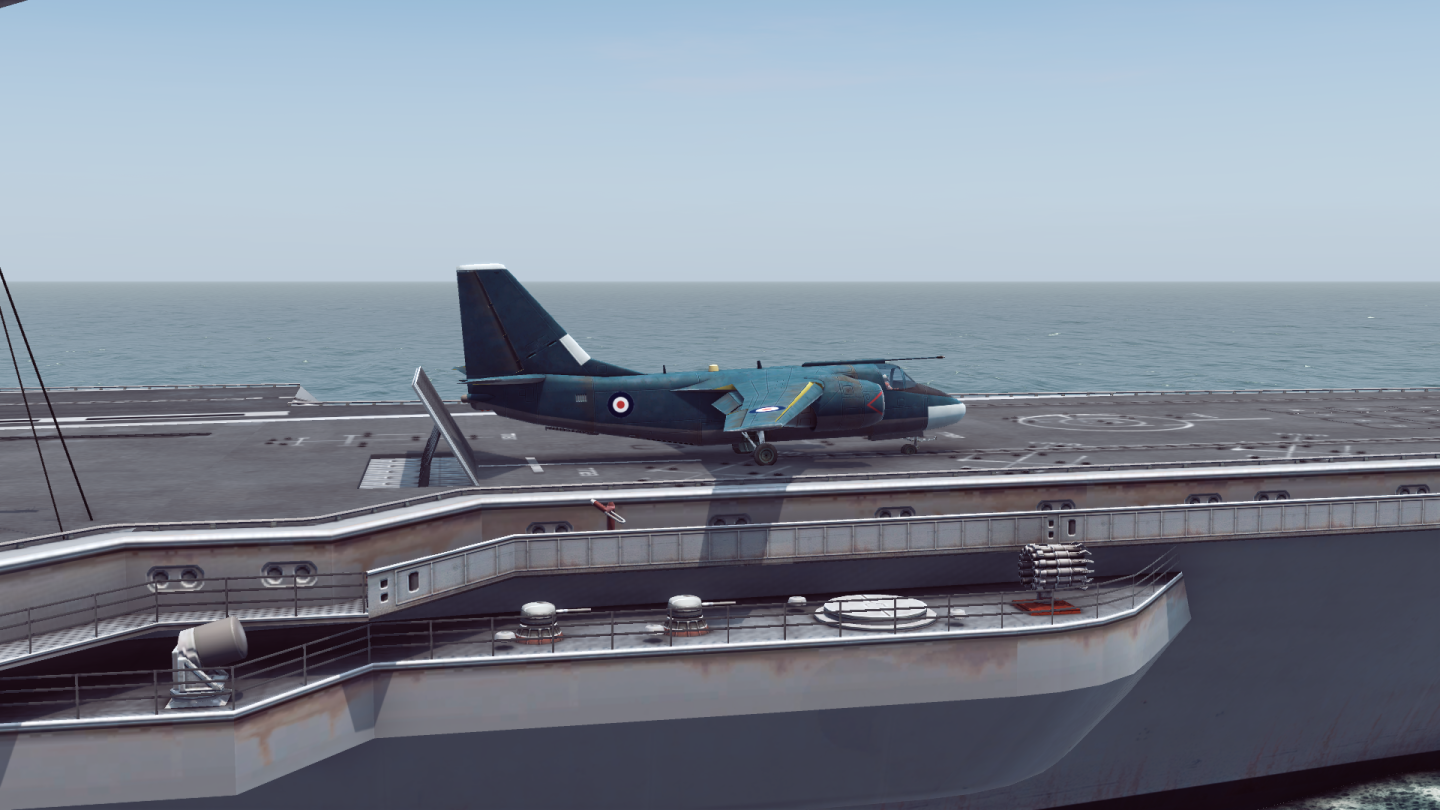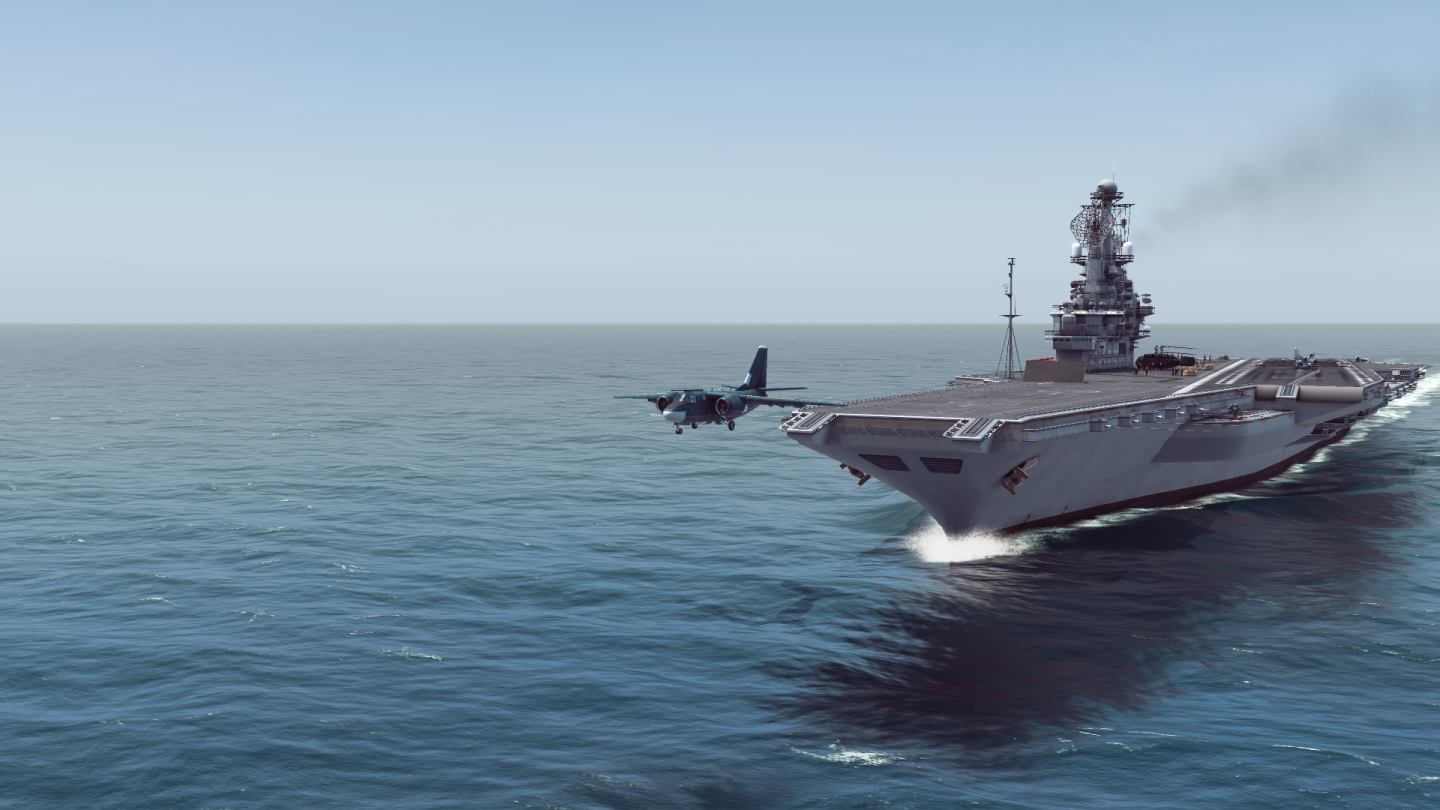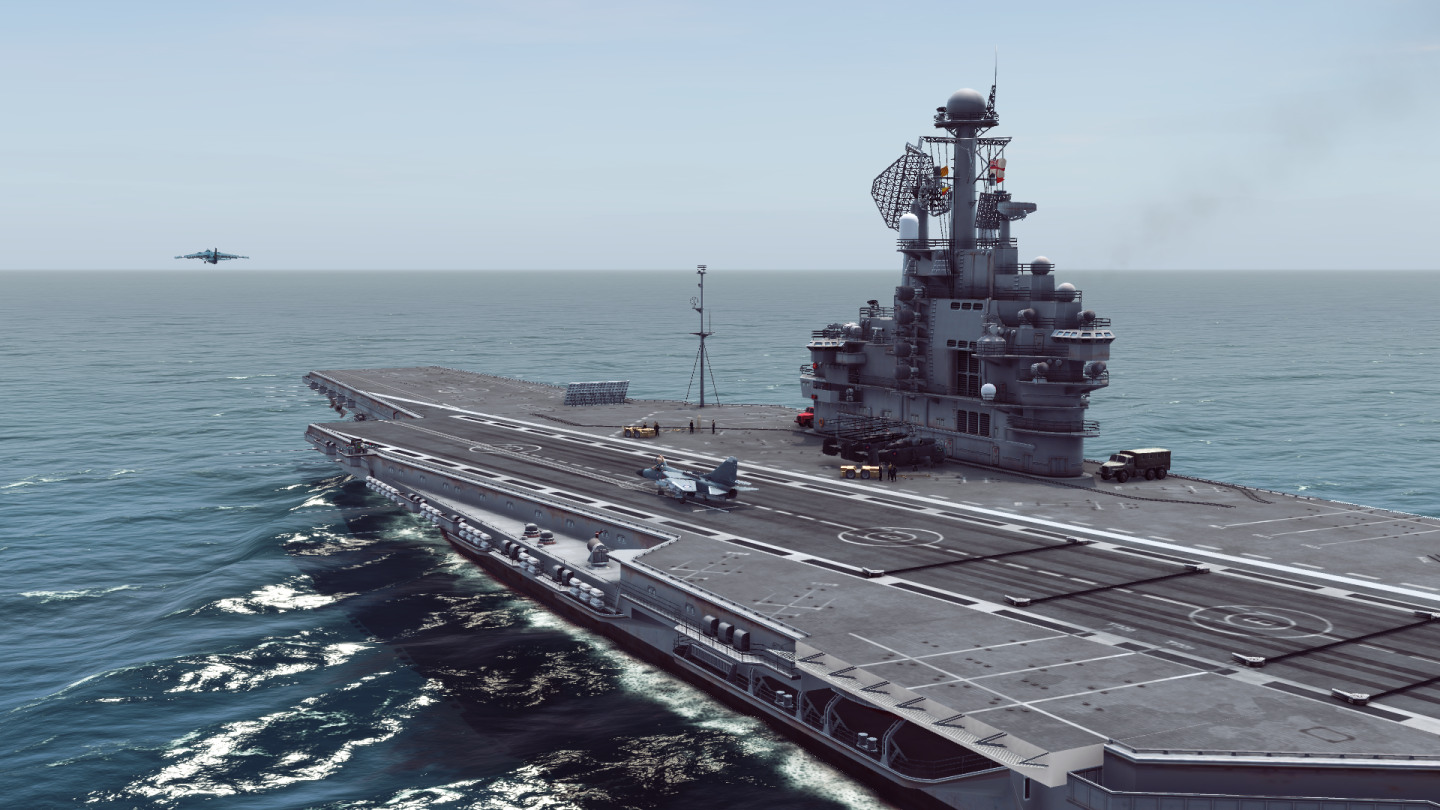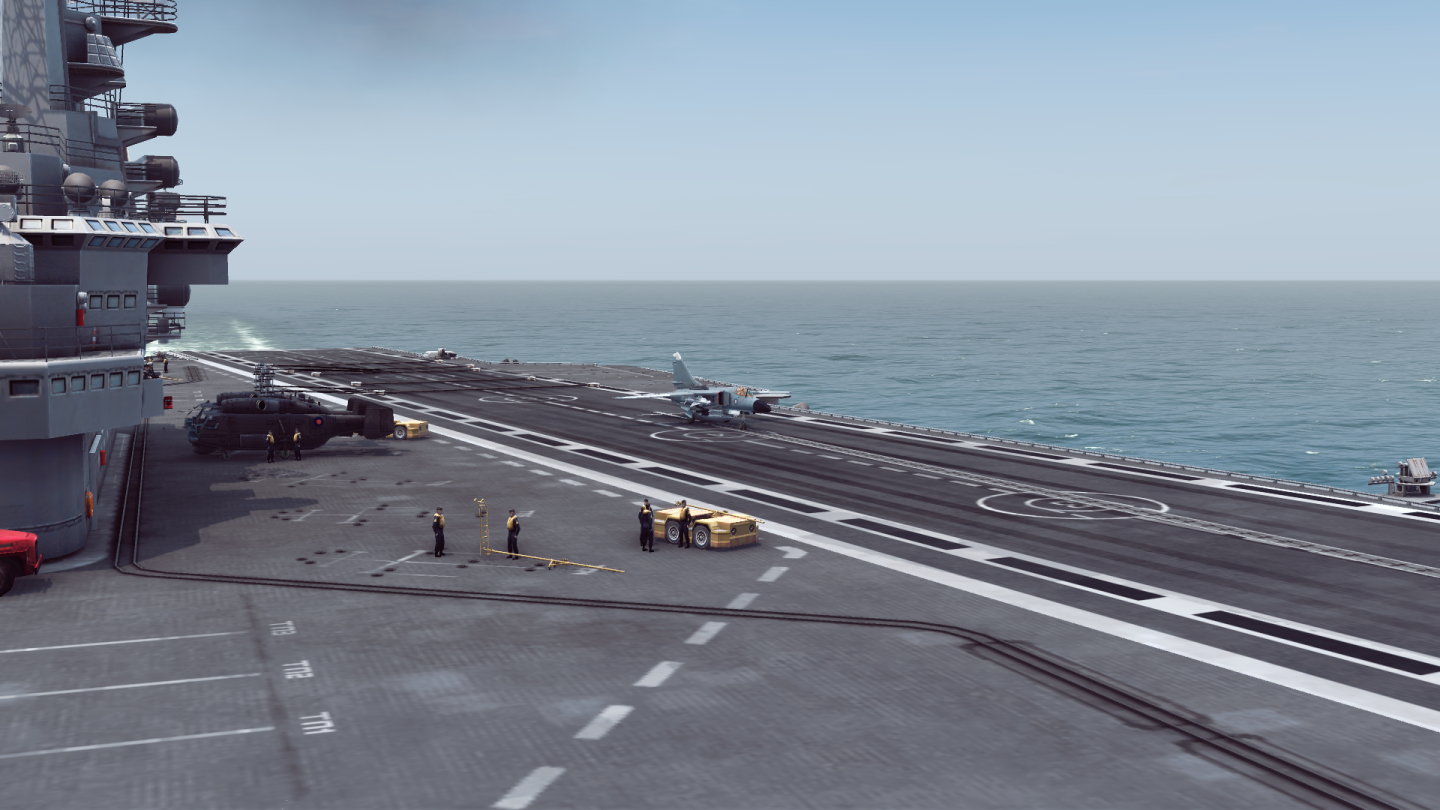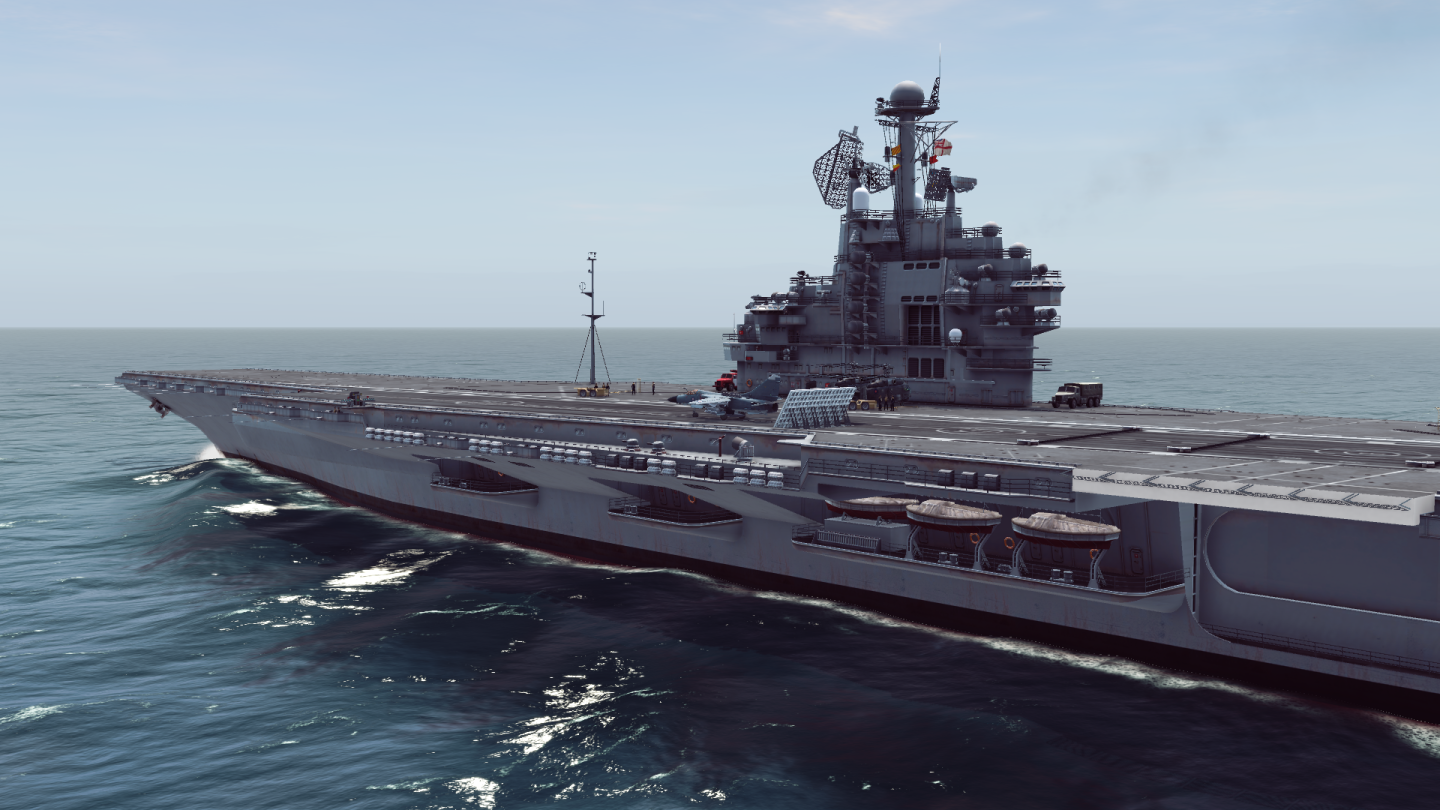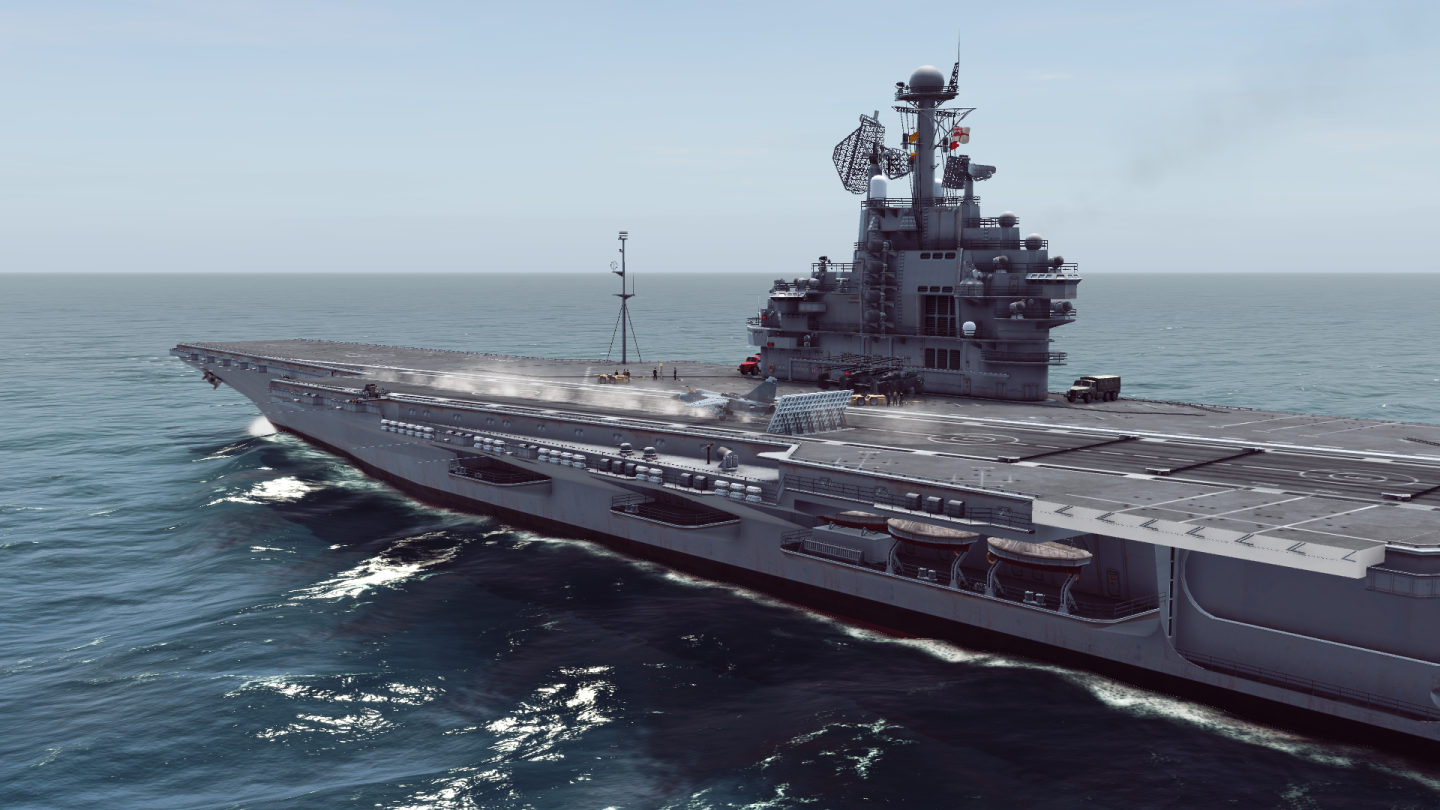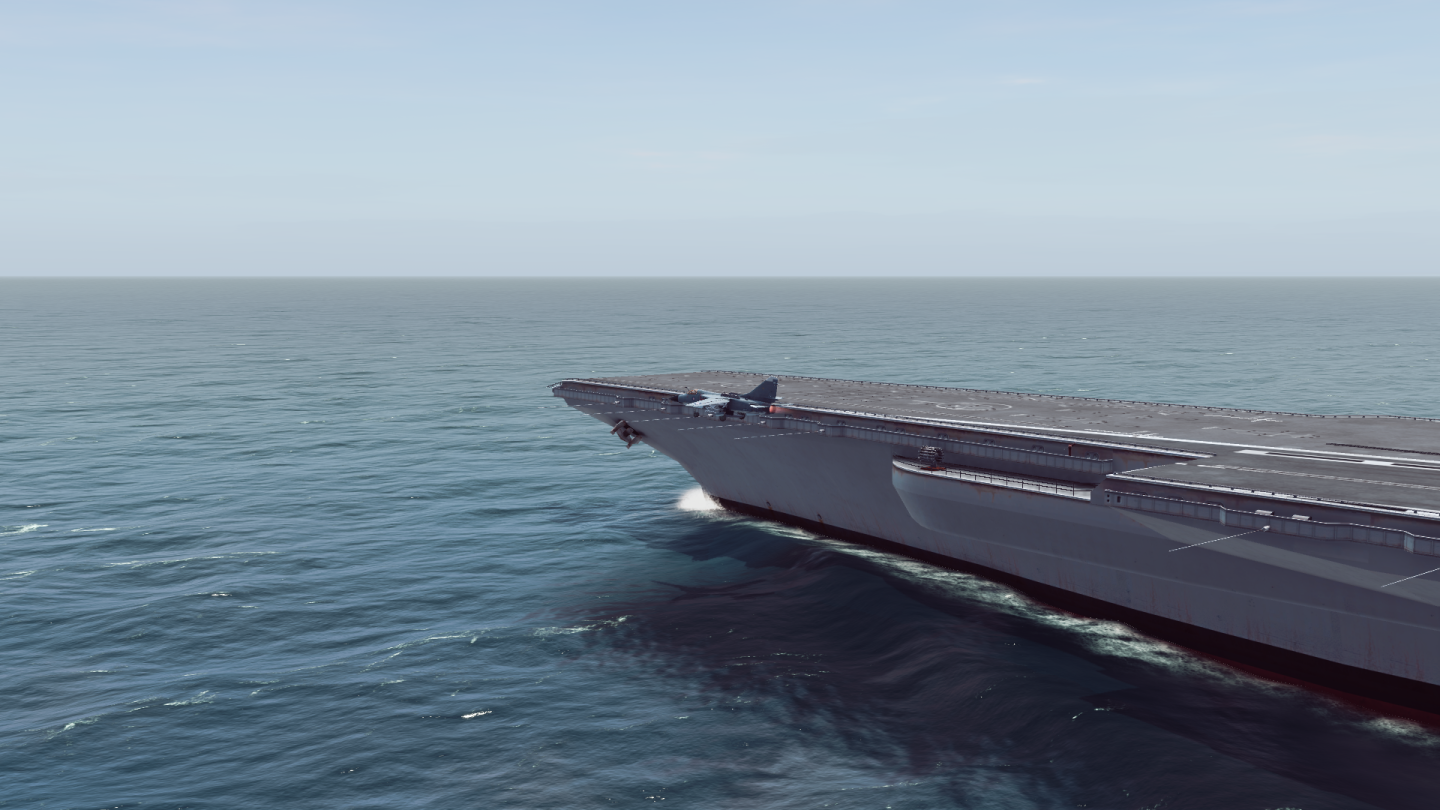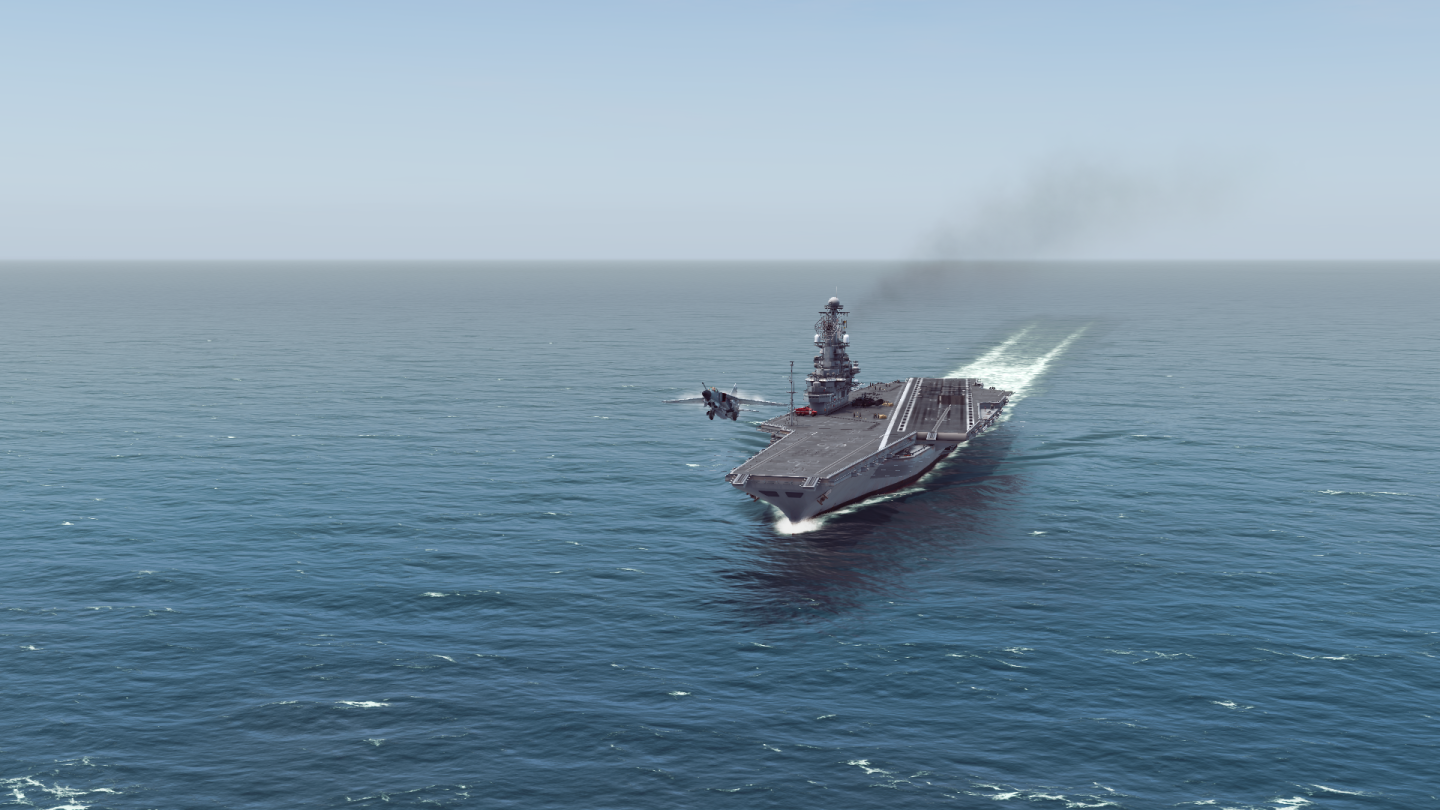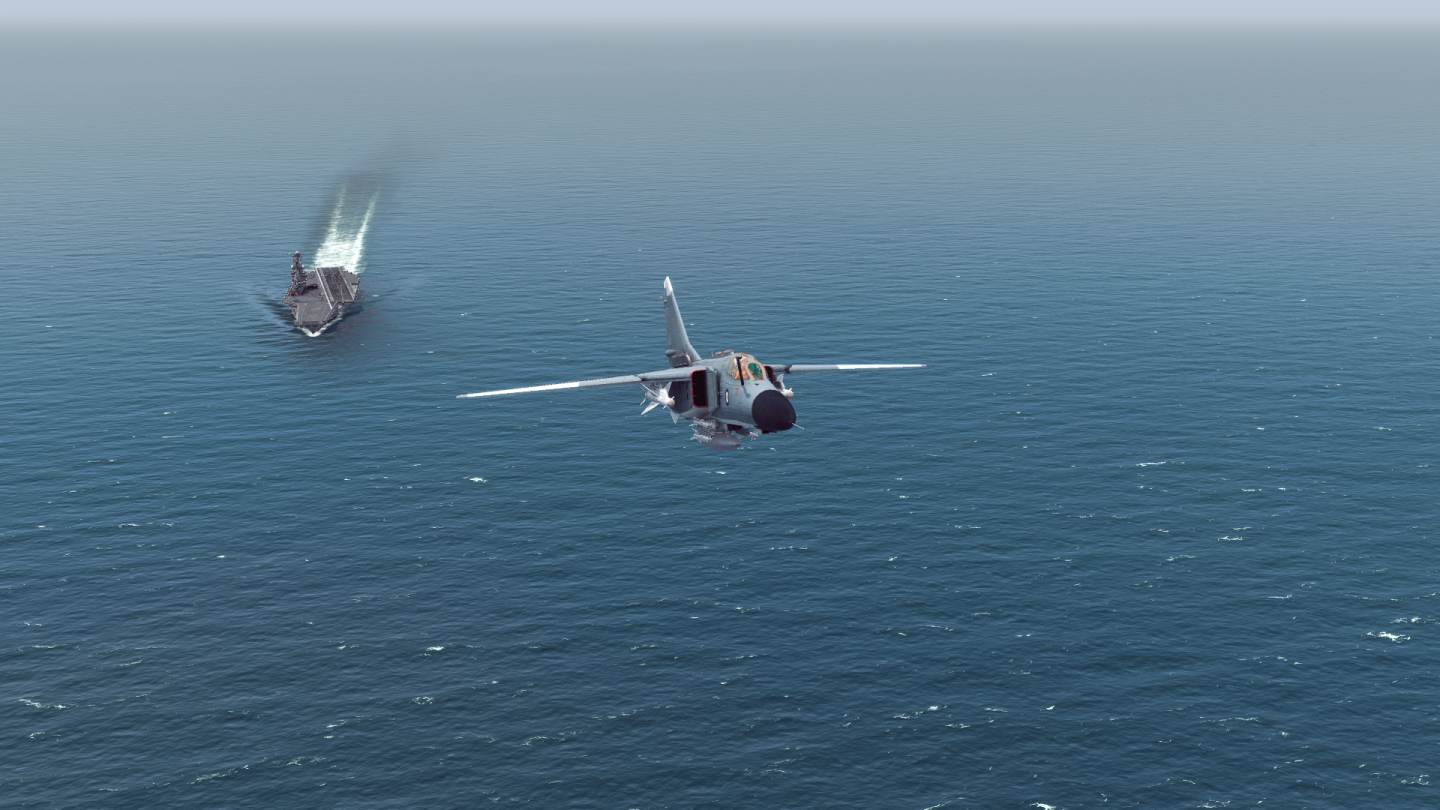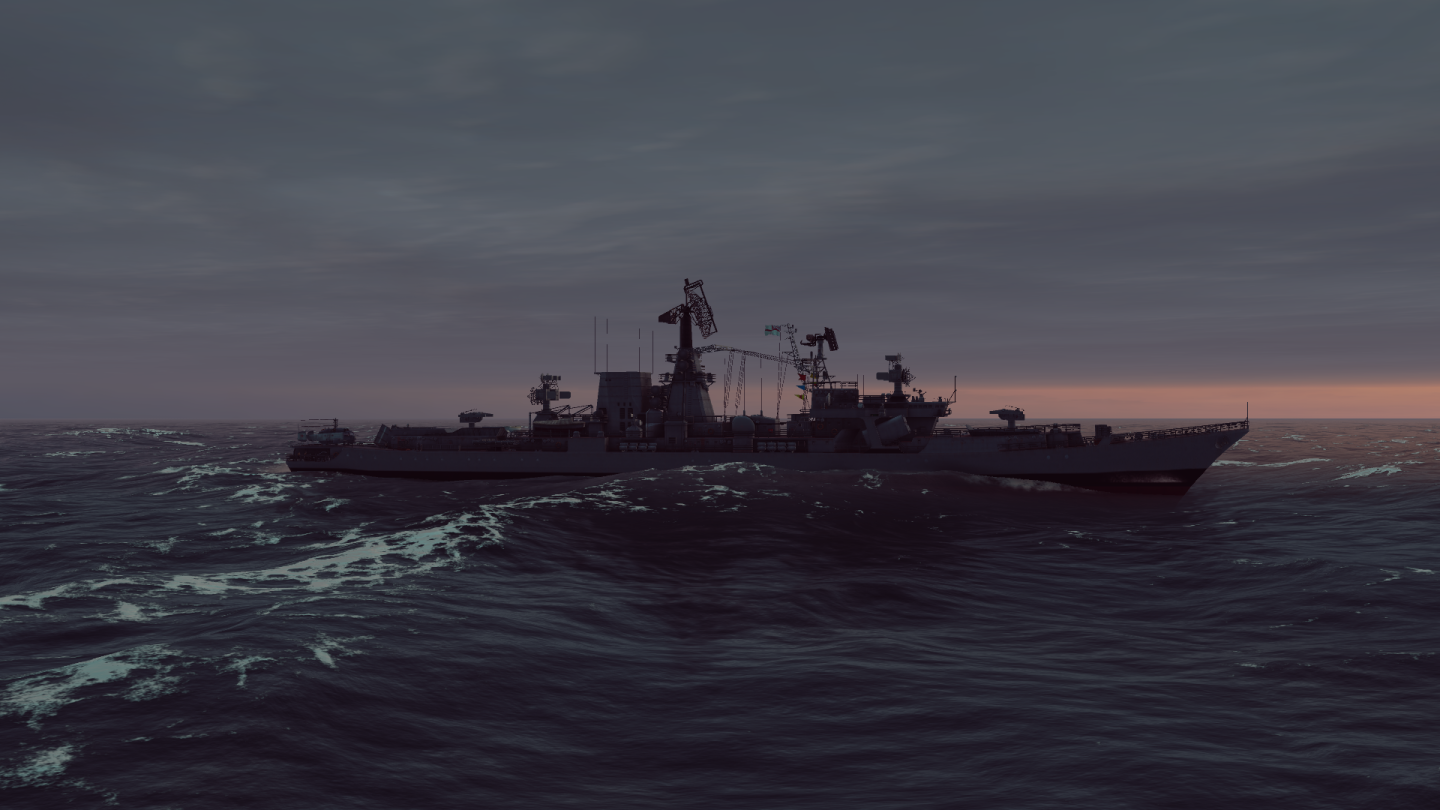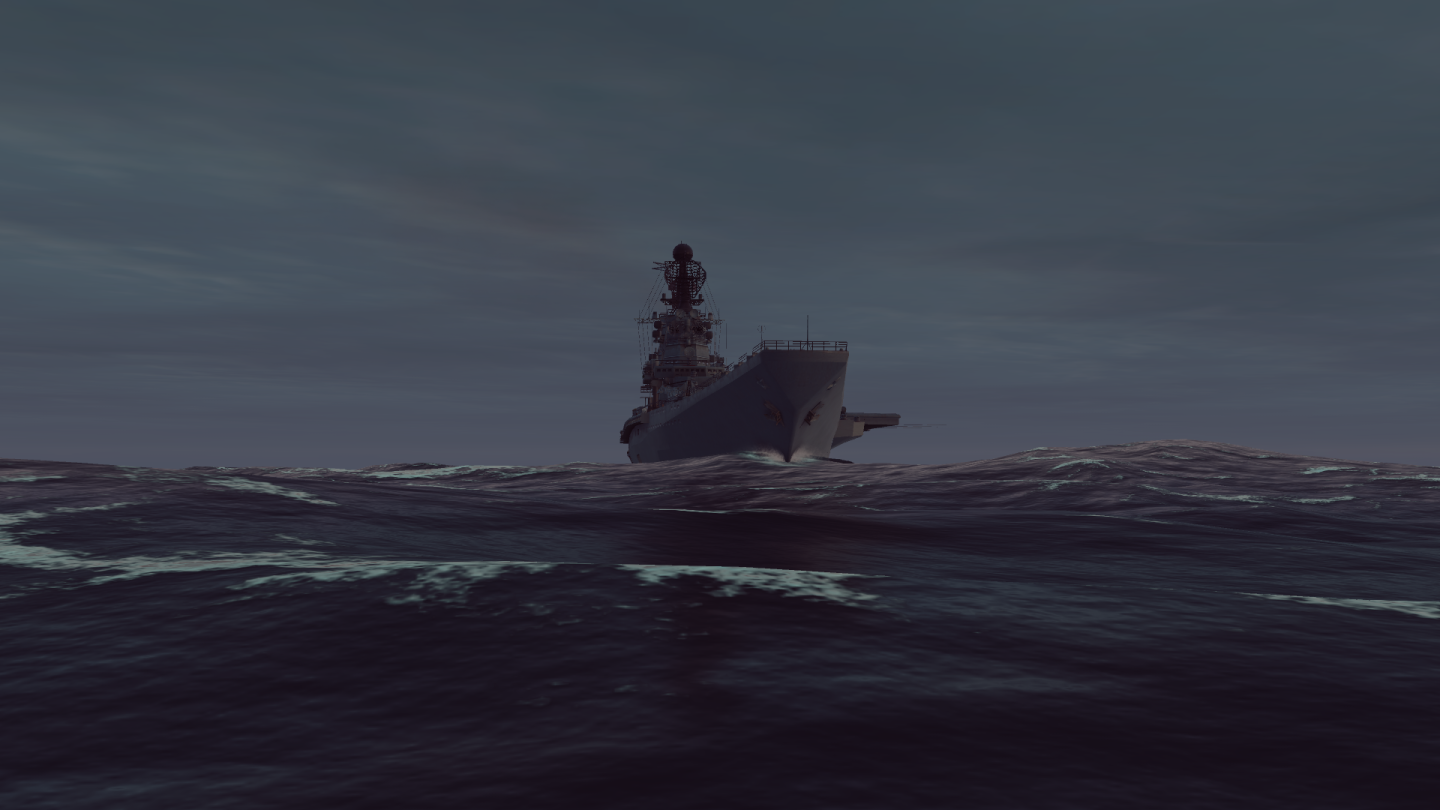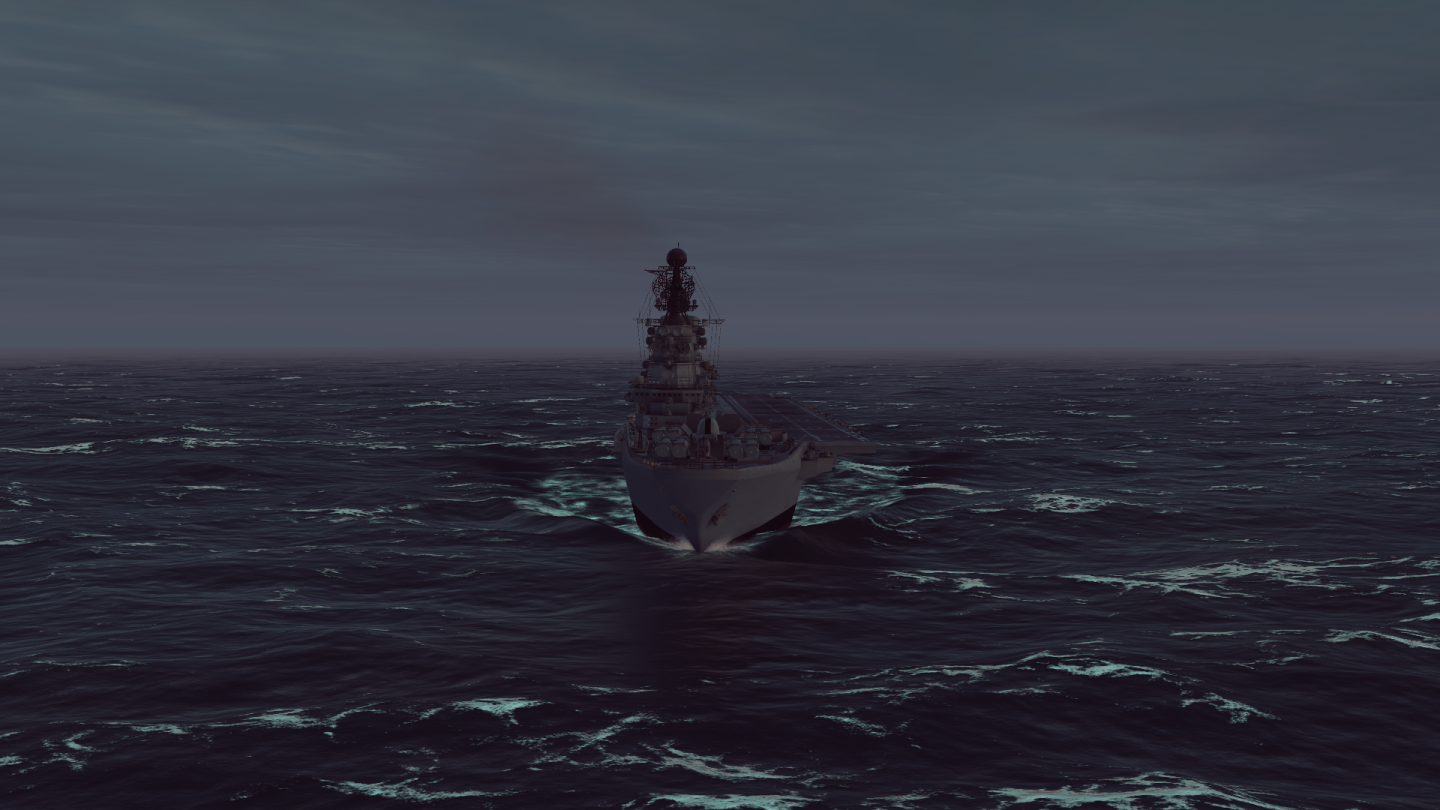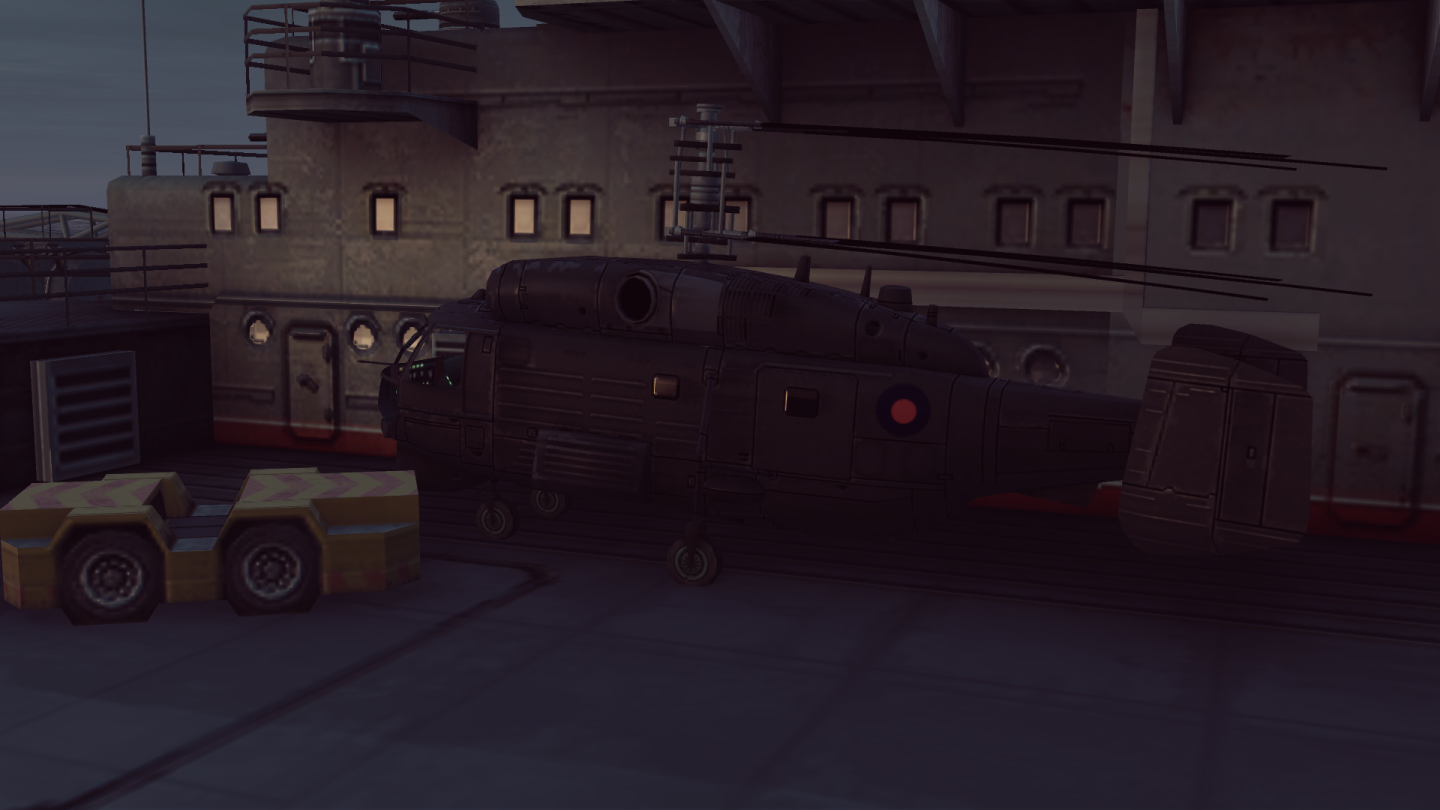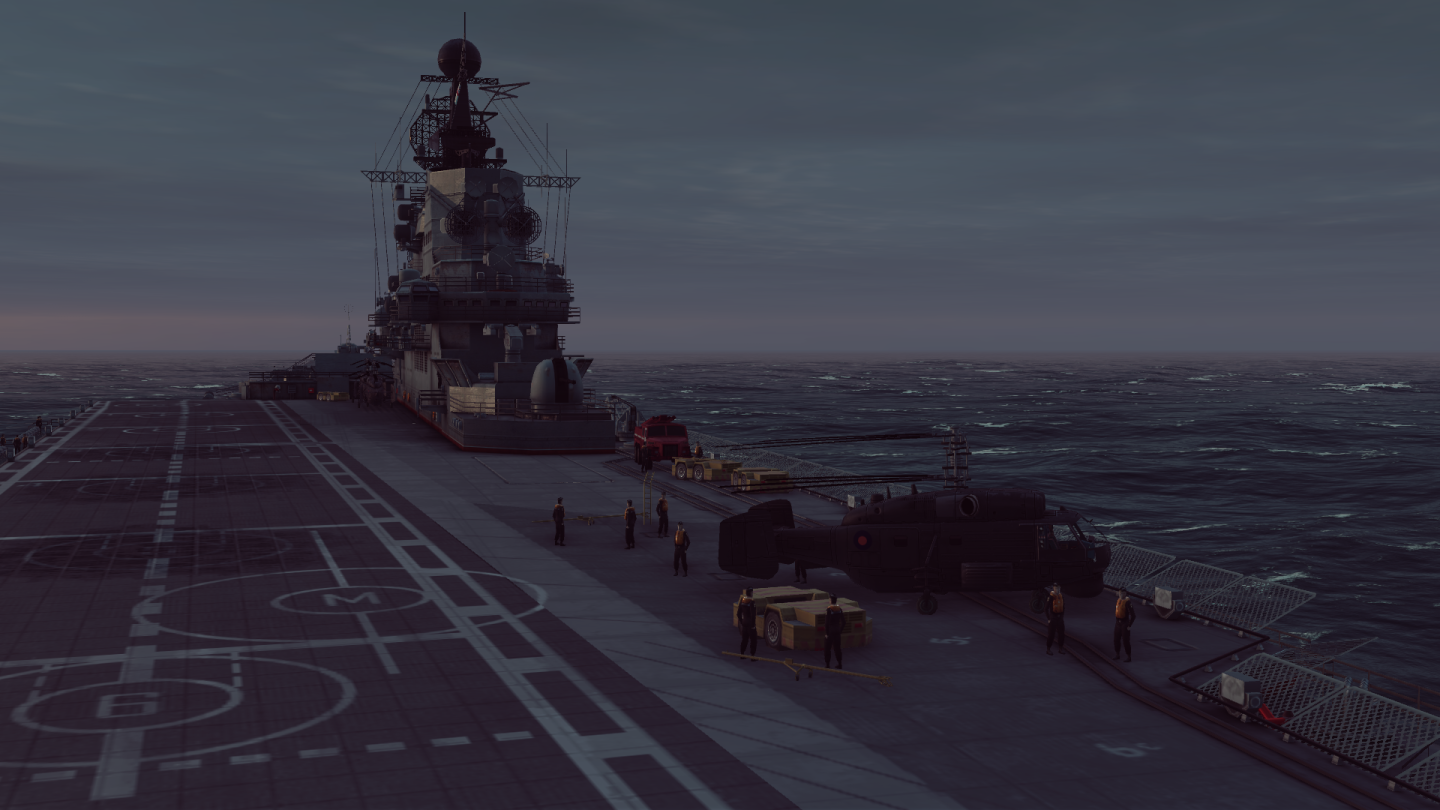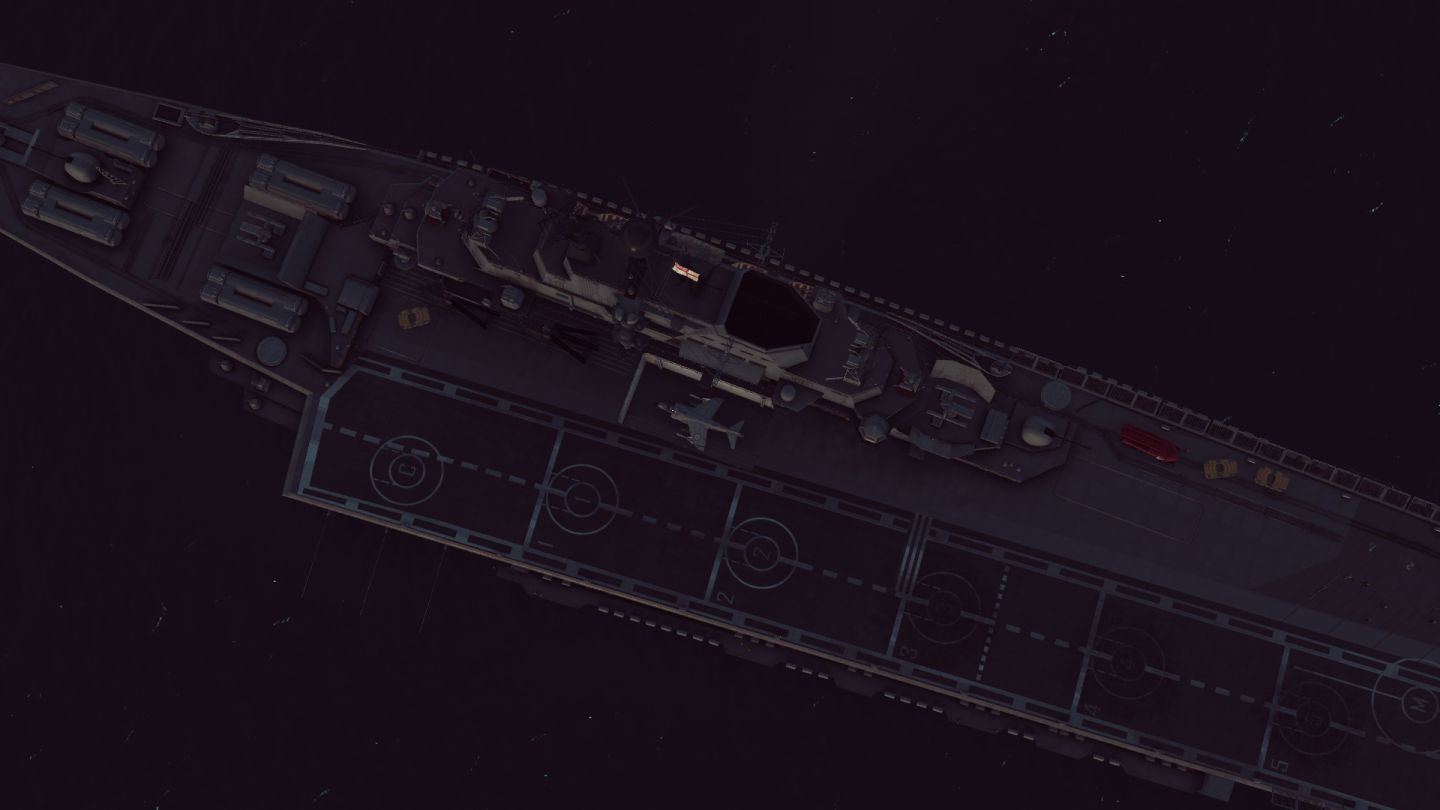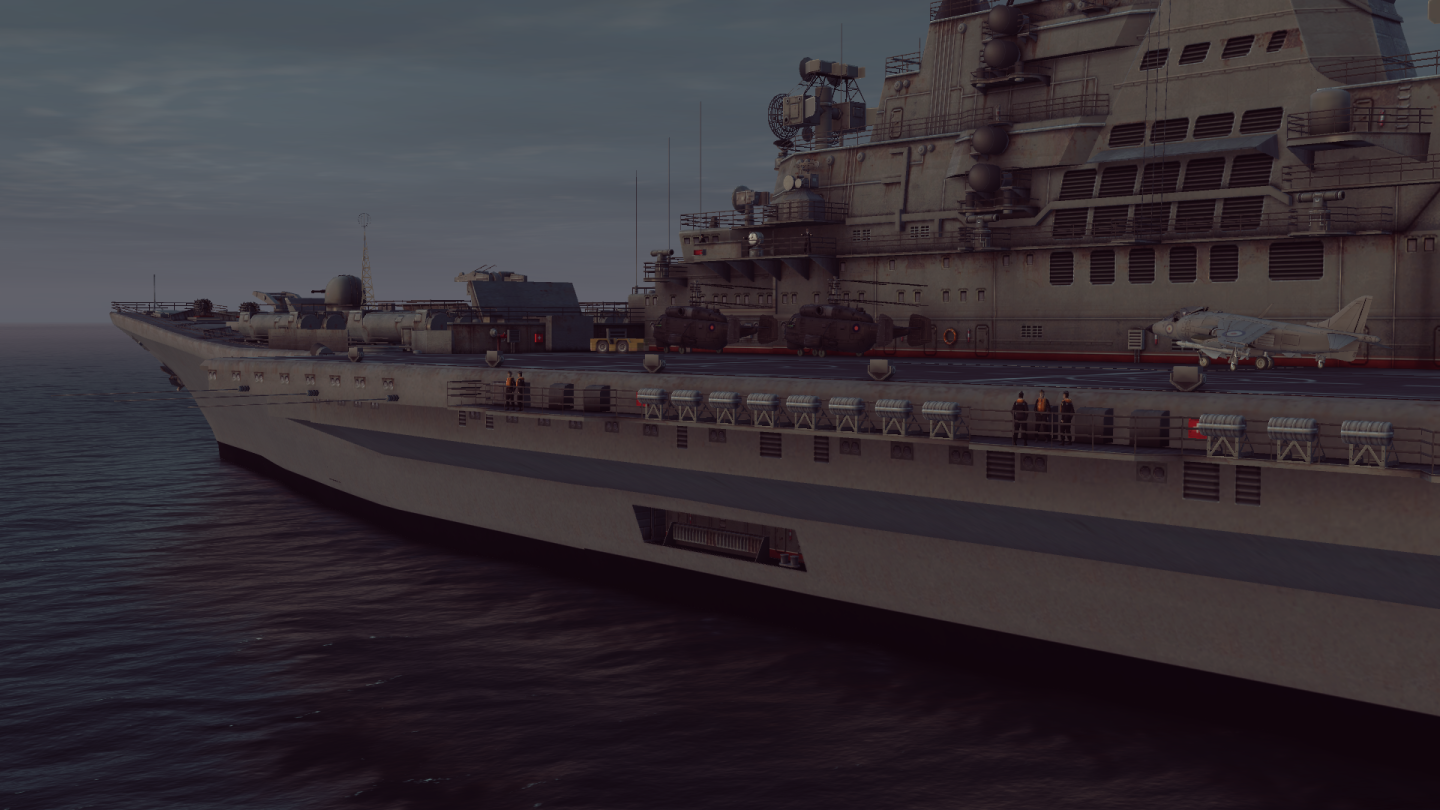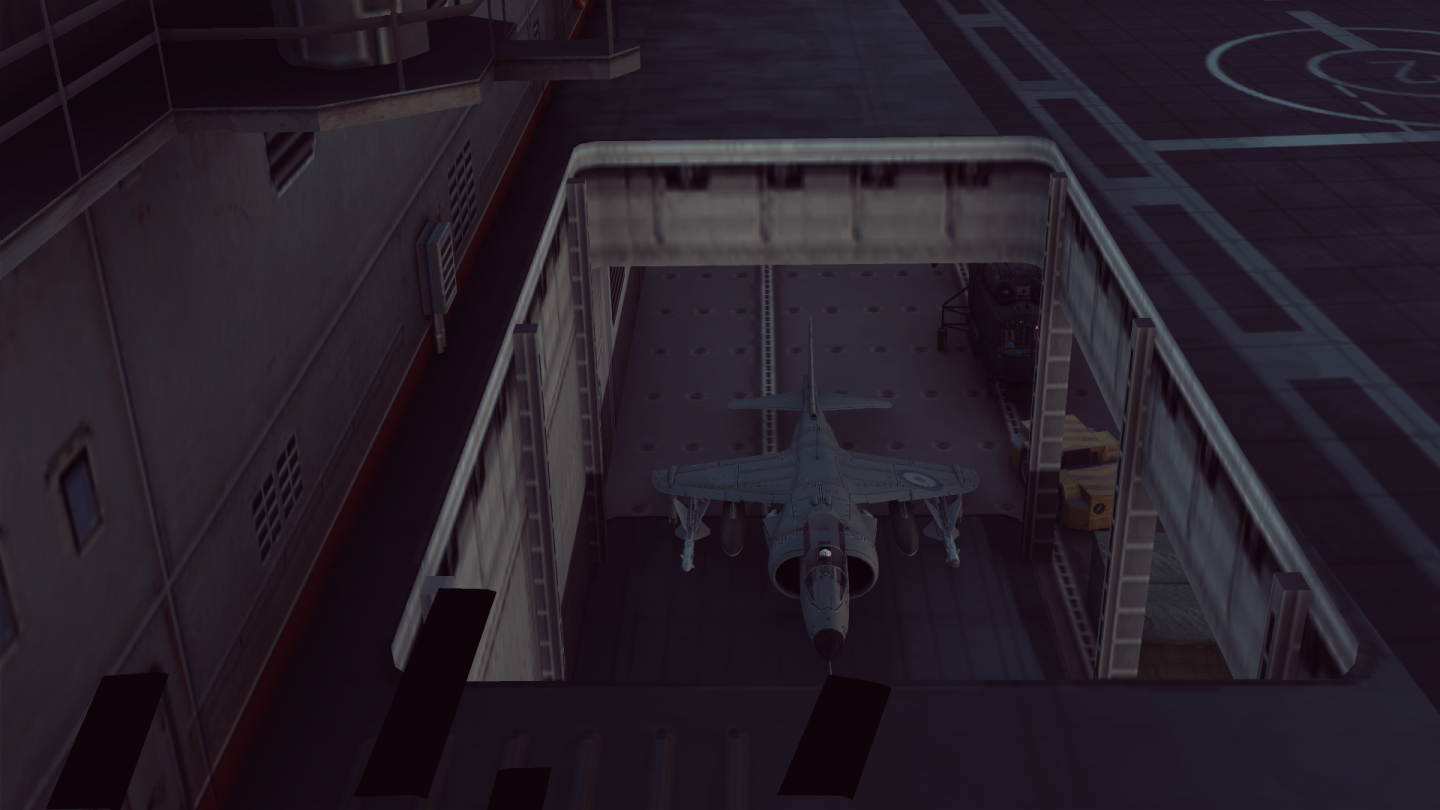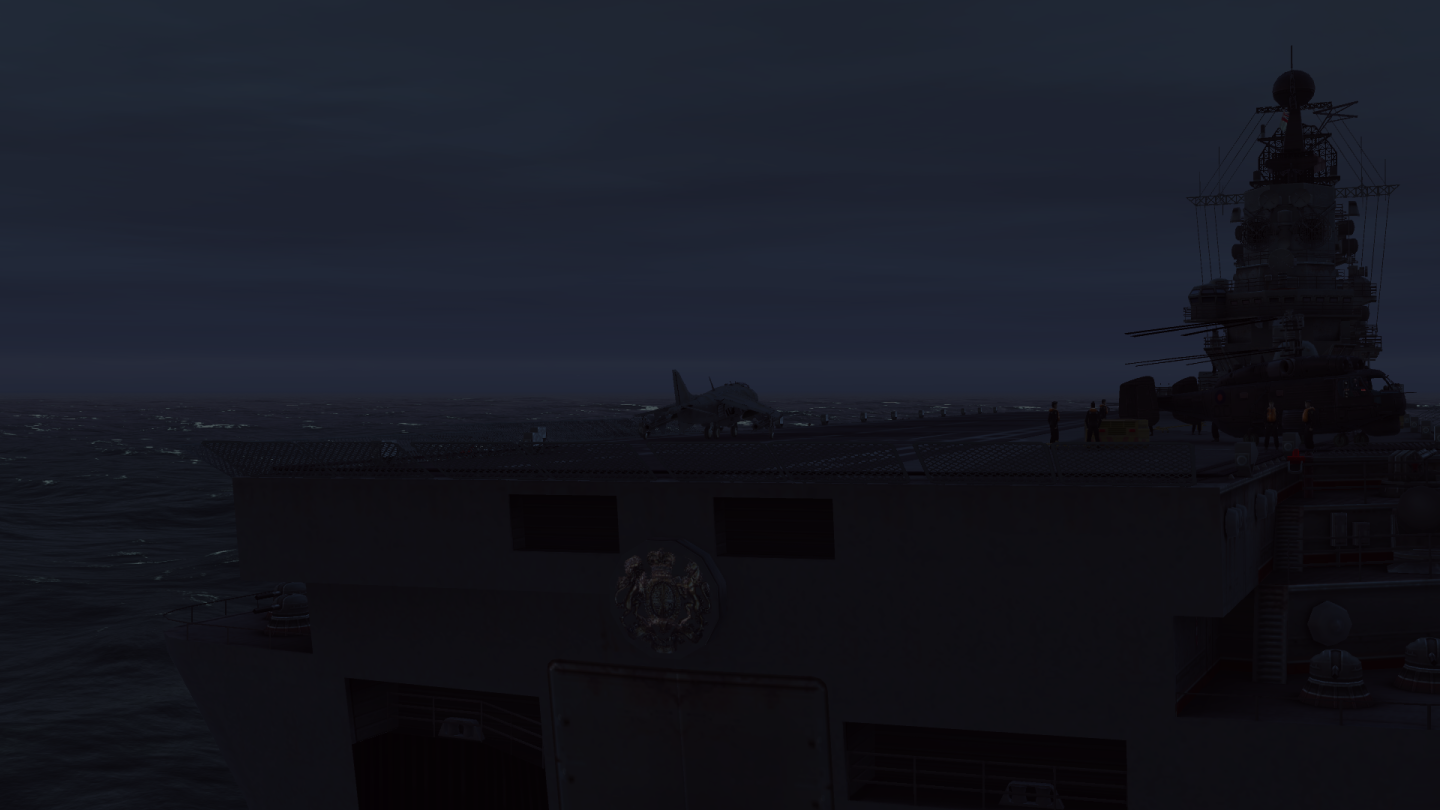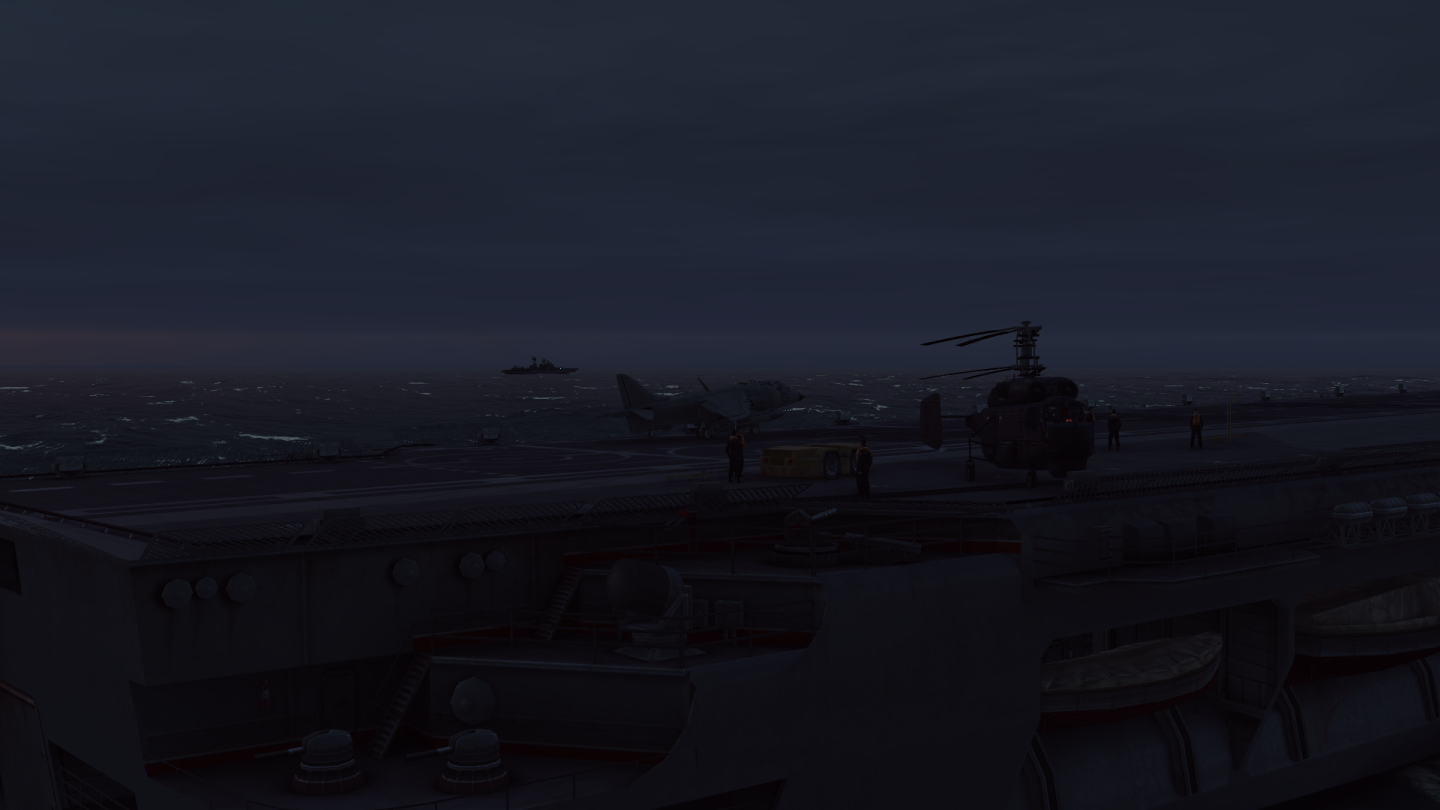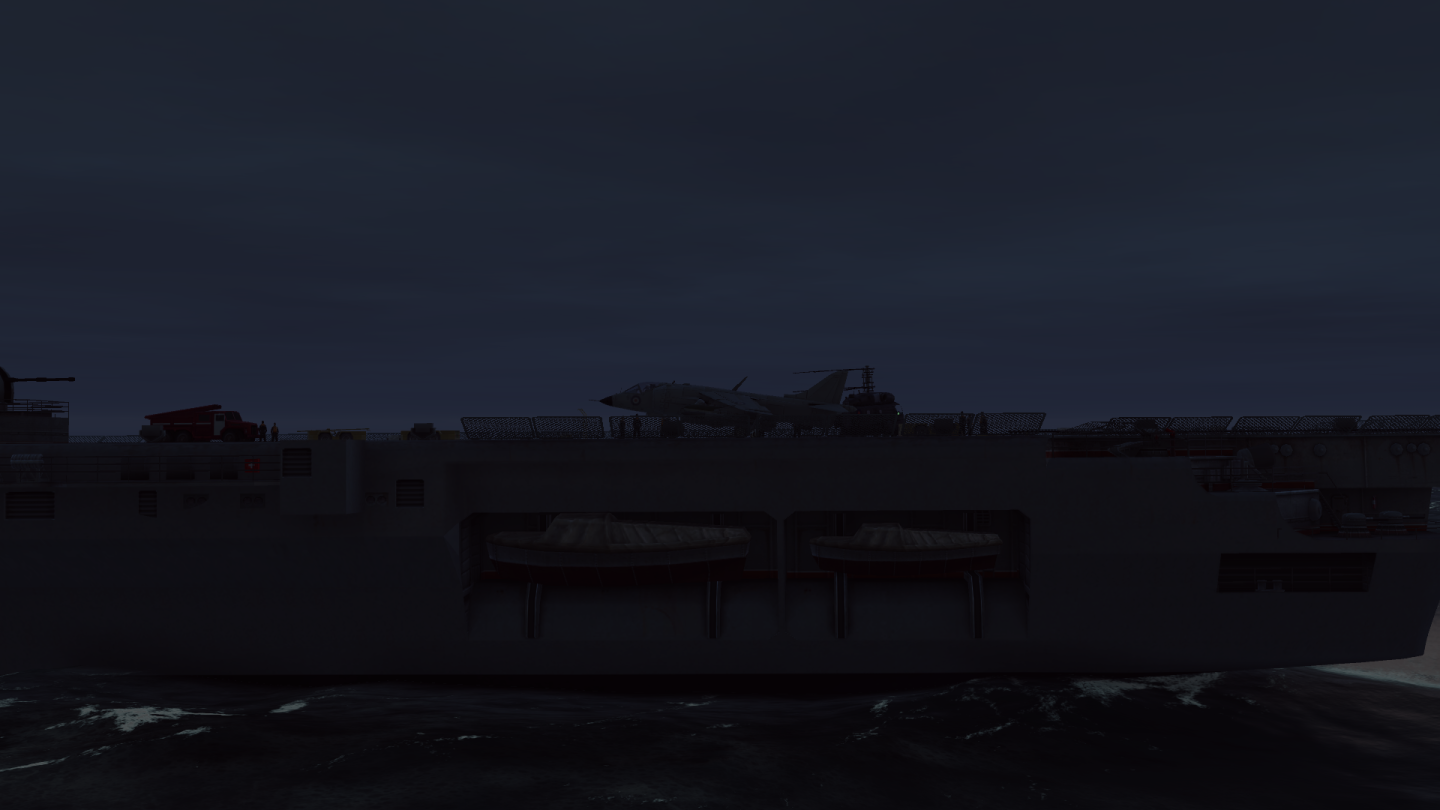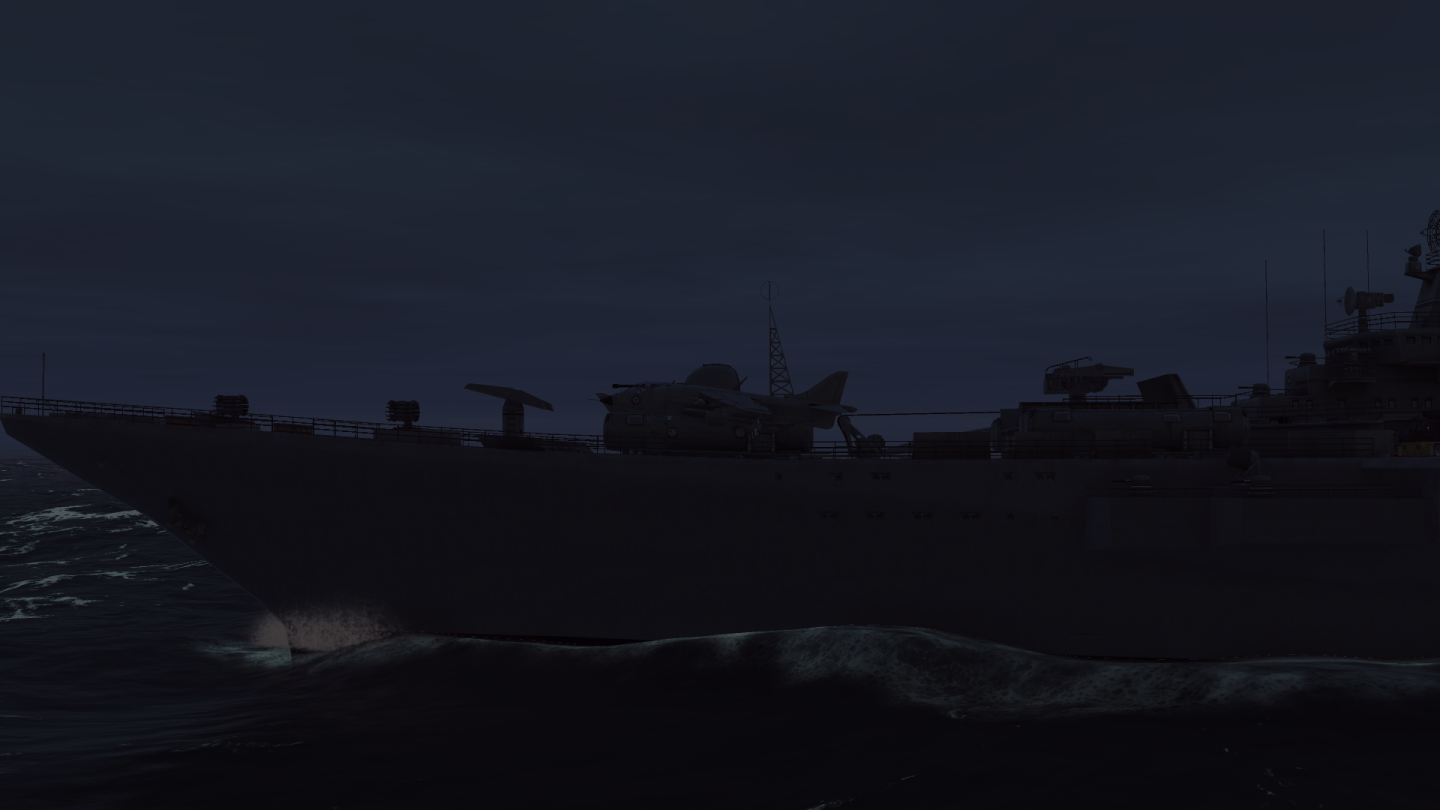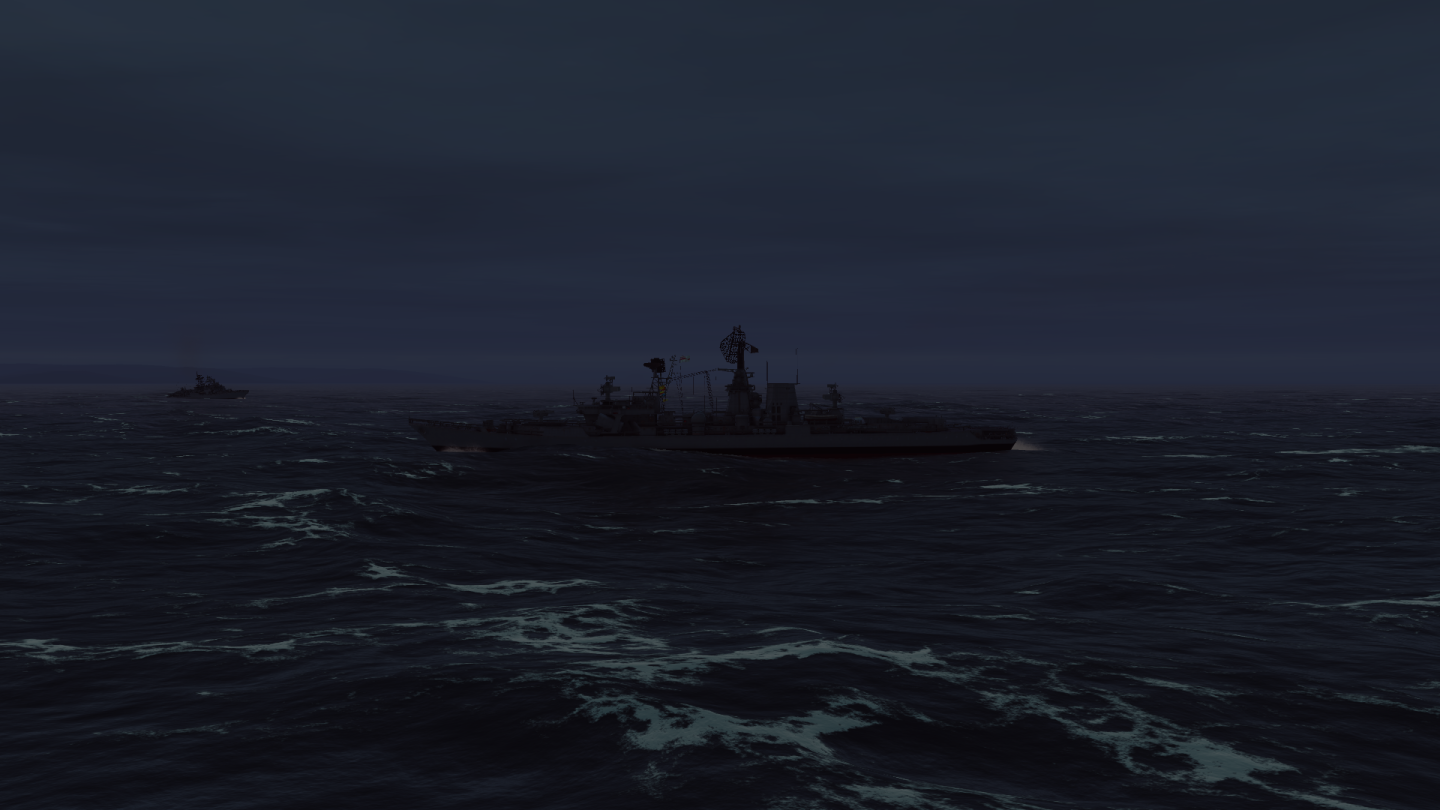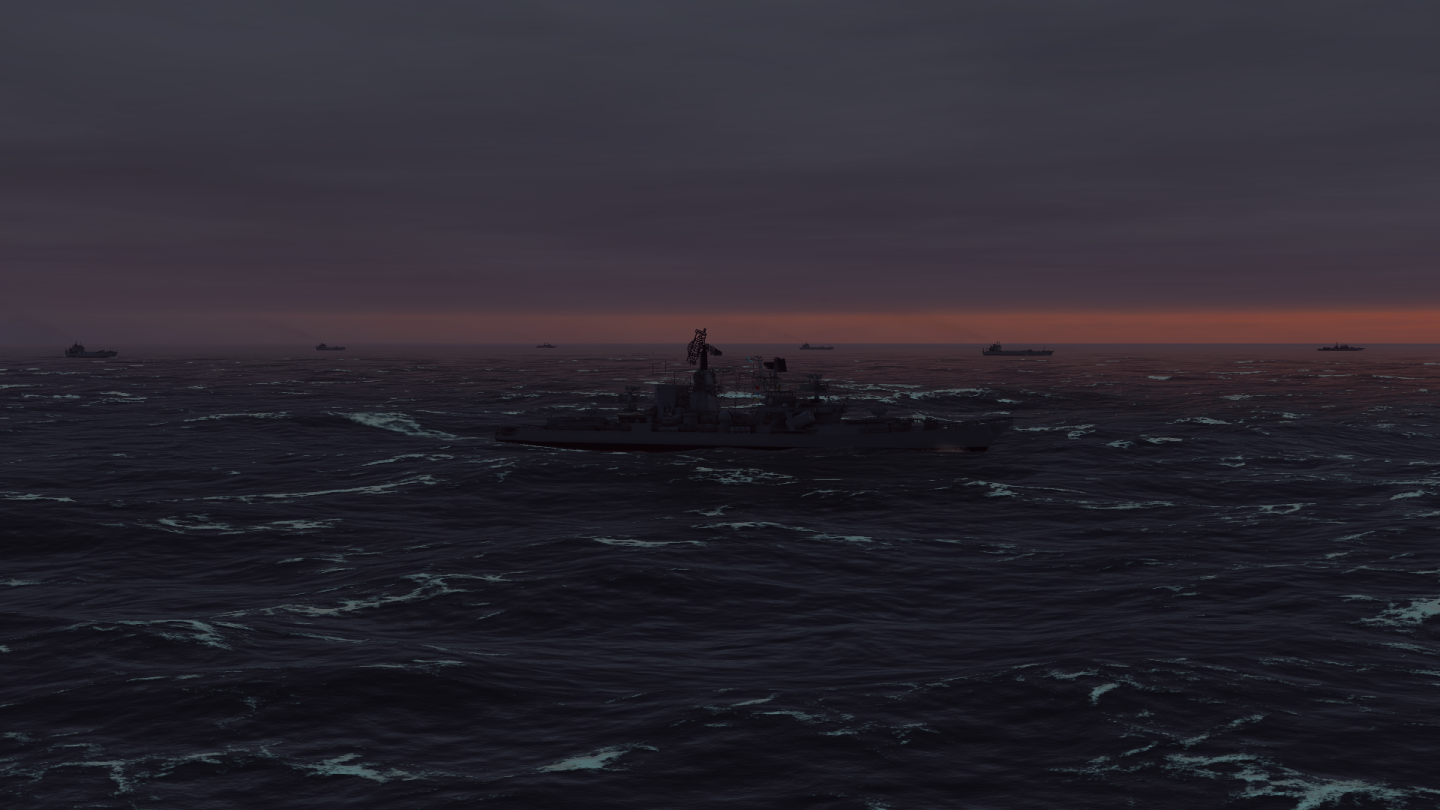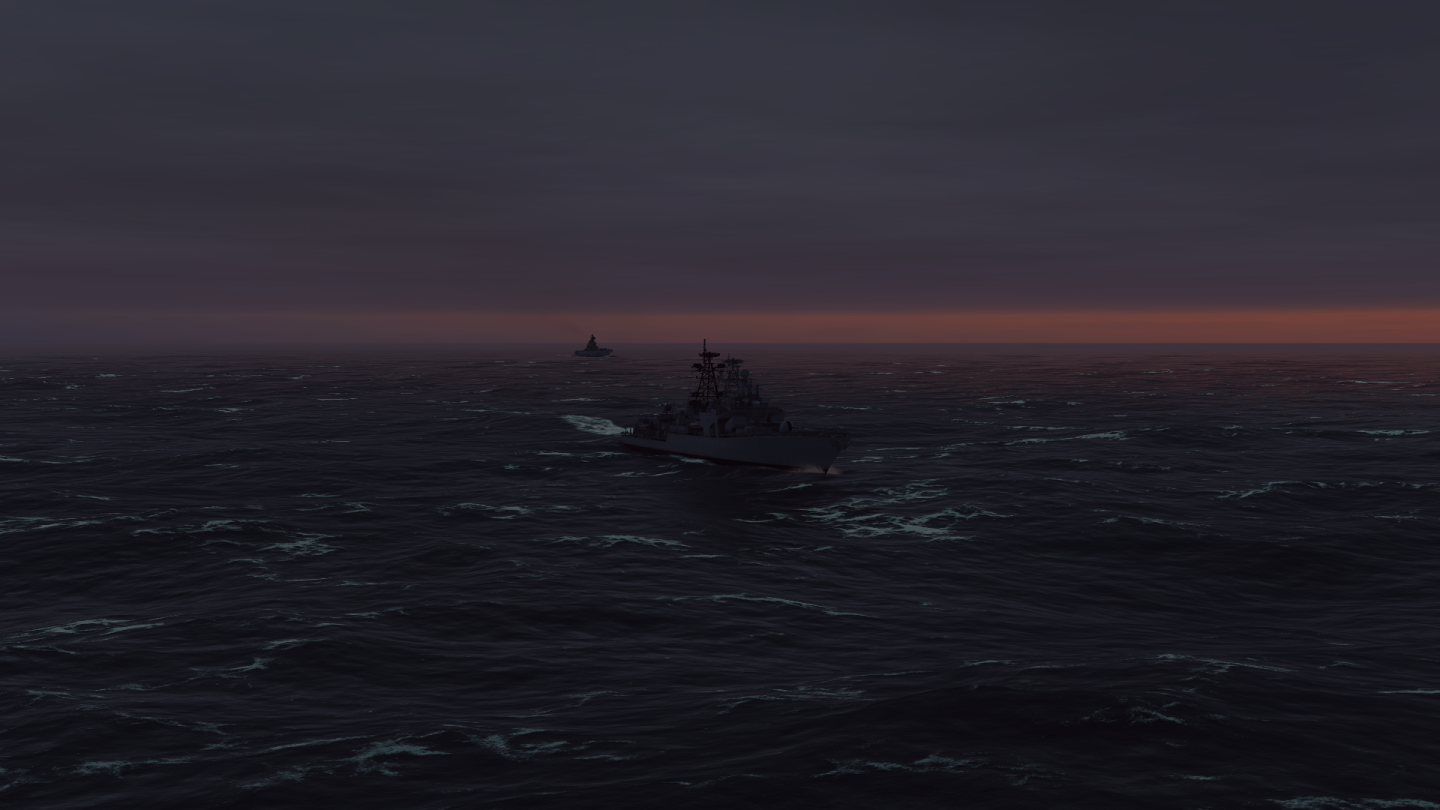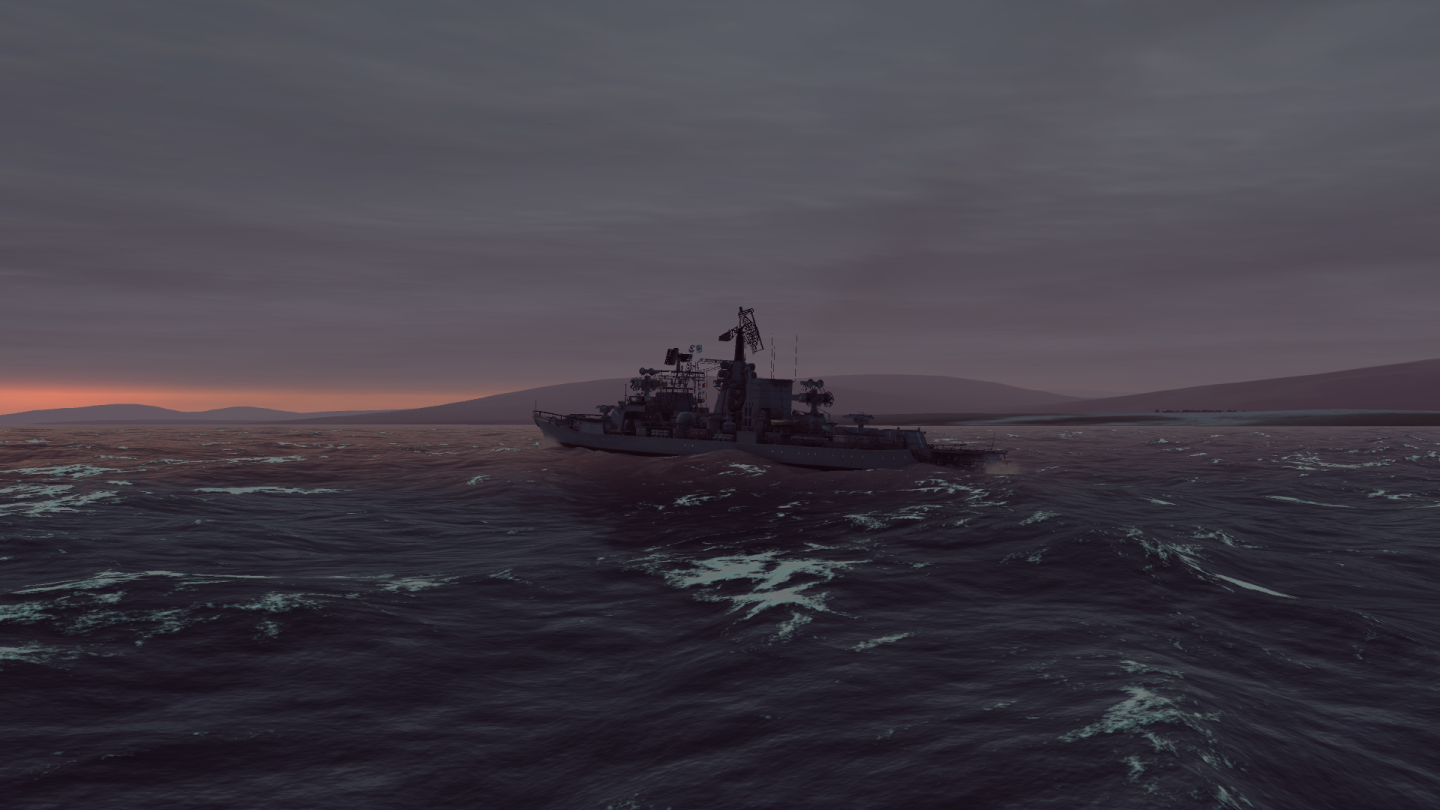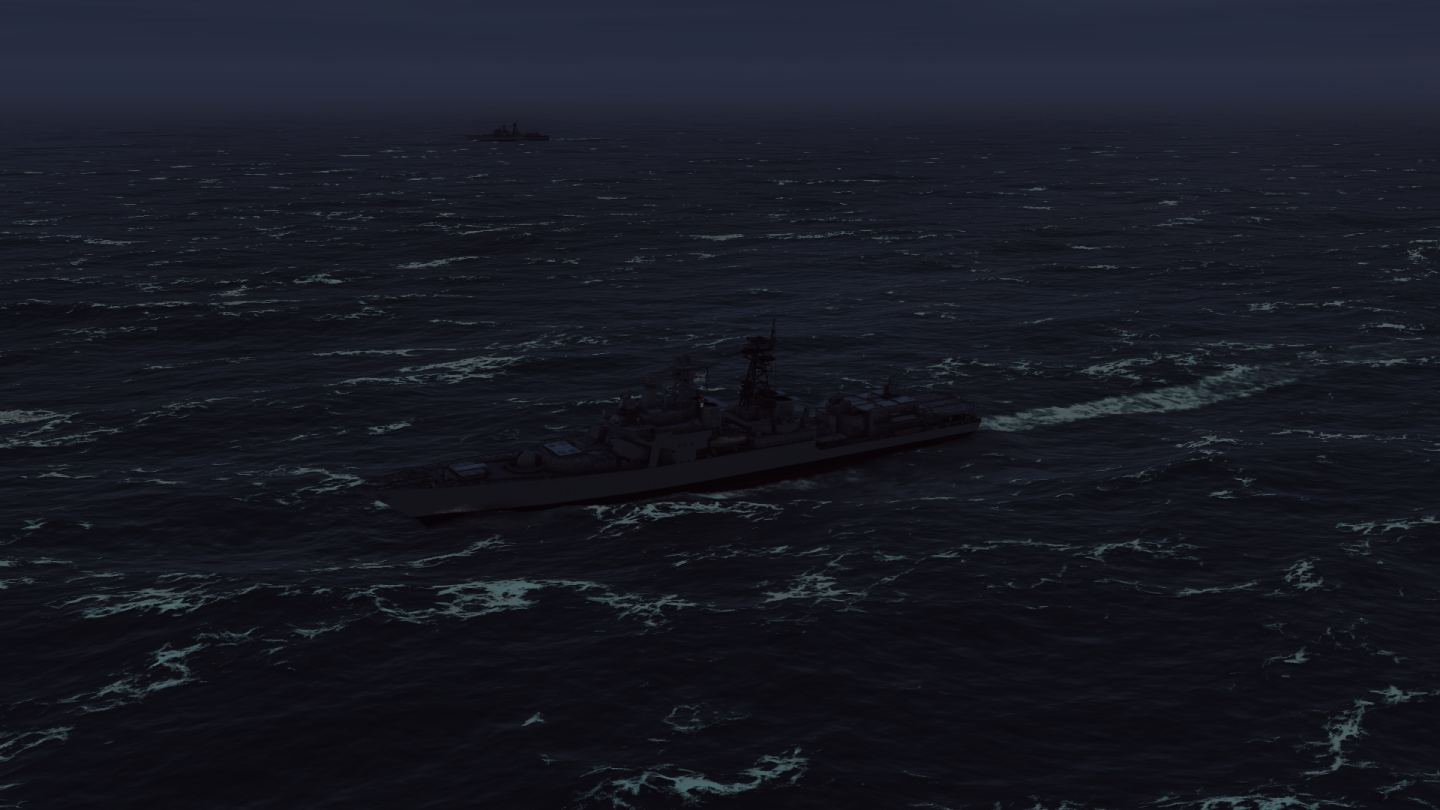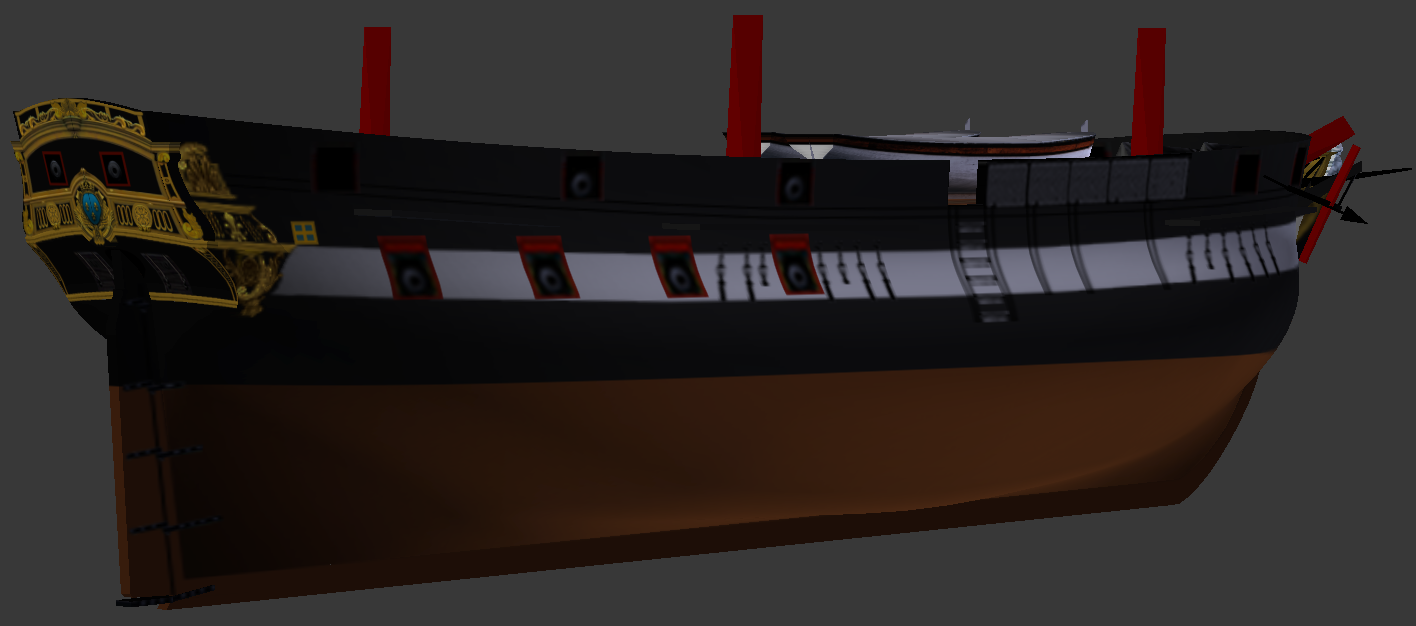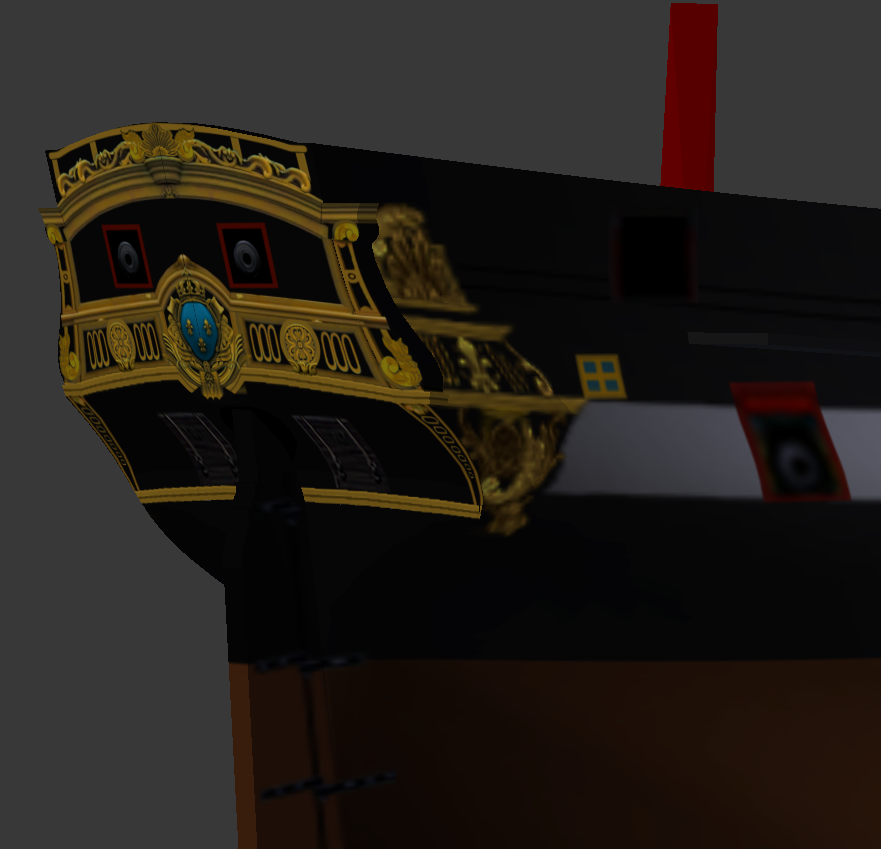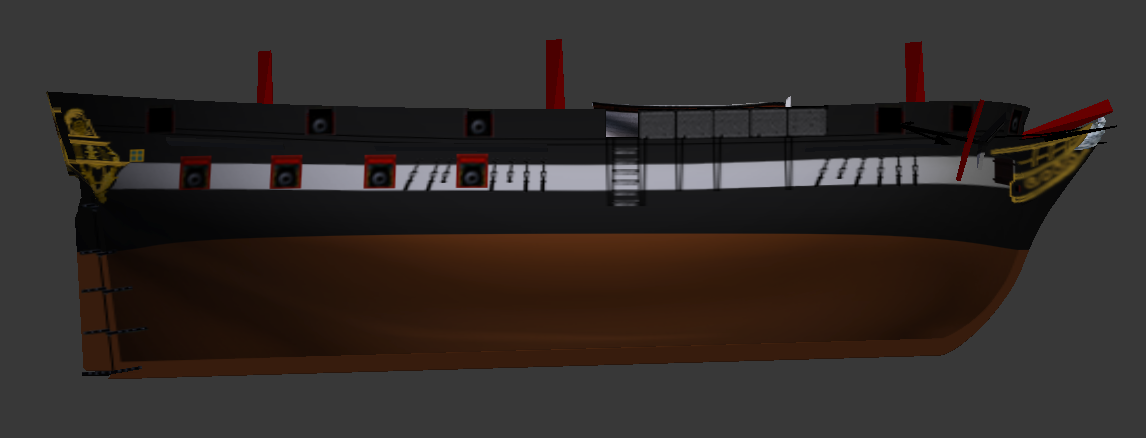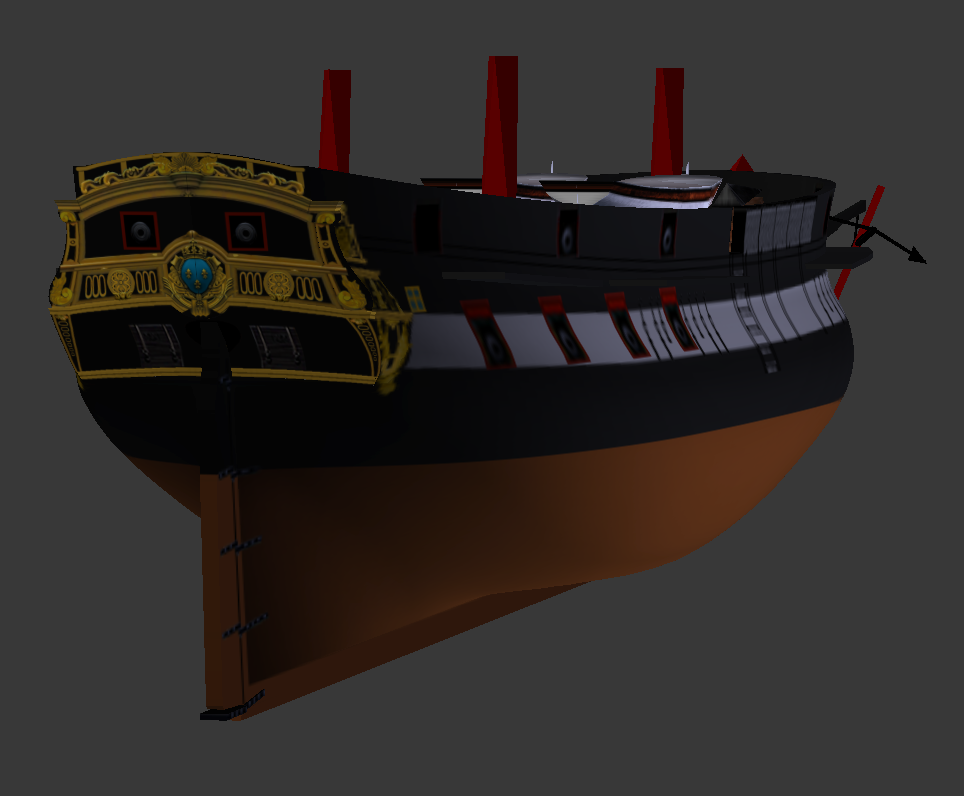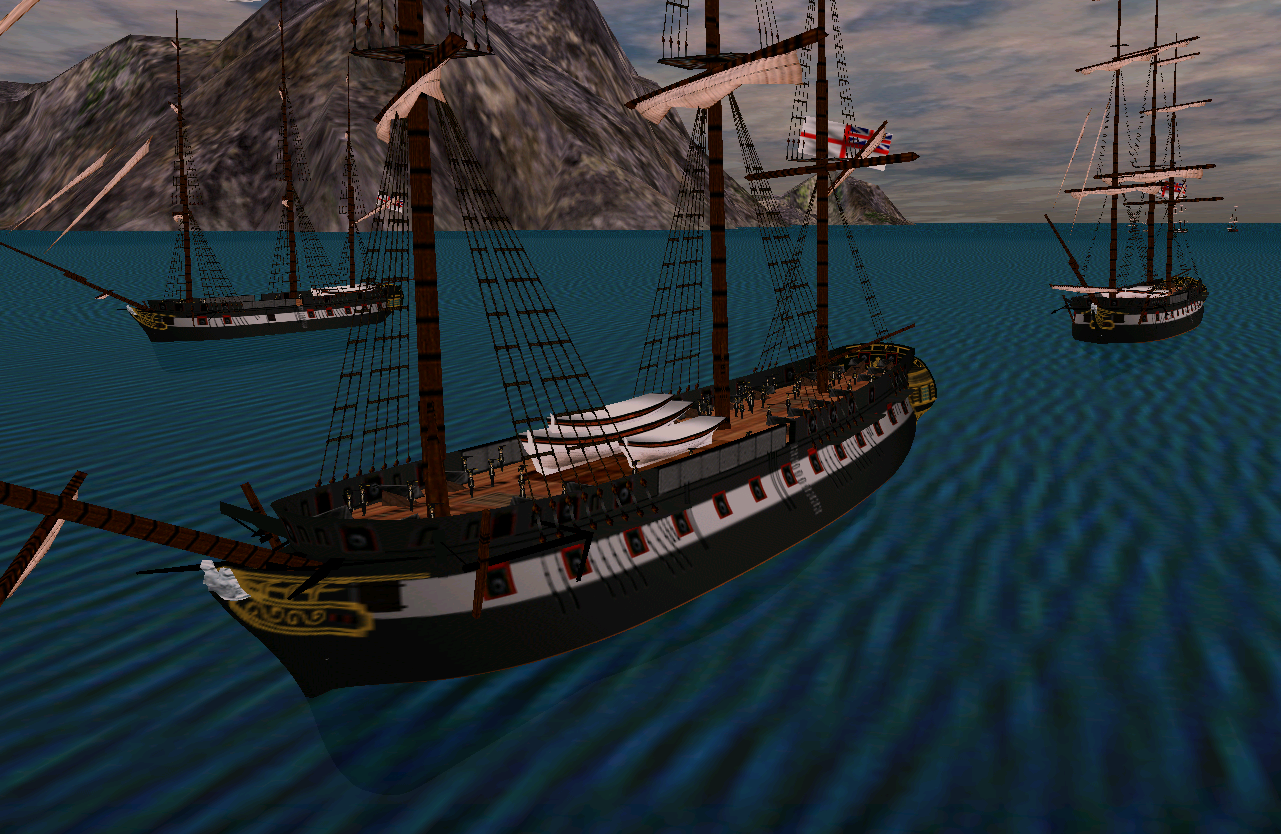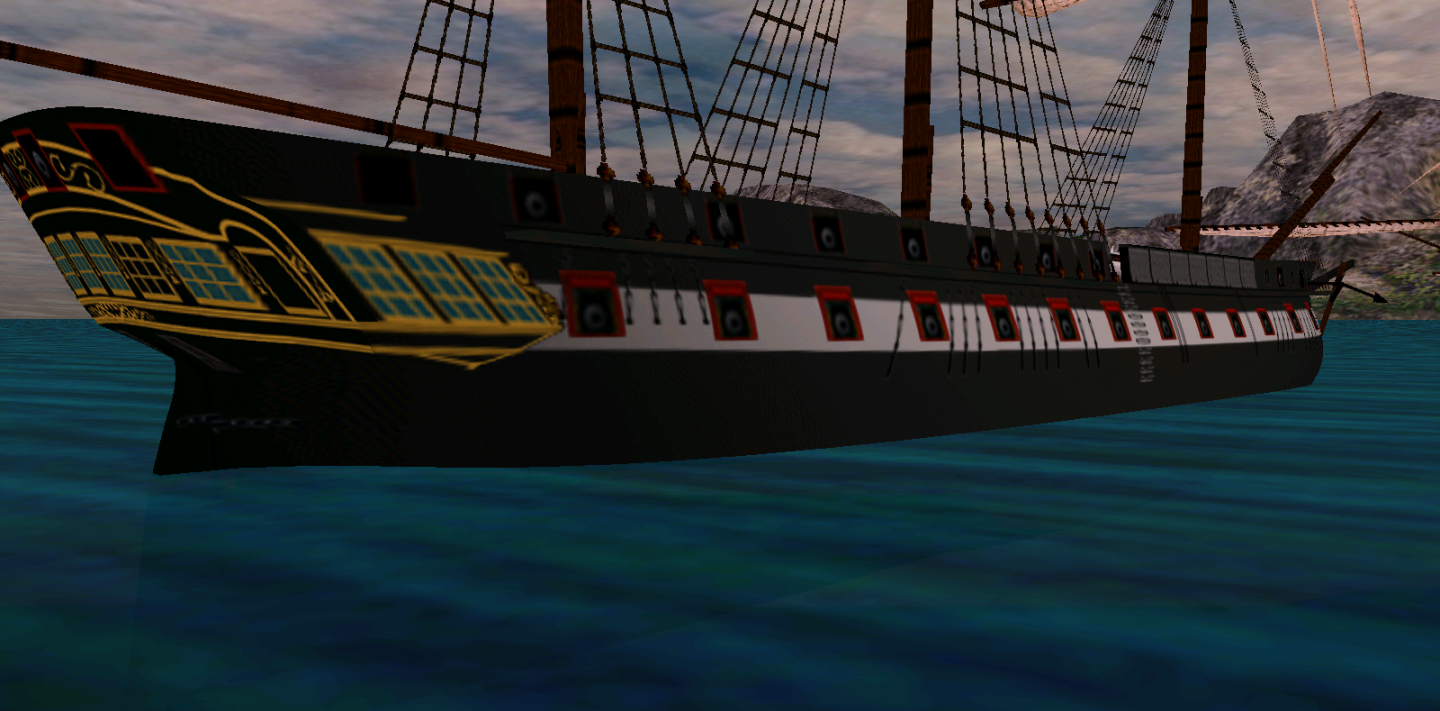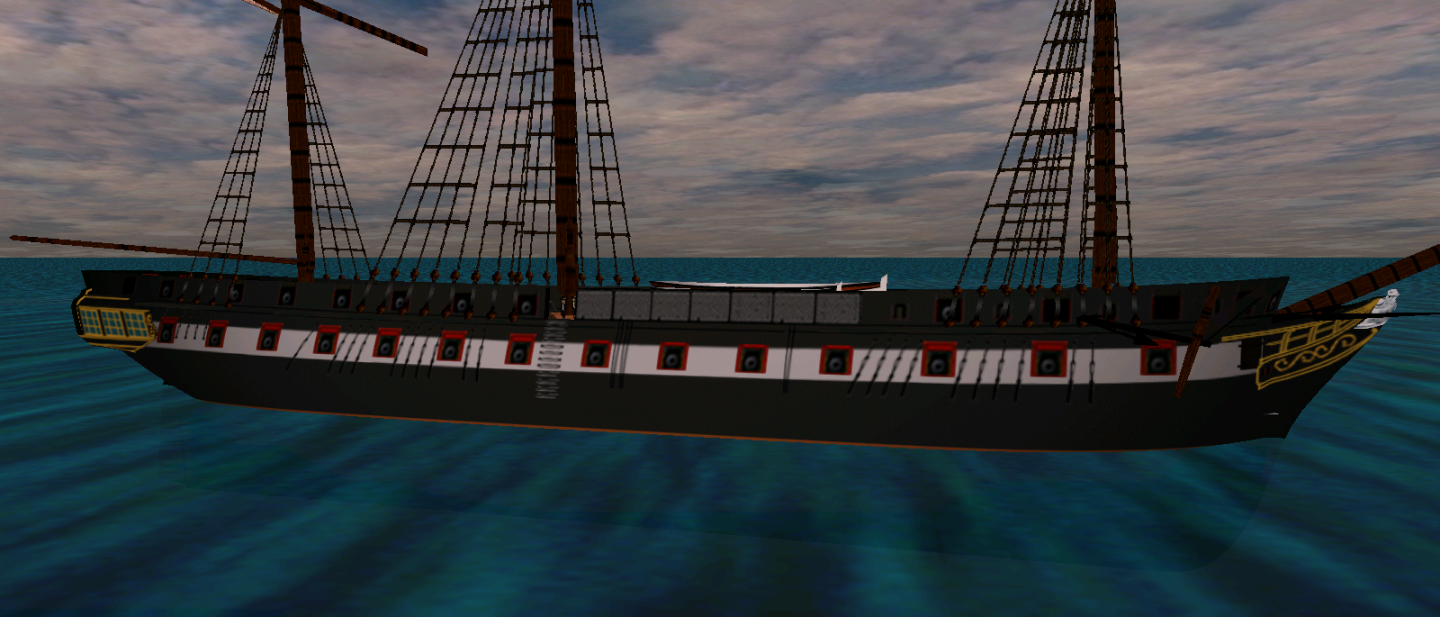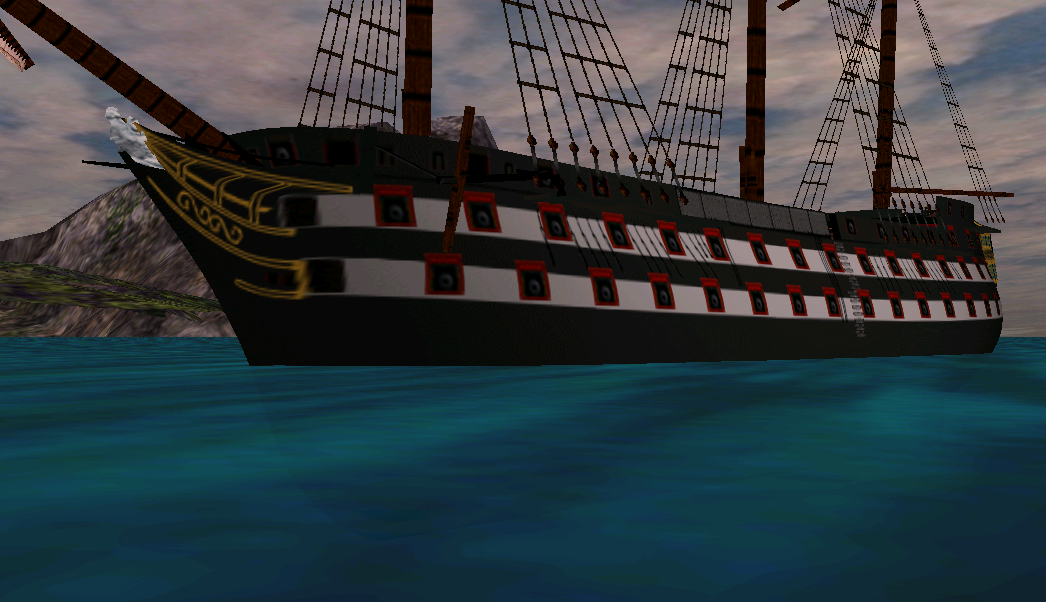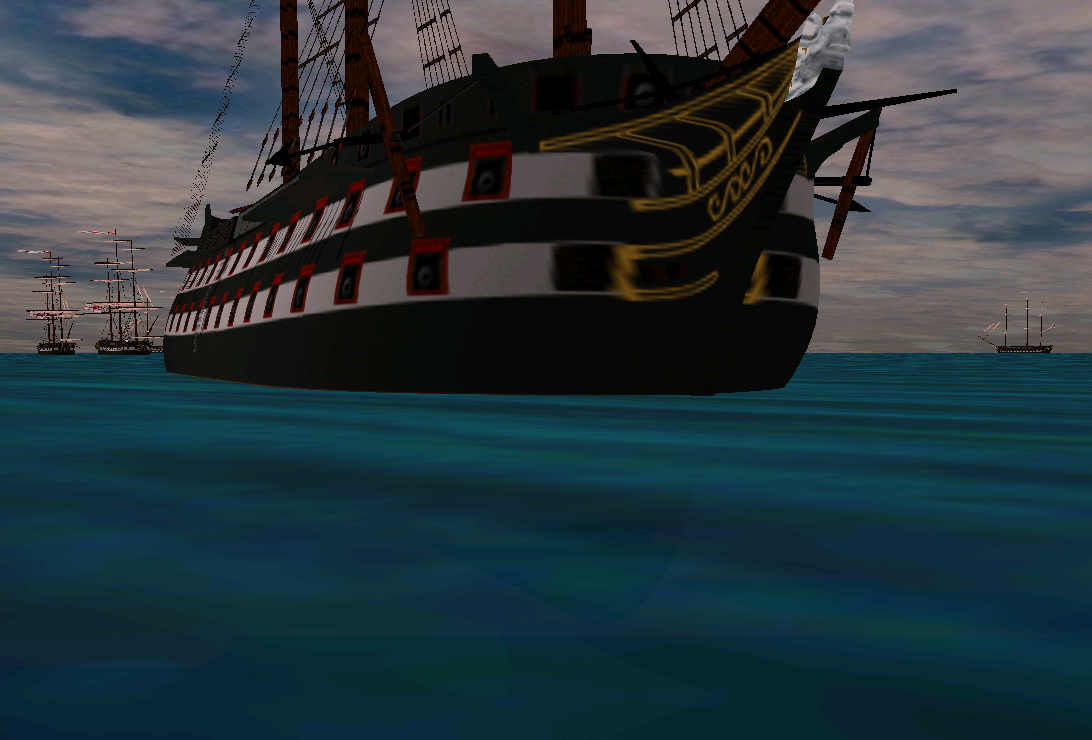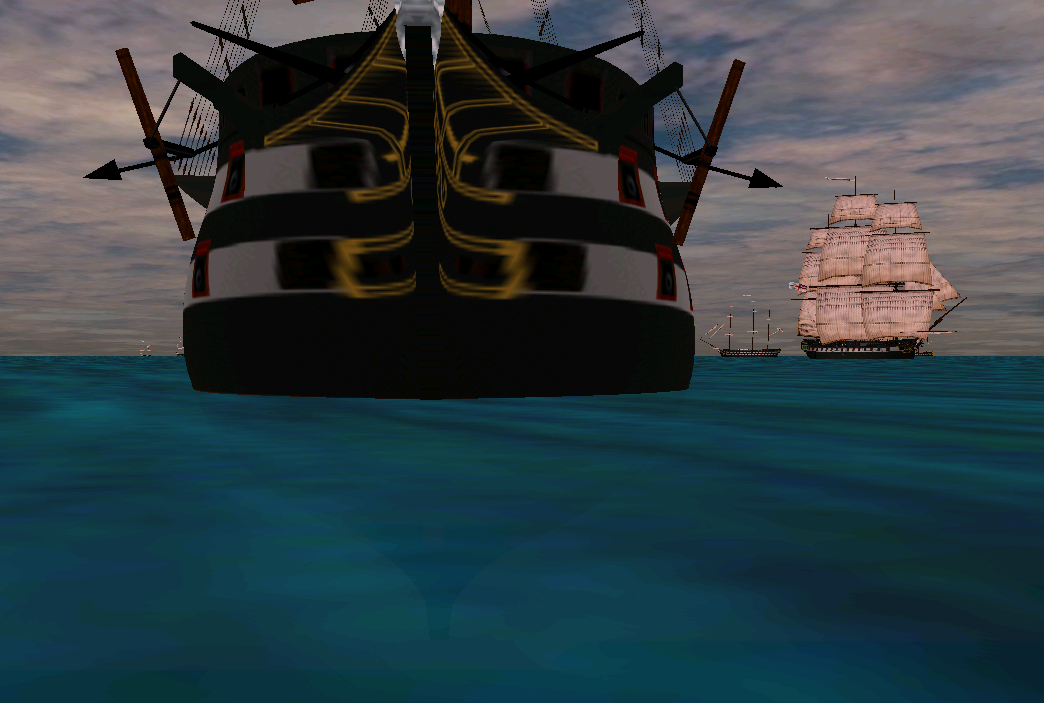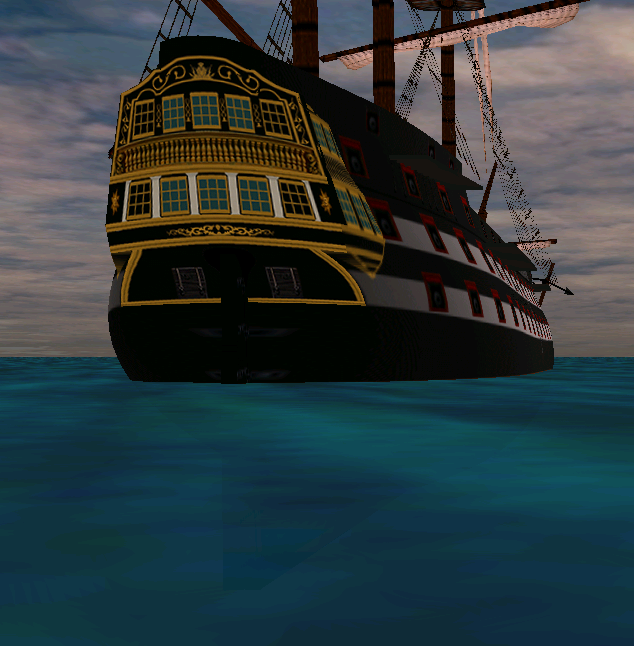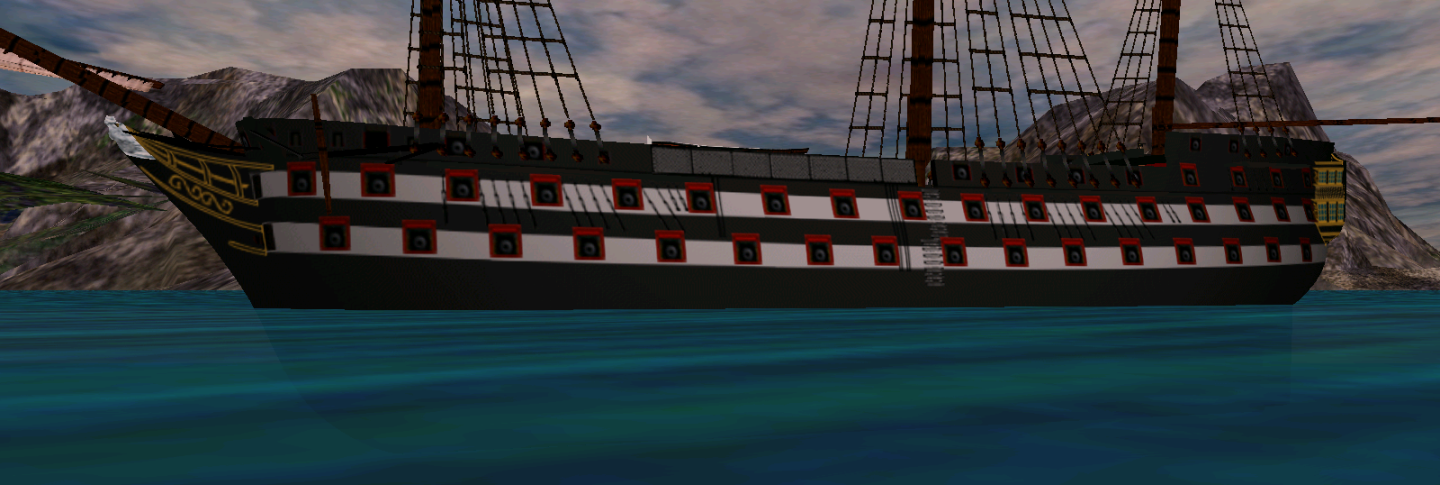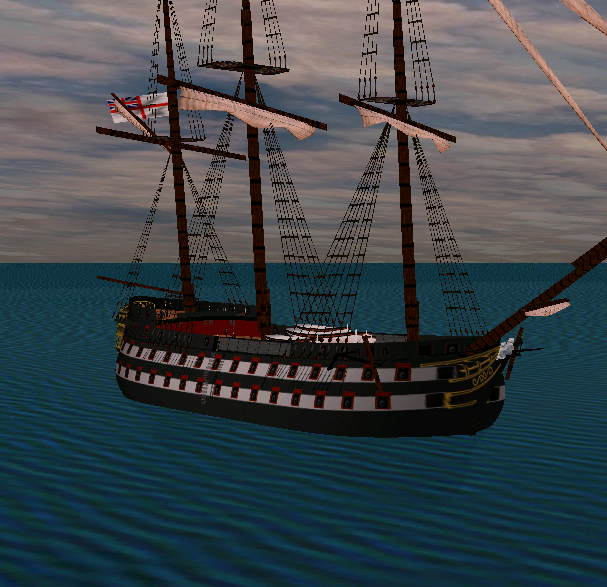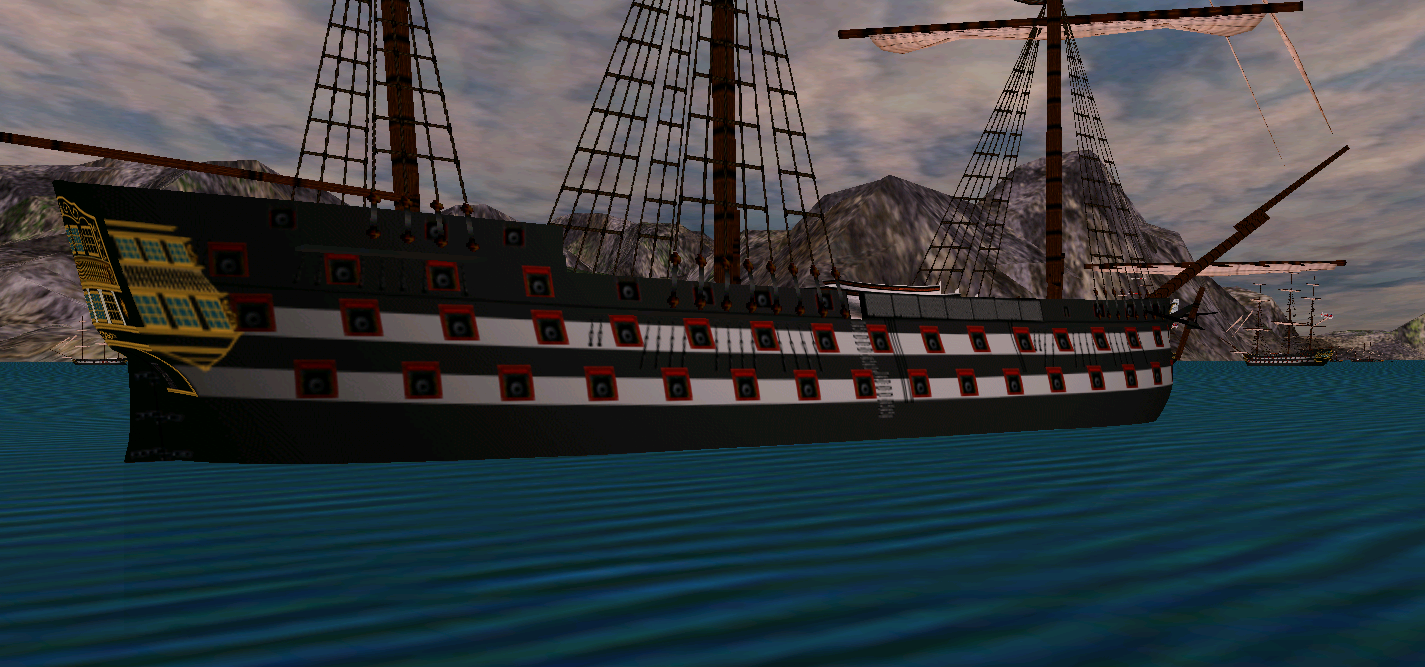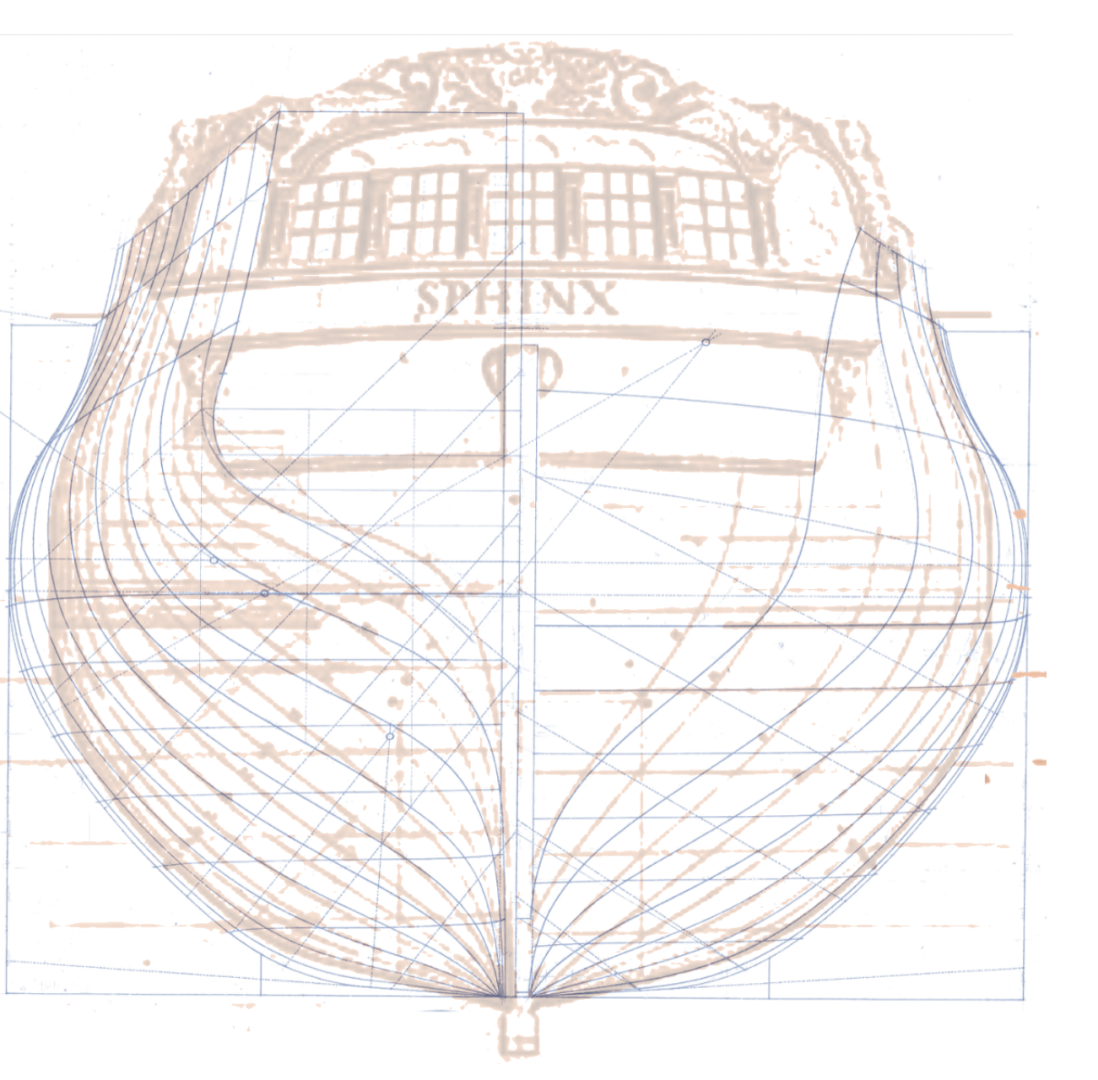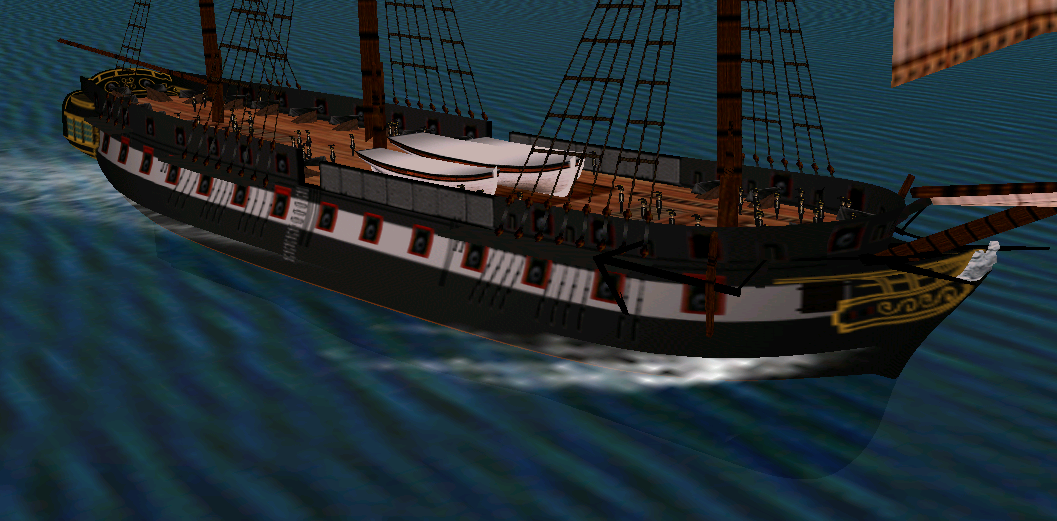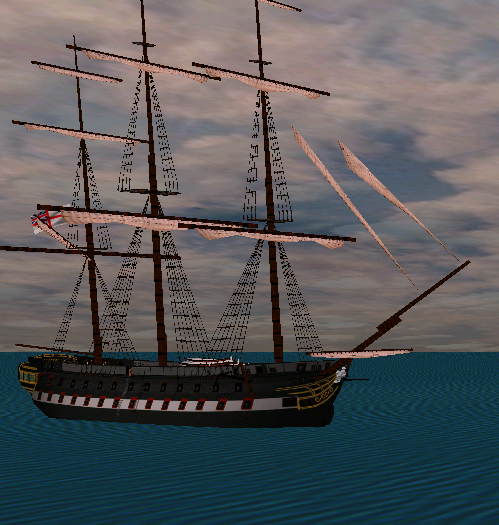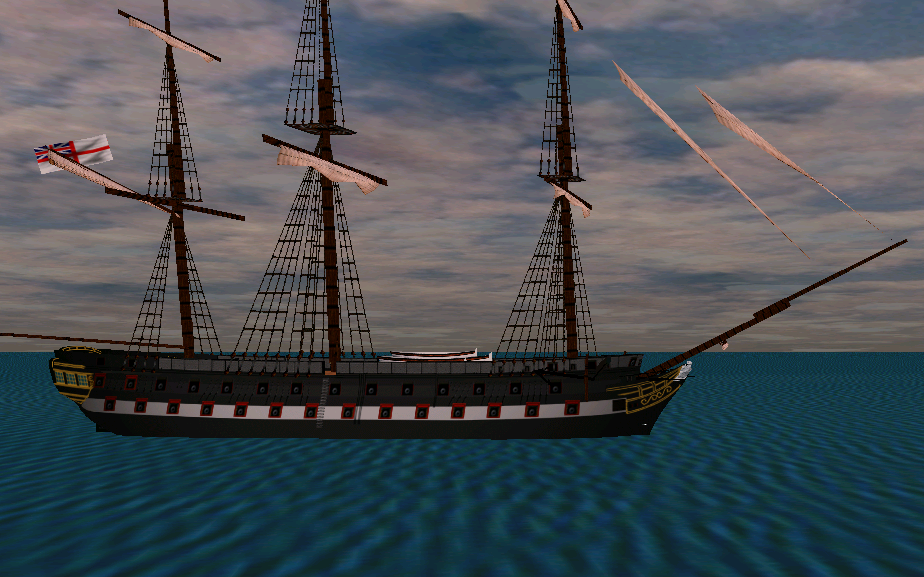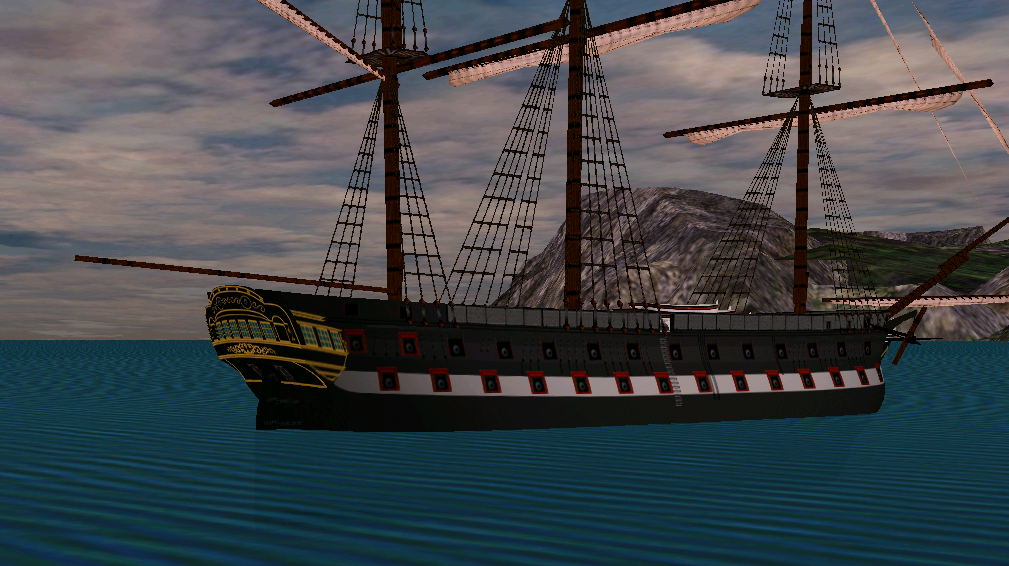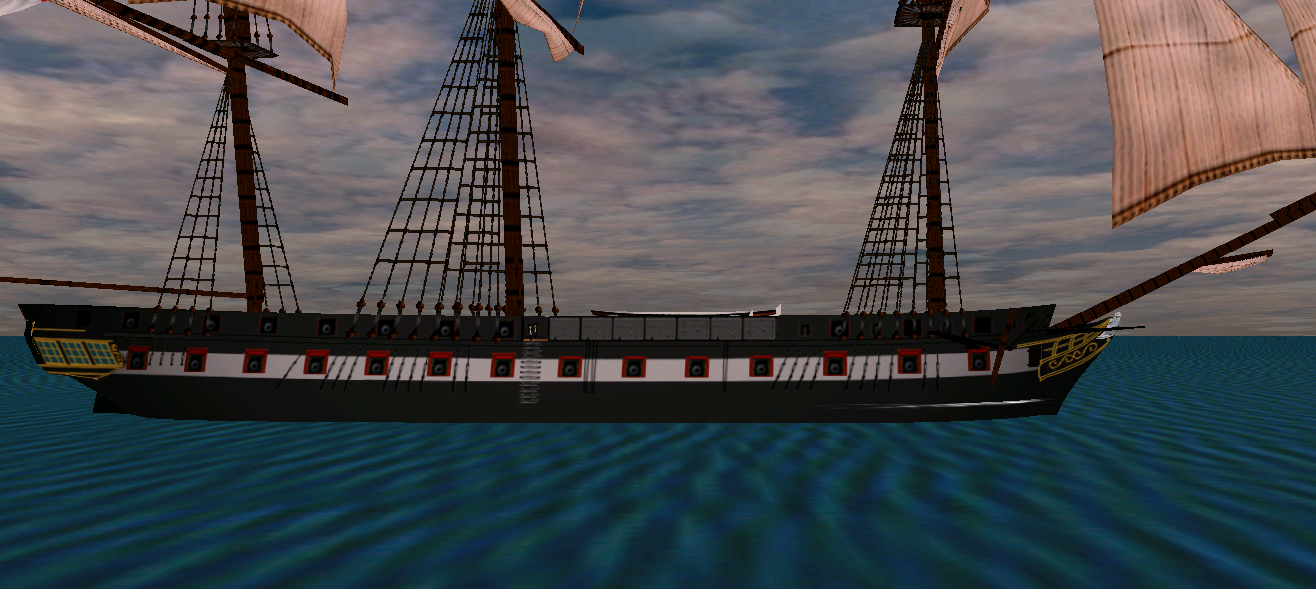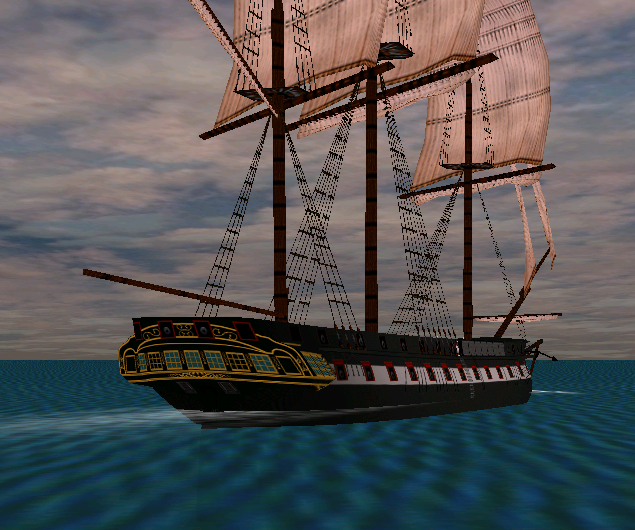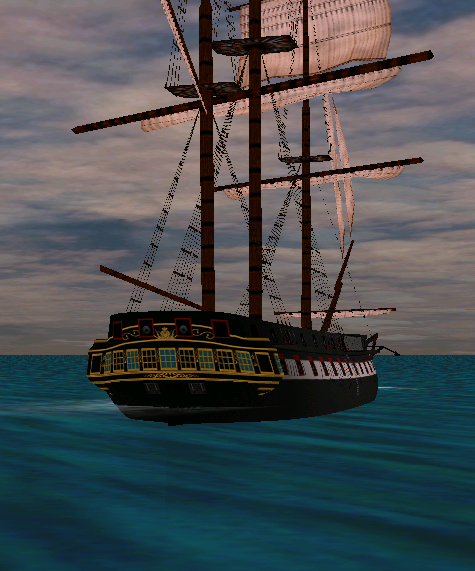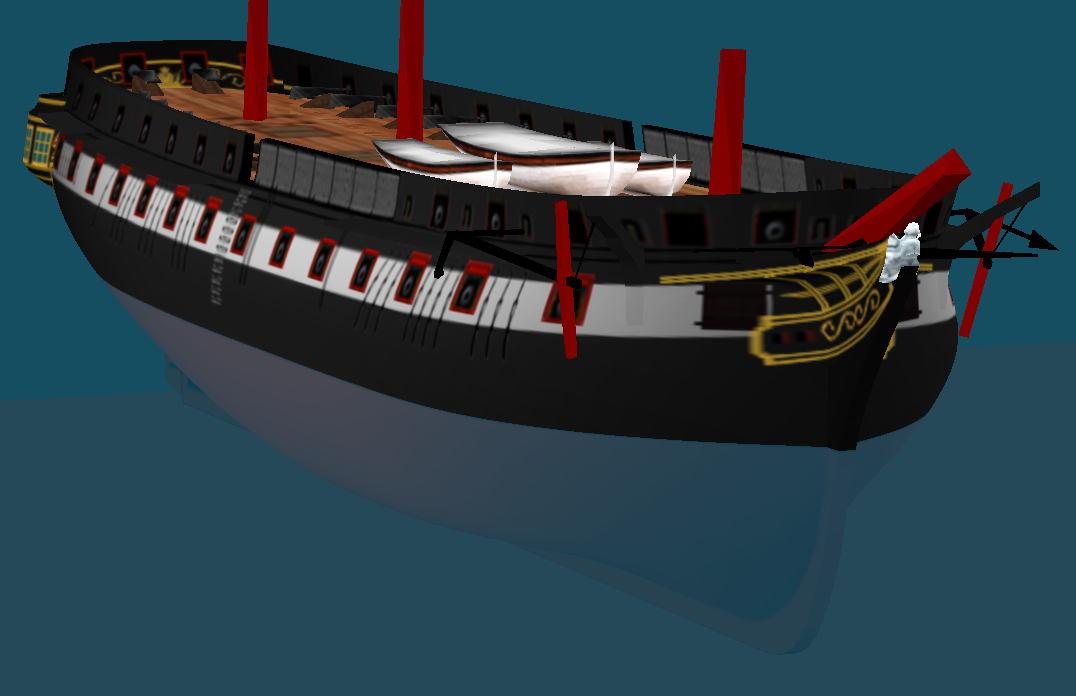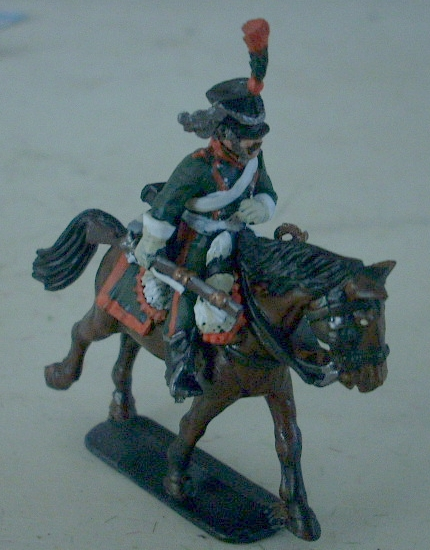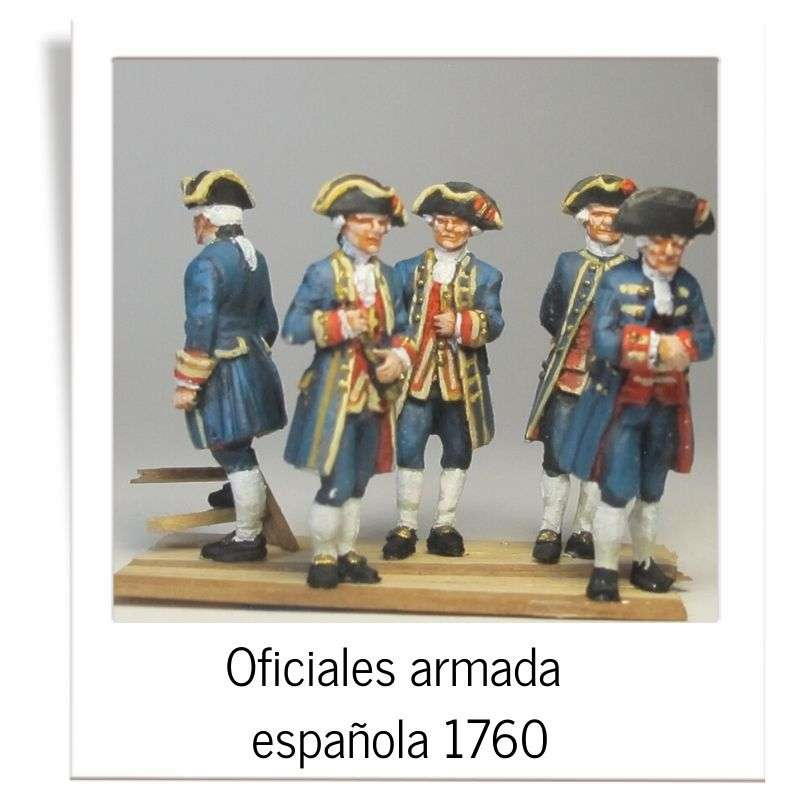-
Posts
981 -
Joined
Content Type
Profiles
Forums
Gallery
Events
Everything posted by Martes
-
Paviljoensjacht 1733 | Blender
Martes replied to Robska's topic in CAD and 3D Modelling/Drafting Plans with Software
@Waldemar works in Rhino, not Blender. It uses totally different geometrical principles (NURBS curves as opposed to vertices, edges and faces) and I am not sure the "planked" can be correctly exported to some form of blender-readable OBJ without requiring serious manual work to sort it out later. Your best hope, I think, is using solidify on the hull, separating it to two halves (fore/aft) and then making diagonal and vertical chiseled cuts with the model facing forward/aft and manually correcting the result. -
Cold War madness
Martes replied to Martes's topic in CAD and 3D Modelling/Drafting Plans with Software
As a background, my primary source for this experiment is an excellent book by D. K. Brown - Rebuilding the Royal Navy: Warship Design Since 1945, that provides the view inside the British design processes of the period. What I am trying to do is to apply those processes and reasoning using the Soviet inventory available to me in the game. -
Cold War madness
Martes replied to Martes's topic in CAD and 3D Modelling/Drafting Plans with Software
As a refining touch for the moment, I made the black stripe of anti-corrosion paint over the waterline identical for both cruisers (although to make it all less confusing the Kresta was demoted to destroyer, so it's Type 84 for Kara and Type 44 for Kresta), and got rid of rows of the purely Soviet lights in the sides of the ships, keeping them only on superstructure level. From operational standpoint, the Type 44 is a direct parallel of real-world Type 42, a ship built around a long-range air defense system, but with certain resemblance of Type 12 frigates I somehow like to imagine that in that reality the TV series Warship would have been filmed aboard several ships of this class. -
Cold War madness
Martes replied to Martes's topic in CAD and 3D Modelling/Drafting Plans with Software
A bit ironically, I must thank you for reminding me of the Kresta, at least the Kresta-2. Initially I thought I won't need two relatively similar ships, having already converted the Kara to a primary air-defense cruiser. Historically, in the USSR, the Kresta-2 (1134A) came before the Kara (1134B), and Kara contained all kinds of additional systems and improvements. But I am painting Britain, and a very special version of Britain at that, and the British logic dictates that having built several ships of the 1134B project, the Admiralty becomes acutely aware of the involved expenses and requires a smaller, more compact and economical variant, which cuts the close-range air defense and the towed array (because those are moved to the specialized ASW frigates) and results in smaller hull with much smaller crew. This closely mirrors the story of Bristol and Type 42 destroyers in real world, so in our version of Britain the Kresta-2, sorry, the Type 44 Air Defense Destroyer, will be built after the Type 84, and carry the same electronics, missiles, etc., sans the removed capabilities. I can imagine the discussions in stuffy London offices quite vividly, in that Sir Humphrey's drawl - "We are building modern and spacious frigates, whatever we need those enormous cruisers for? Can't we have something... smaller? Oh, and you can put the radar on the funnel and cut the length, why on earth haven't you said so before?" -
Cold War madness
Martes replied to Martes's topic in CAD and 3D Modelling/Drafting Plans with Software
The remaining aircraft from the carrier complement - P-42 AEW And the attack/electronic warfare aircraft based on Soviet Ko-45 project, which is remarkably reminiscent of one of the real planes planned for CVA-01, which makes the whole thing even more funny: -
Cold War madness
Martes replied to Martes's topic in CAD and 3D Modelling/Drafting Plans with Software
That's nearly not all. The game, you see, is also prone to alternative reality (which considerably eases my conscience), and it includes a projected Soviet conventional carrier - the Project 1160, full with specialized aircraft, which are also based on unrealized projects. So, in our Britain that's what we have for CVA-01, which (for now) carries the Mig-23A (localized as Hawker-Siddeley Harpy), and P-42 (localized as Hawker-Siddeley Angler) anti-submarine plane (there is an AEW version, I just didn't finish repainting her yet), a specialized attack aircraft that is somewhat close to HS.125 (also not yet finished) in military configuration, and Ka-27, which now bears the name of Westland Kingfisher. And P-42 (localized as Hawker-Siddeley Darter) anti-submarine plane -
Disclaimer This is not something serious, I just found another computer game to tinker with. The models are not mine - it is very difficult to change the models except replacing parts like radars or turrets (while it's technically possible to edit the meshes, it requires enormous amount of effort so I won't do that for now certainly), but at least I can repaint them and change various settings, so it is more akin to plastic modelling with decals and paint. The game in question is called Sea Power, it had been recently released as Early Access and it allows to play with various Cold War scenarios. The number of the models the game is released with is relatively limited, and there are no British ships yet. But I wanted some. It took some time, but I finally figured out how to force the game to load textures from external files, so lo and behold, the Royal Navy of Socialist Britain. The British design school of the 70-80's is, in fact, closer to Soviet than US, and simply repainting the Kara (1134b) gives a quite close impression of actually projected circa 1985 Type 43 destroyer. And that gave me a start. Imagine a Britain that ended up in the Warsaw Pact, apply the Russian reversal (in Soviet Britain the Navy economizes on you), and use Soviet projects as base, because there are no other models in the game. So 1134b becomes Type 84 cruiser (as follow up for Type 82 Bristol), 1155 (Udaloy) - Type 24 frigate, and Kiev replaces Invincible on steroids. Harrier is still there (but uses Soviet weapons), but instead of Sea Kings there are now Ka-27s. I used indexes that do not intersect with real ships in order to incorporate them later, when they, as the authors promise, will be released. In short, it's something between a dream and a nightmare for a British admiral - you get what you want, under certain conditions. Alas, it's all so niche I can't expect anybody to understand the enormous amount of joy I get from this, but I do want to share at least the visual part. Don't judge too harshly.
-
Paviljoensjacht 1733 | Blender
Martes replied to Robska's topic in CAD and 3D Modelling/Drafting Plans with Software
@Robska, that's Solidify Modifier in Blender: https://docs.blender.org/manual/en/latest/modeling/modifiers/generate/solidify.html https://docs.blender.org/manual/en/latest/modeling/meshes/editing/face/solidify_faces.html -
Paviljoensjacht 1733 | Blender
Martes replied to Robska's topic in CAD and 3D Modelling/Drafting Plans with Software
NURBS to OBJ sometimes produces strange artifacts, especially during triangulation. Note that the quads you see in Blender are actually pairs of invisible triangles, that may (or may not) change when you rotate the model. This can cause visual artifacts when the quads are relatively large, because Blender has an annoying habit to triangulate the quads the wrong way each time. -
Iberian (Basque) Atlantic Whaler ca. 1550 — as, dos, tres…
Martes replied to Waldemar's topic in Nautical/Naval History
Extremely sleek and elegant hull form, even accounting for a very deep flat tuck. In a design sense she is a small carrack? -
I may be mistaken, the superimposition is very rough, but: With a difference of .7m it seems that you can get the Christiania tumblehome without cutting the original upper works, just extending the sides under the gun deck either by over planking or changing the frame shape.
- 111 replies
-
- Christiania
- Vanguard Models
-
(and 1 more)
Tagged with:
-
Oh, yes, the hull is decidedly French in style, and it would be very interesting to see how you are going to change the bulkheads.
- 111 replies
-
- Christiania
- Vanguard Models
-
(and 1 more)
Tagged with:
-
I think many quite underestimate the state of the market of miniature figures. And those things do set certain expectations. (wargaming enthusiasts can discern specific regiments by eye at this scale and manufacturers know this) This means there is a certain industry standard. Just a couple of examples from image search - in 1/58 (28mm) scale:
About us
Modelshipworld - Advancing Ship Modeling through Research
SSL Secured
Your security is important for us so this Website is SSL-Secured
NRG Mailing Address
Nautical Research Guild
237 South Lincoln Street
Westmont IL, 60559-1917
Model Ship World ® and the MSW logo are Registered Trademarks, and belong to the Nautical Research Guild (United States Patent and Trademark Office: No. 6,929,264 & No. 6,929,274, registered Dec. 20, 2022)
Helpful Links
About the NRG
If you enjoy building ship models that are historically accurate as well as beautiful, then The Nautical Research Guild (NRG) is just right for you.
The Guild is a non-profit educational organization whose mission is to “Advance Ship Modeling Through Research”. We provide support to our members in their efforts to raise the quality of their model ships.
The Nautical Research Guild has published our world-renowned quarterly magazine, The Nautical Research Journal, since 1955. The pages of the Journal are full of articles by accomplished ship modelers who show you how they create those exquisite details on their models, and by maritime historians who show you the correct details to build. The Journal is available in both print and digital editions. Go to the NRG web site (www.thenrg.org) to download a complimentary digital copy of the Journal. The NRG also publishes plan sets, books and compilations of back issues of the Journal and the former Ships in Scale and Model Ship Builder magazines.



